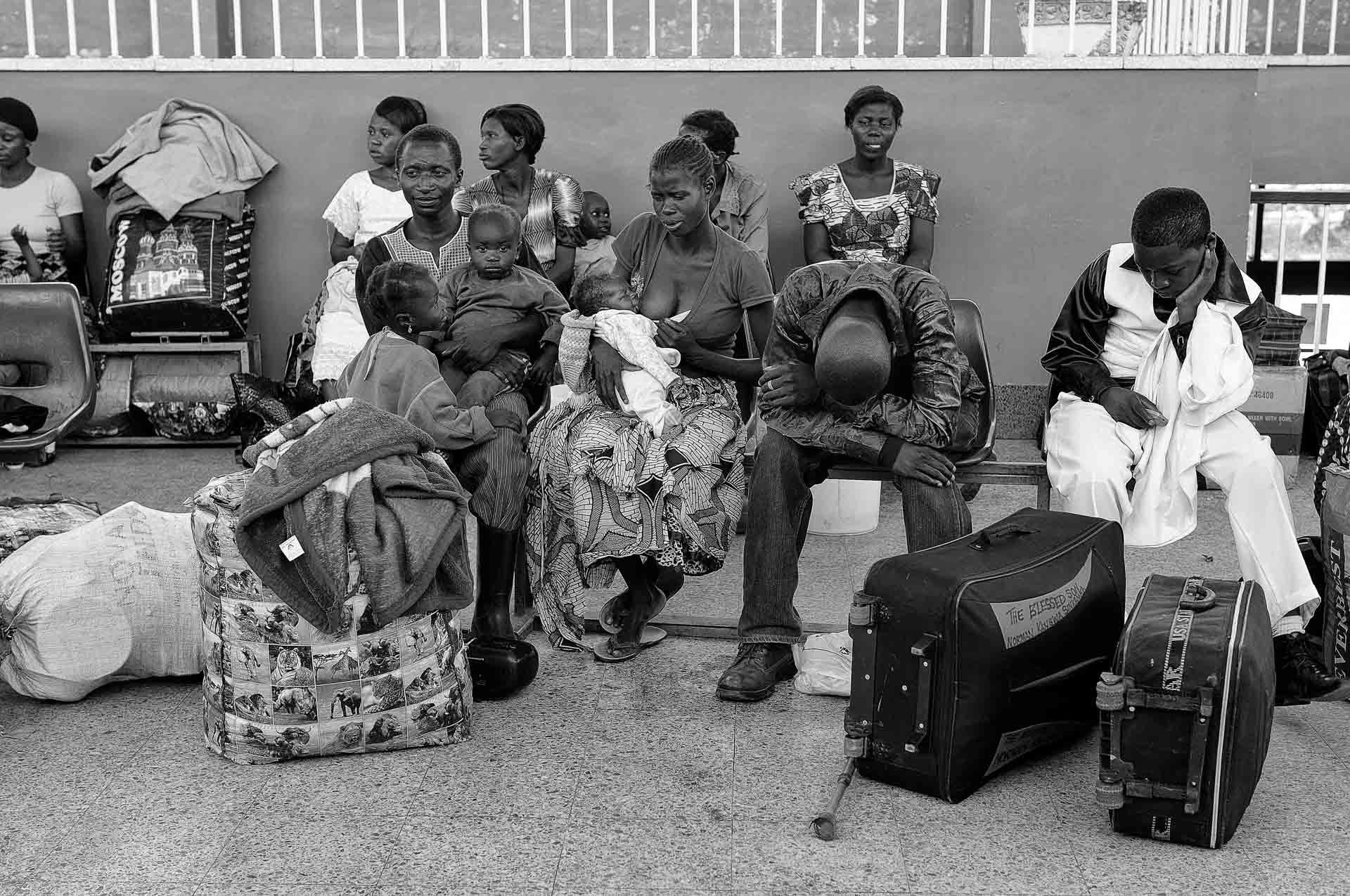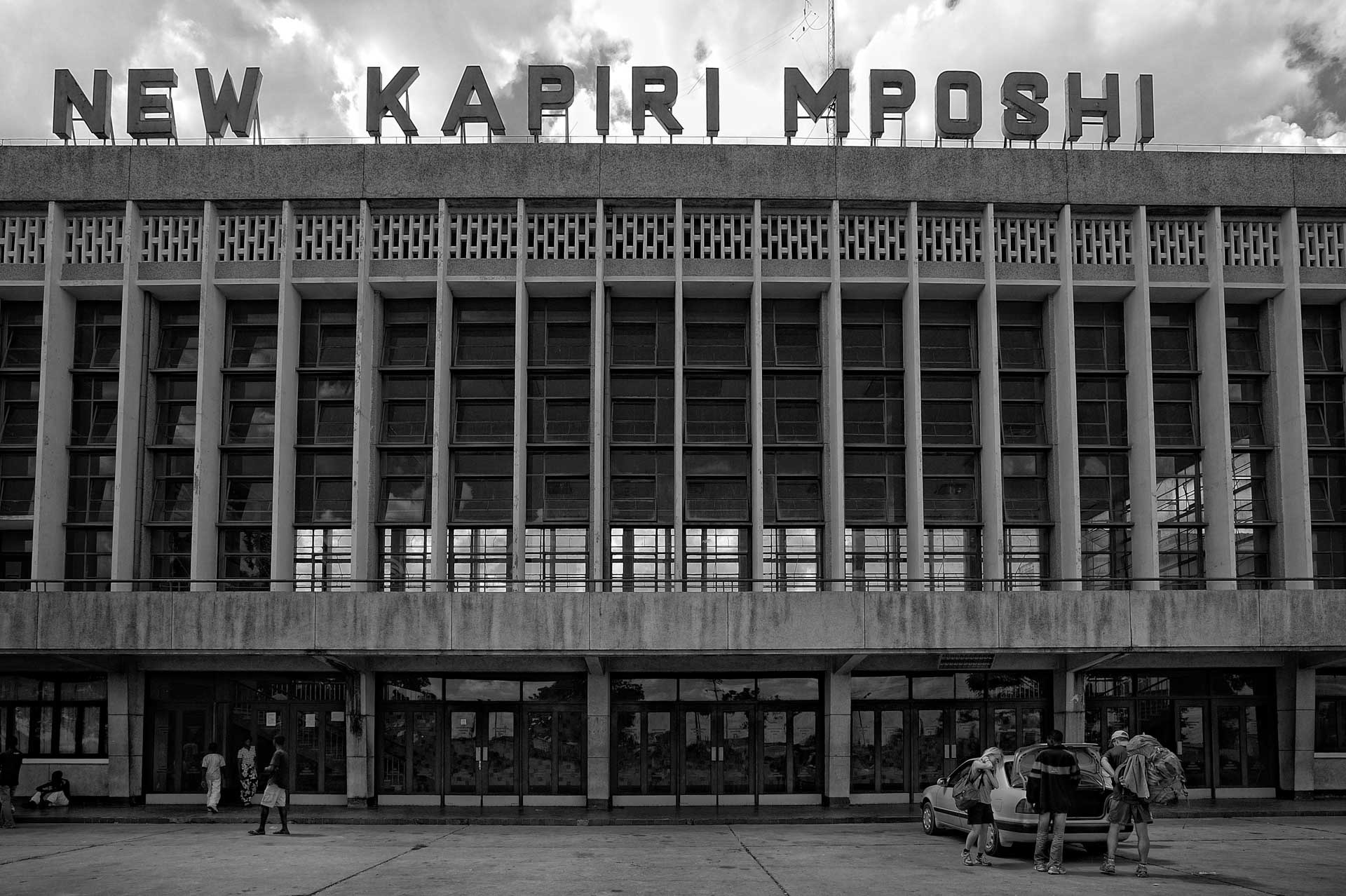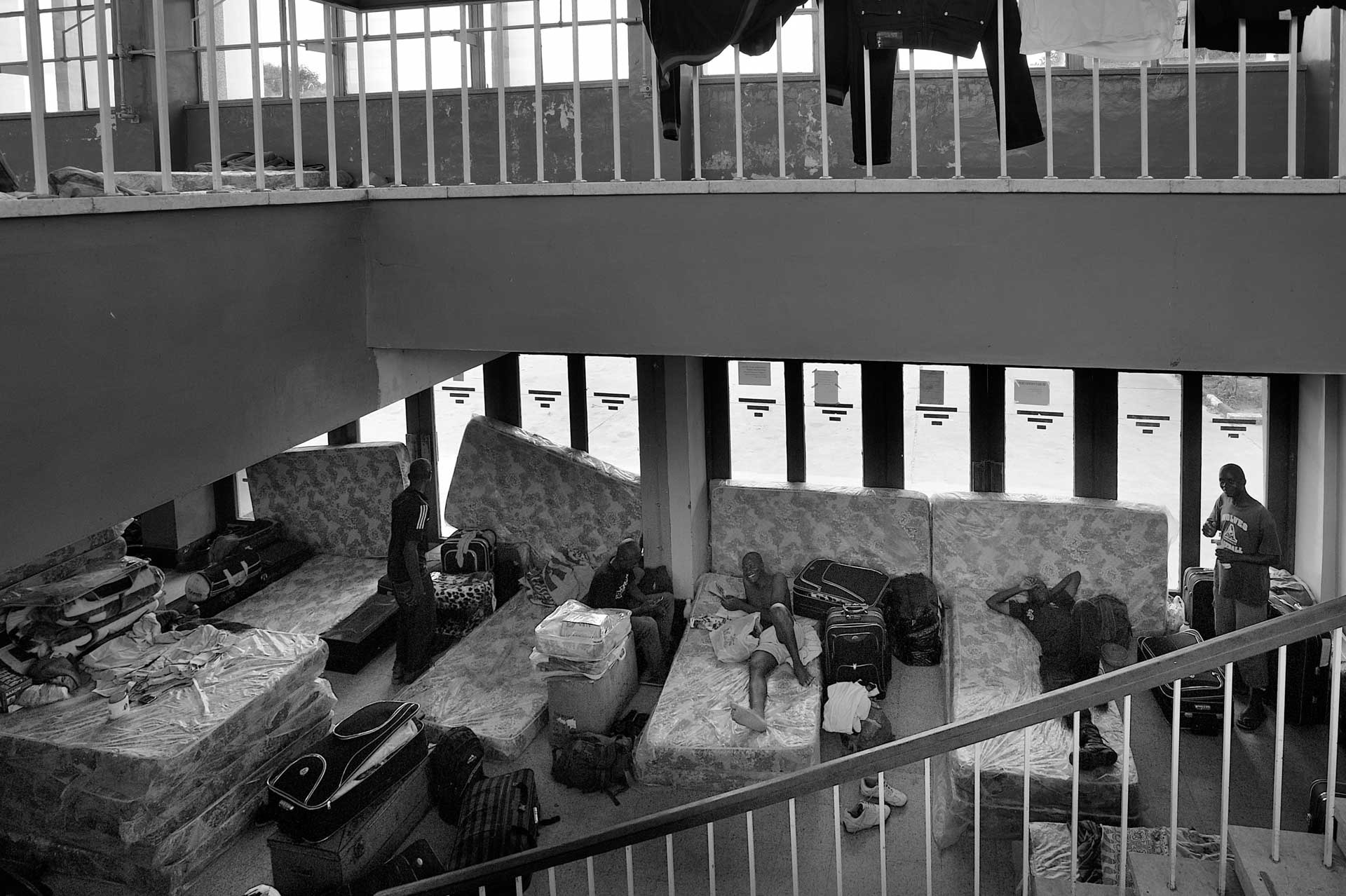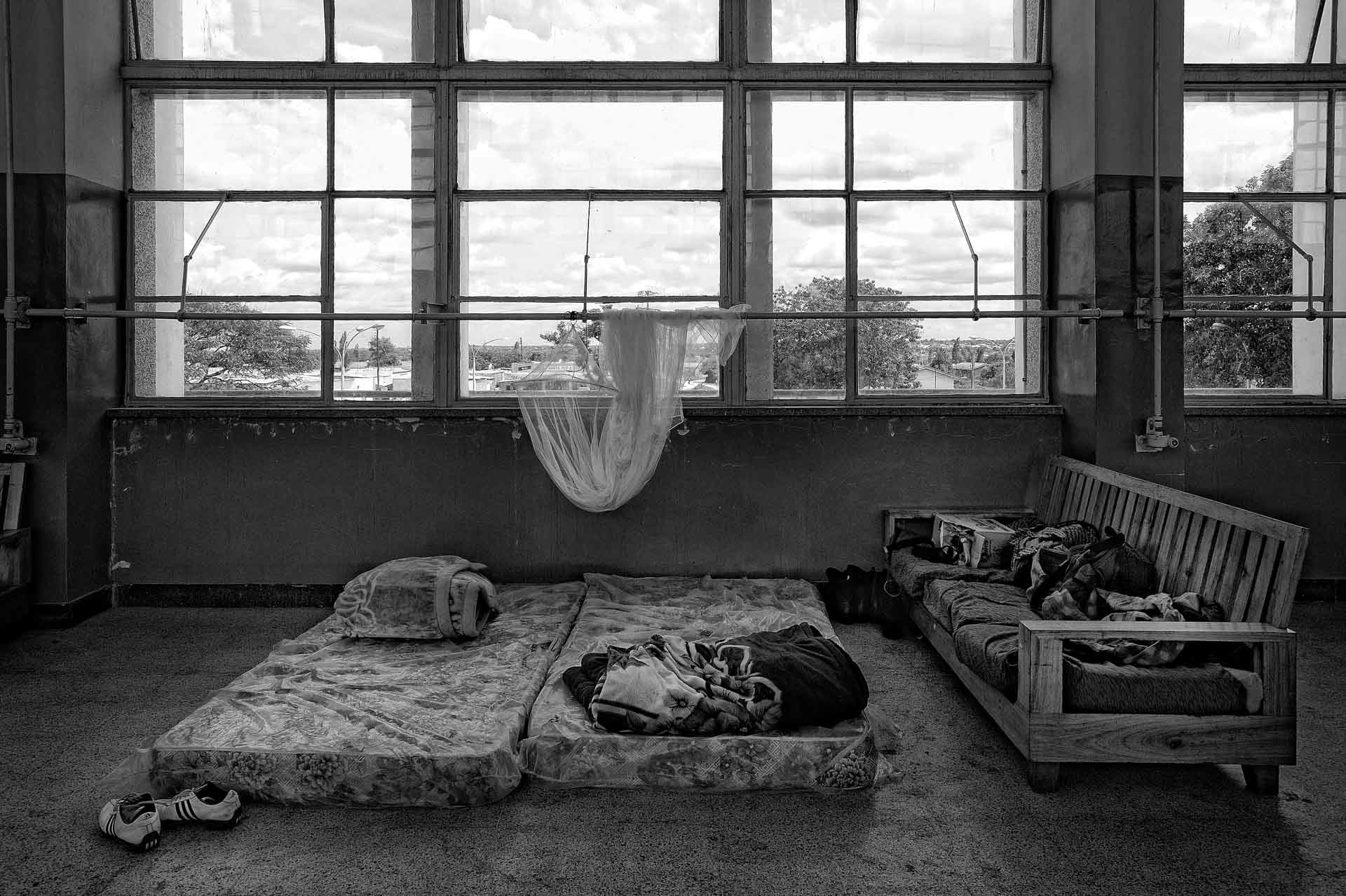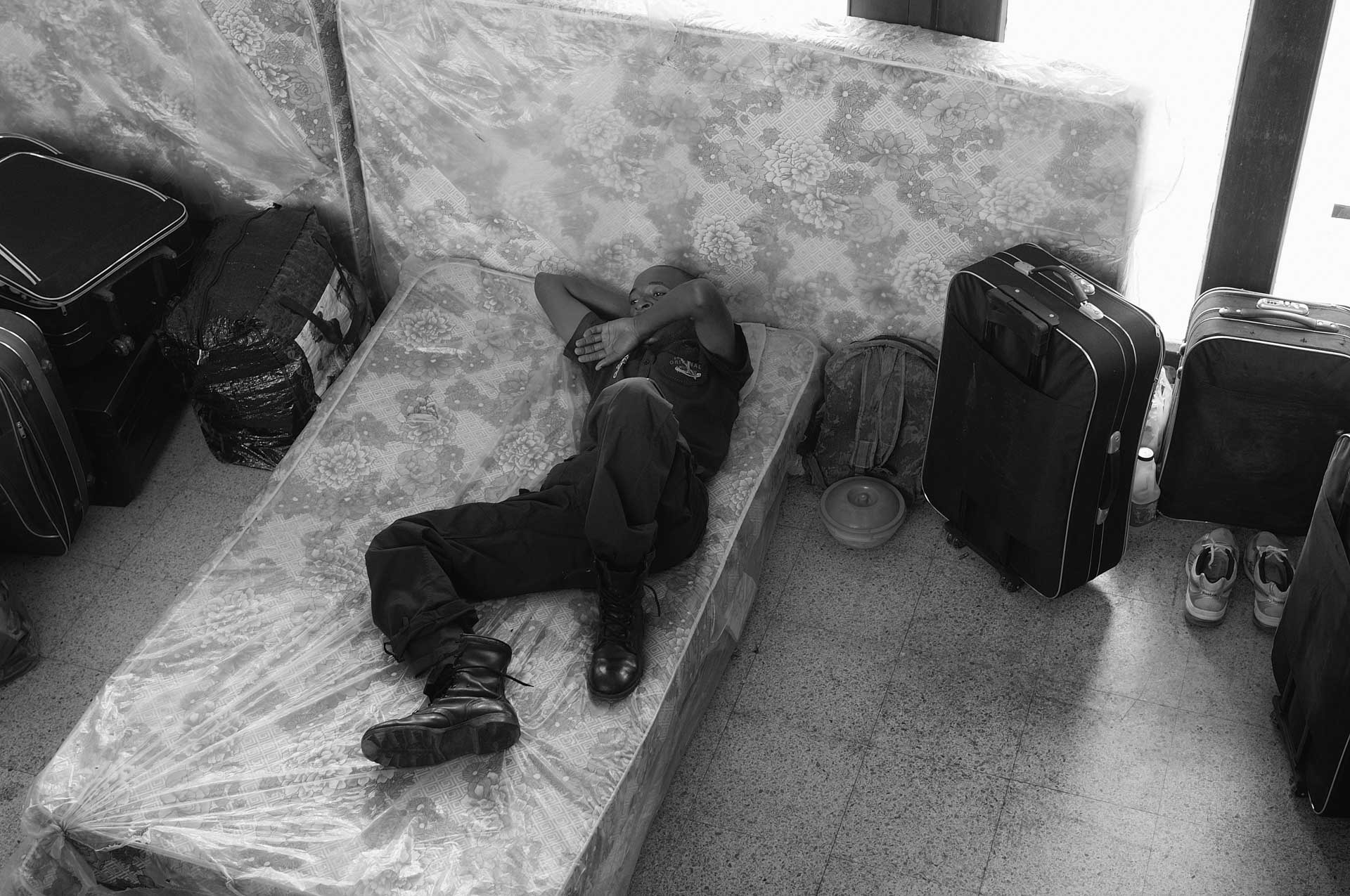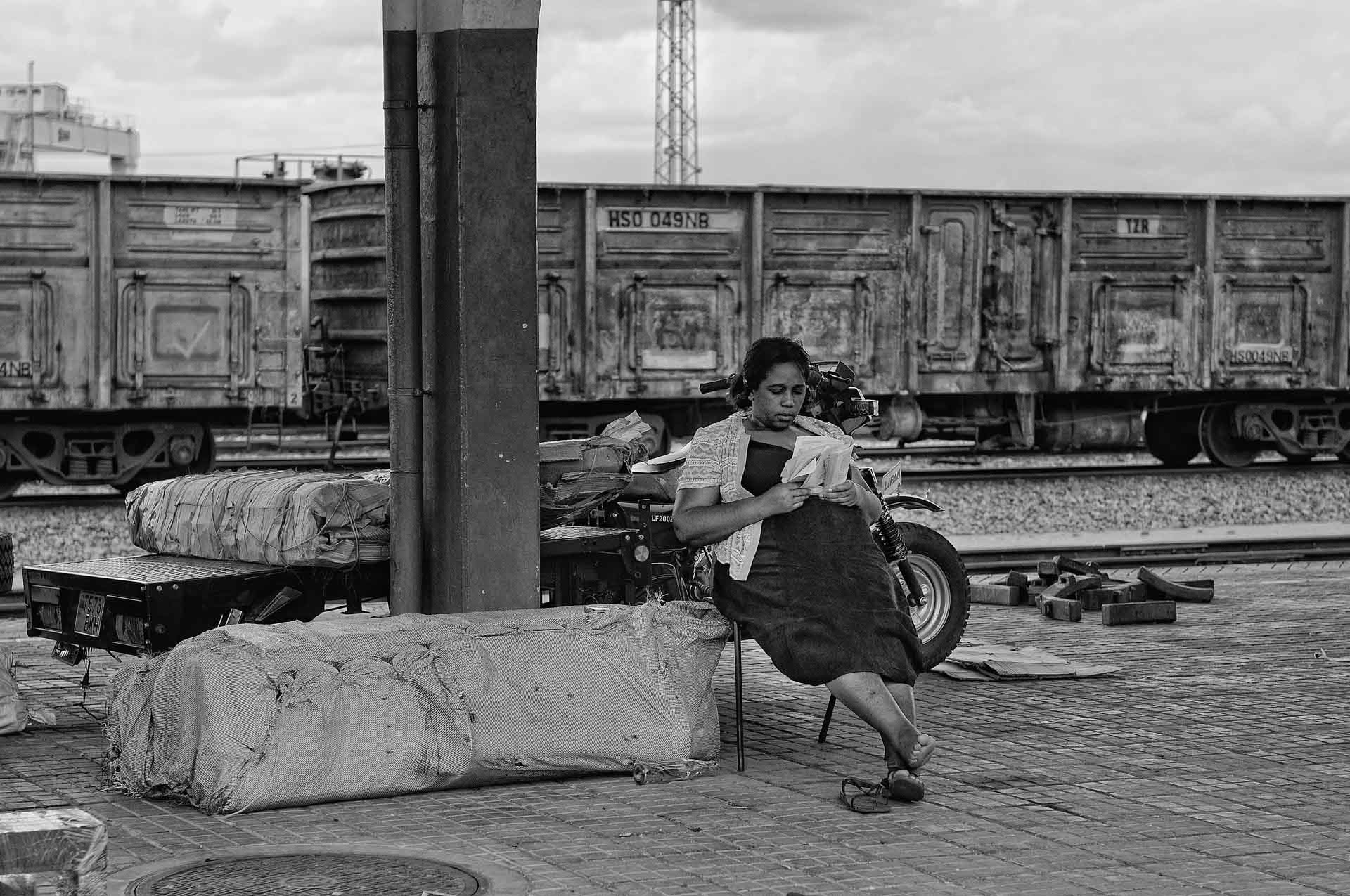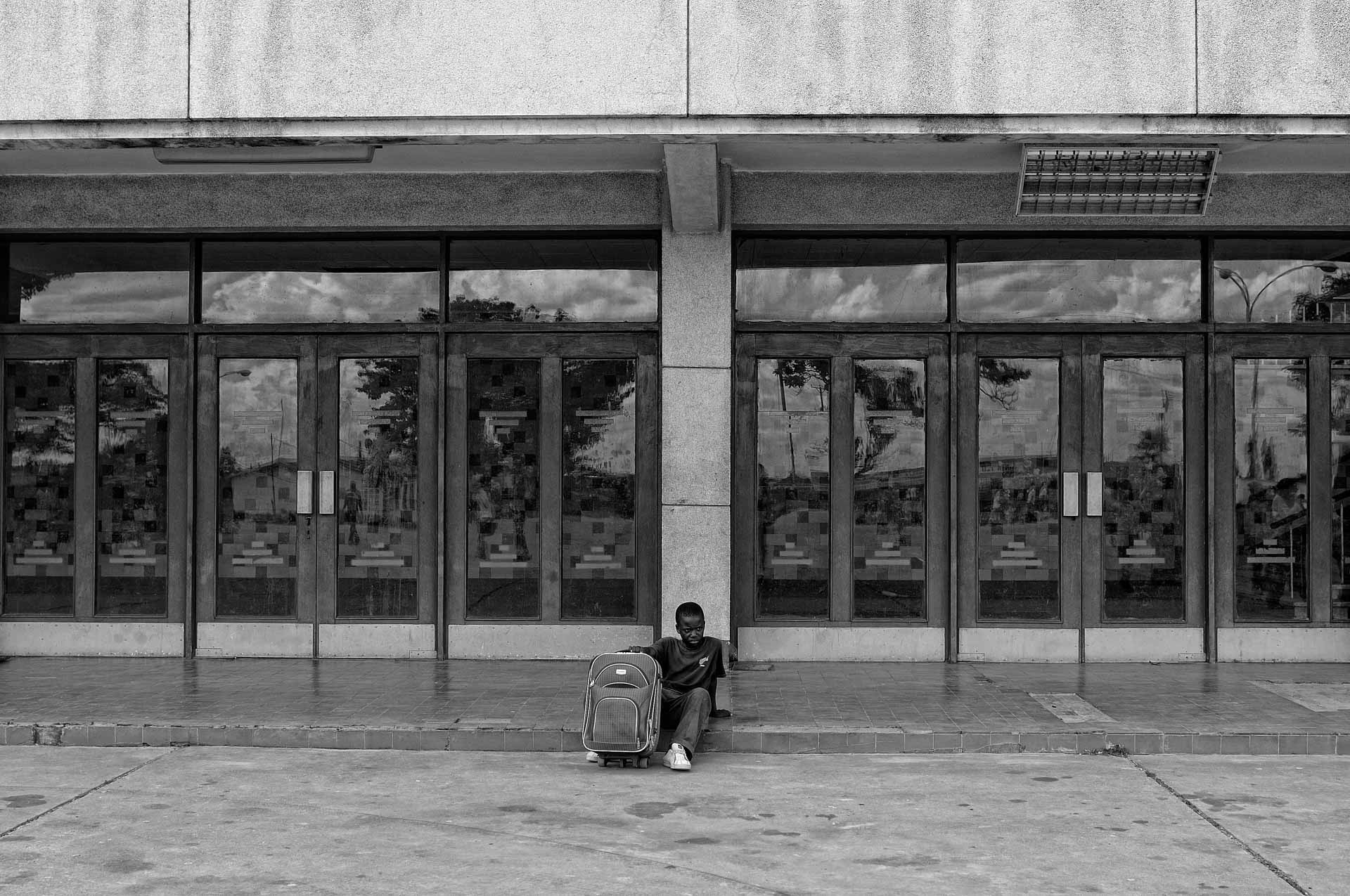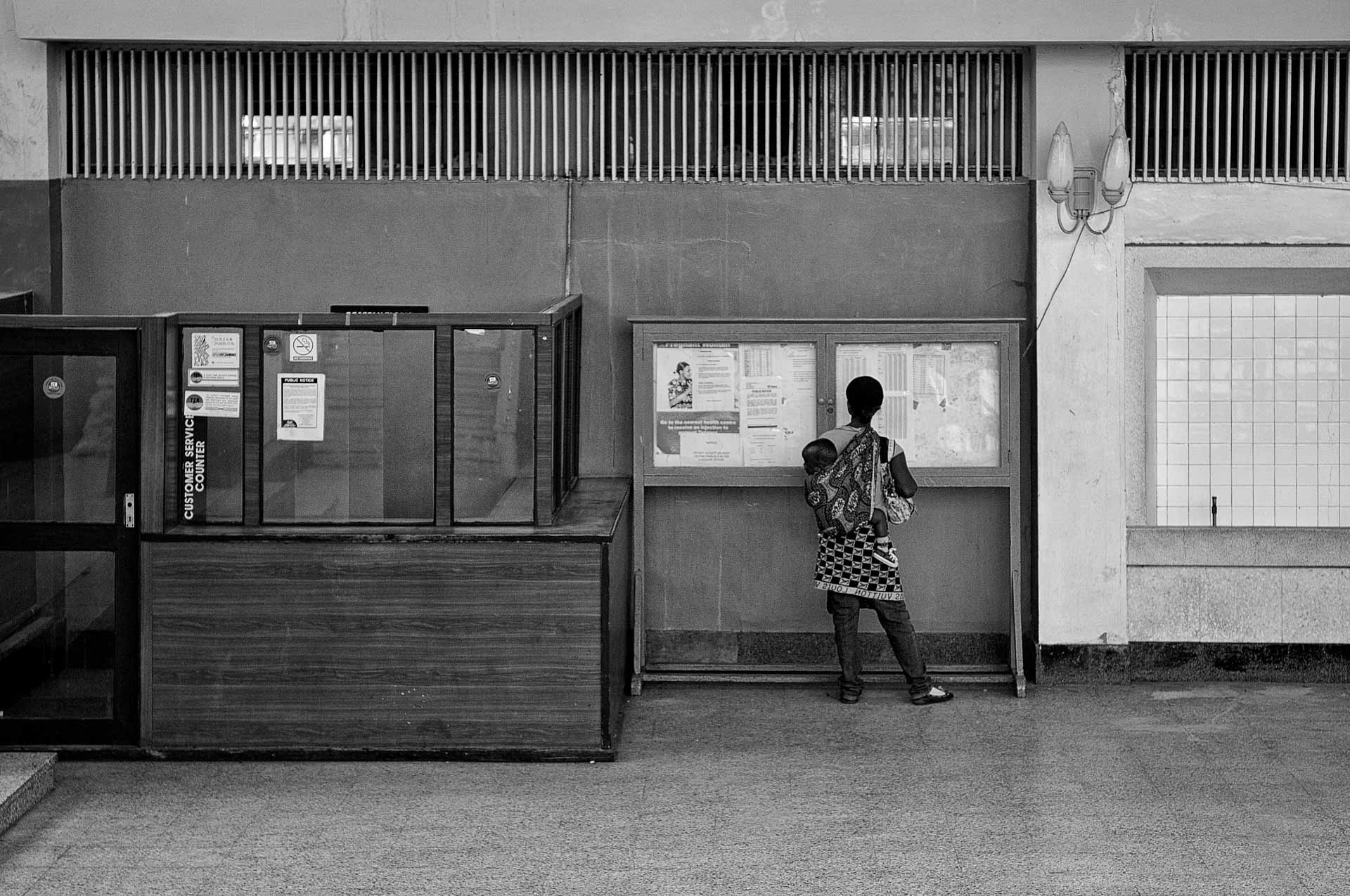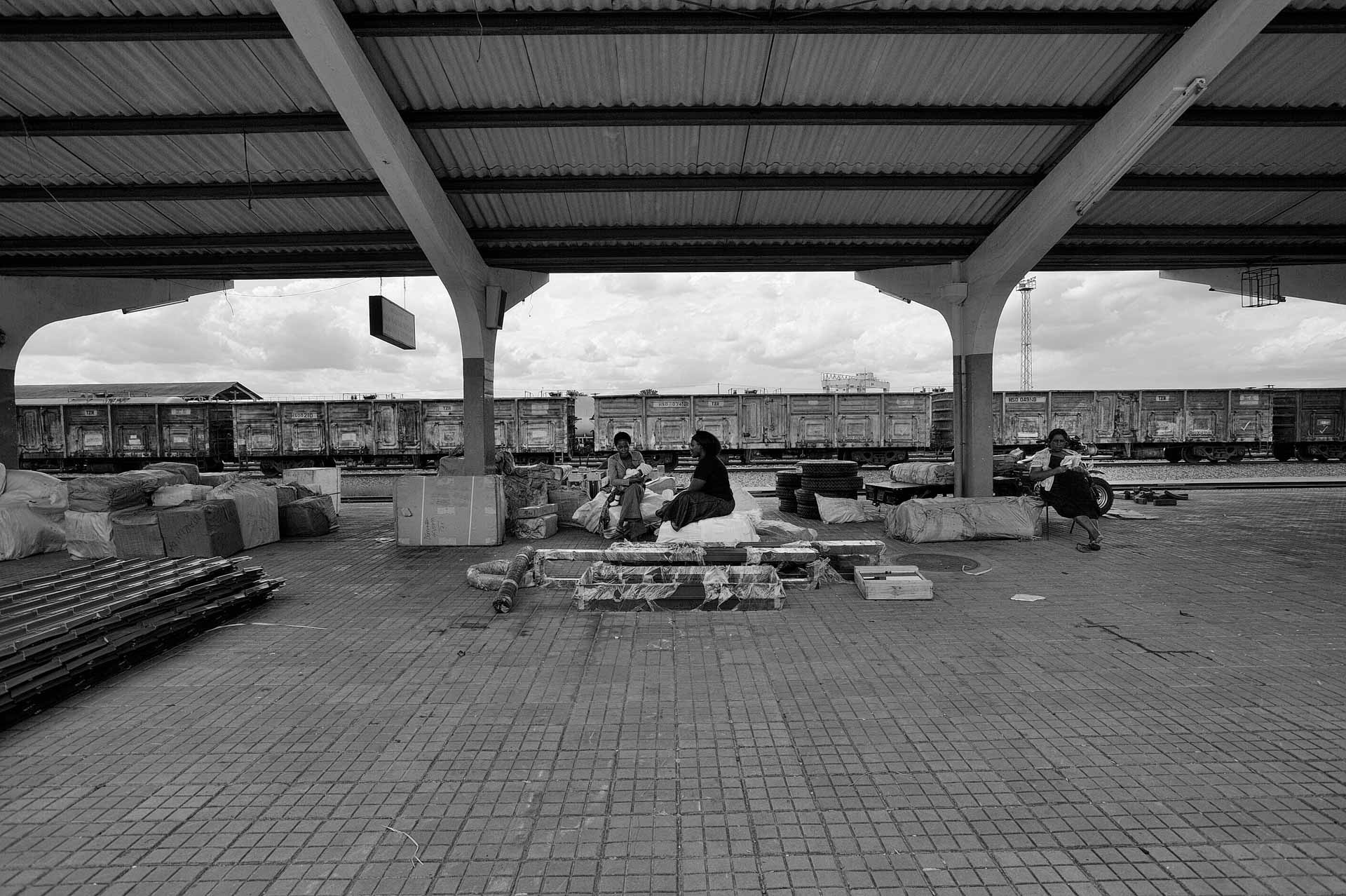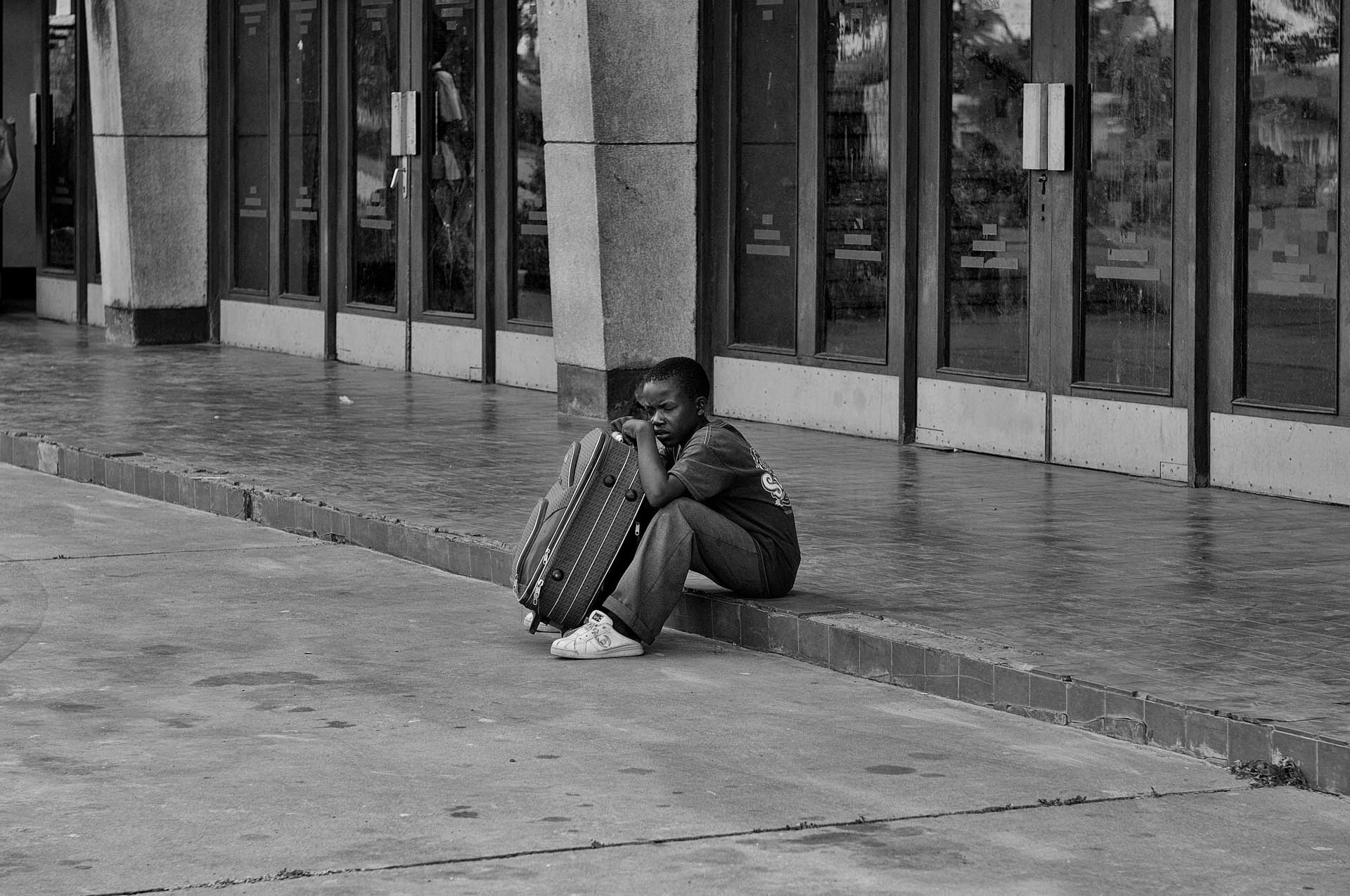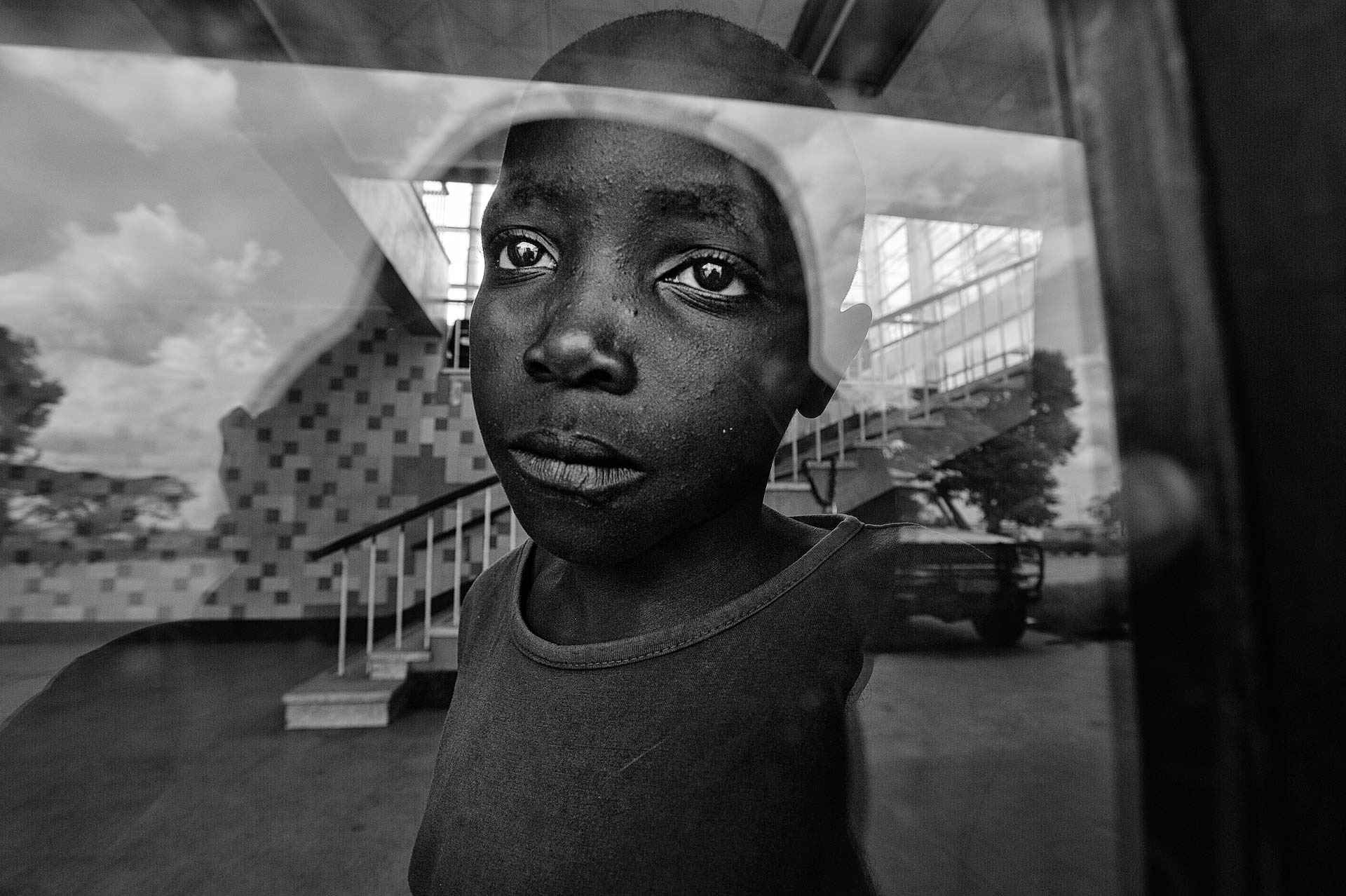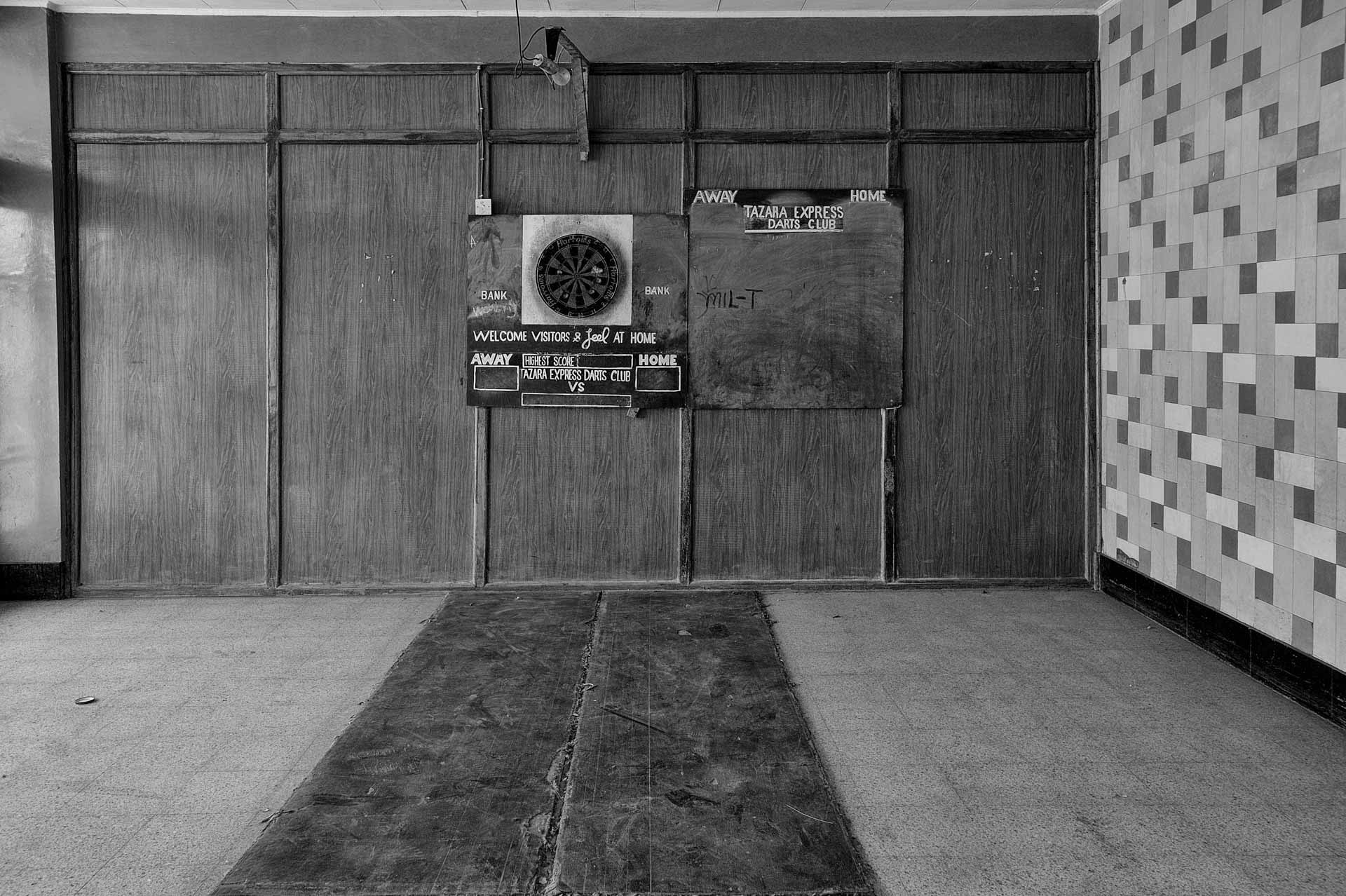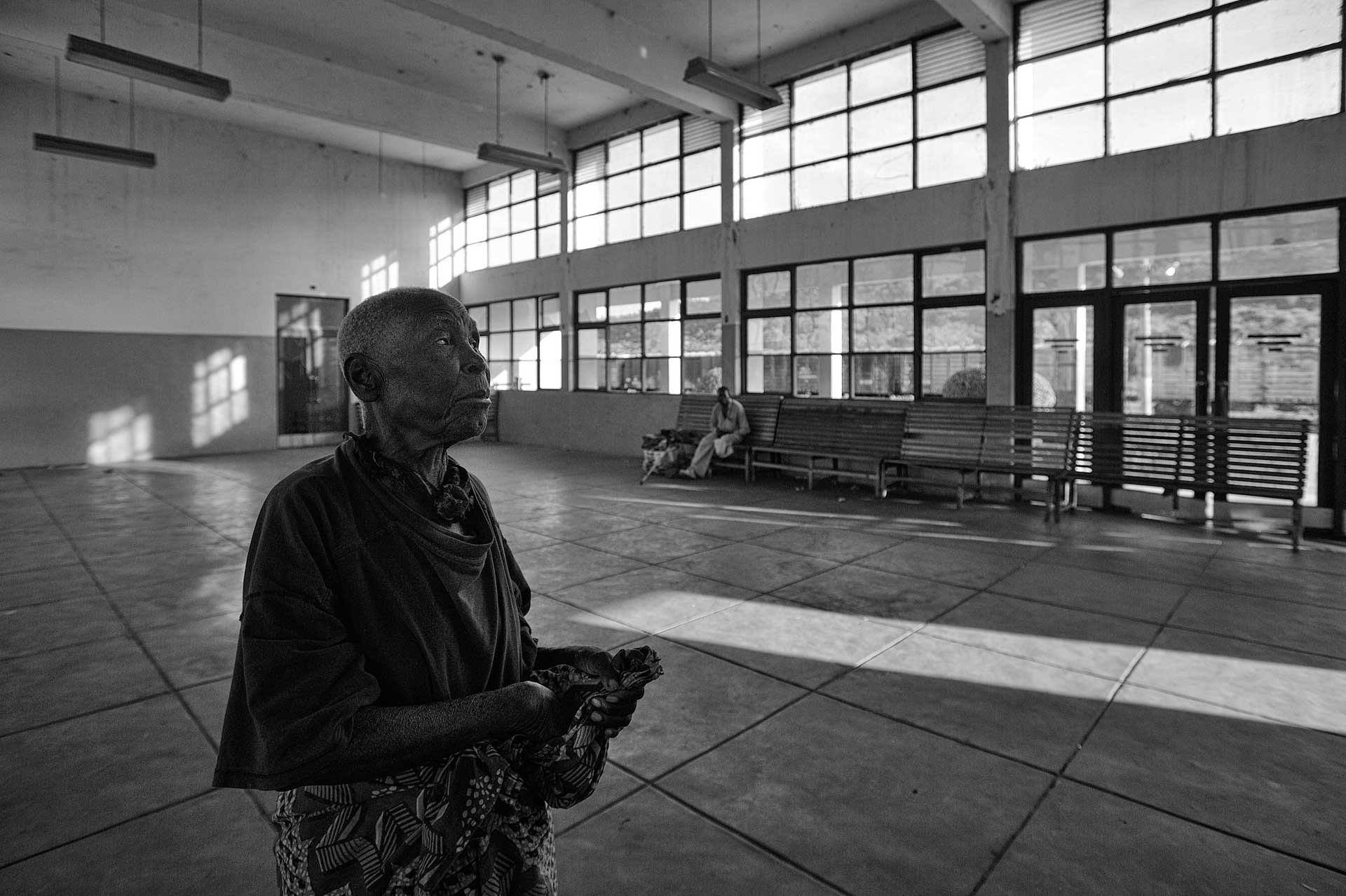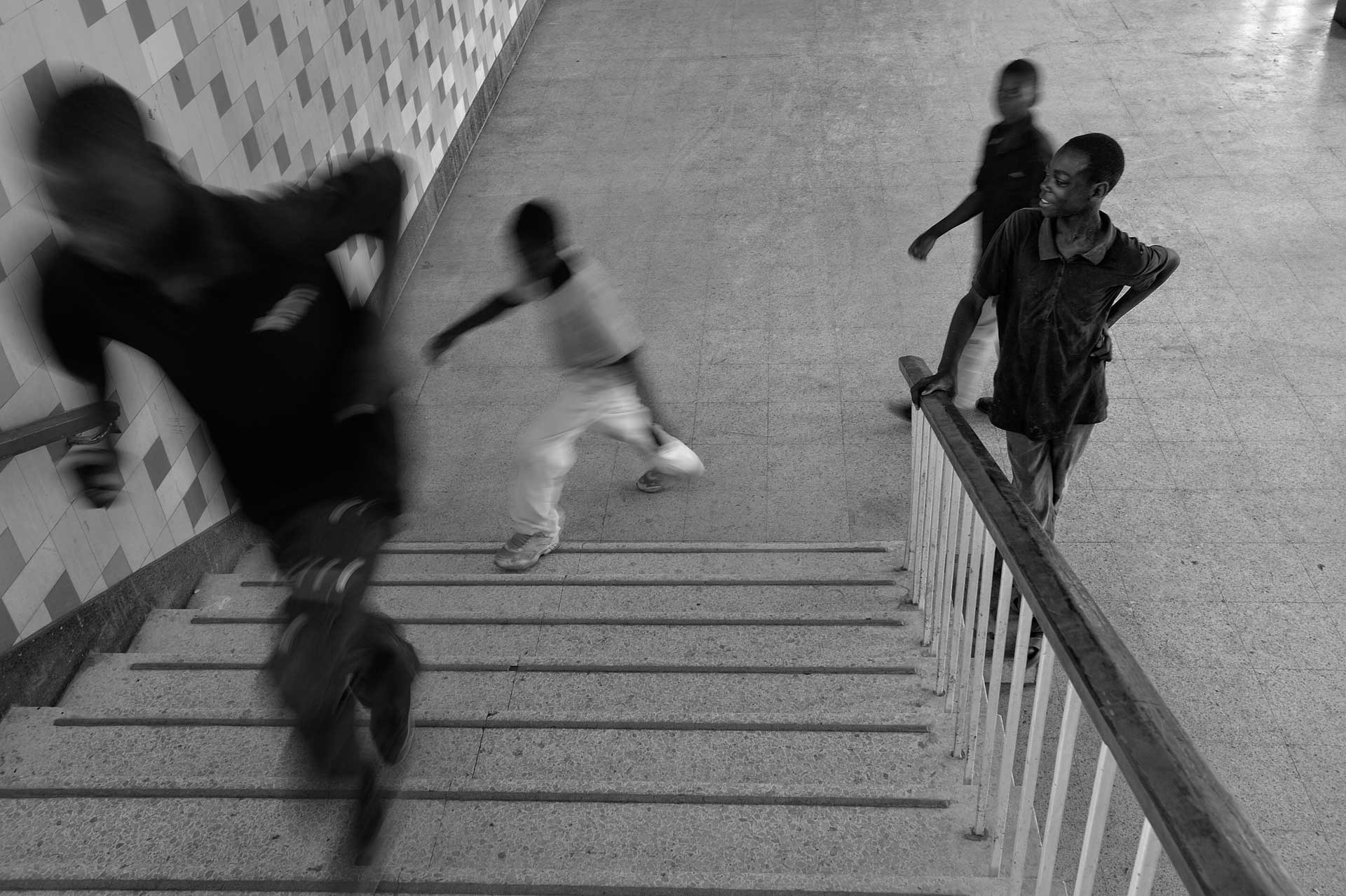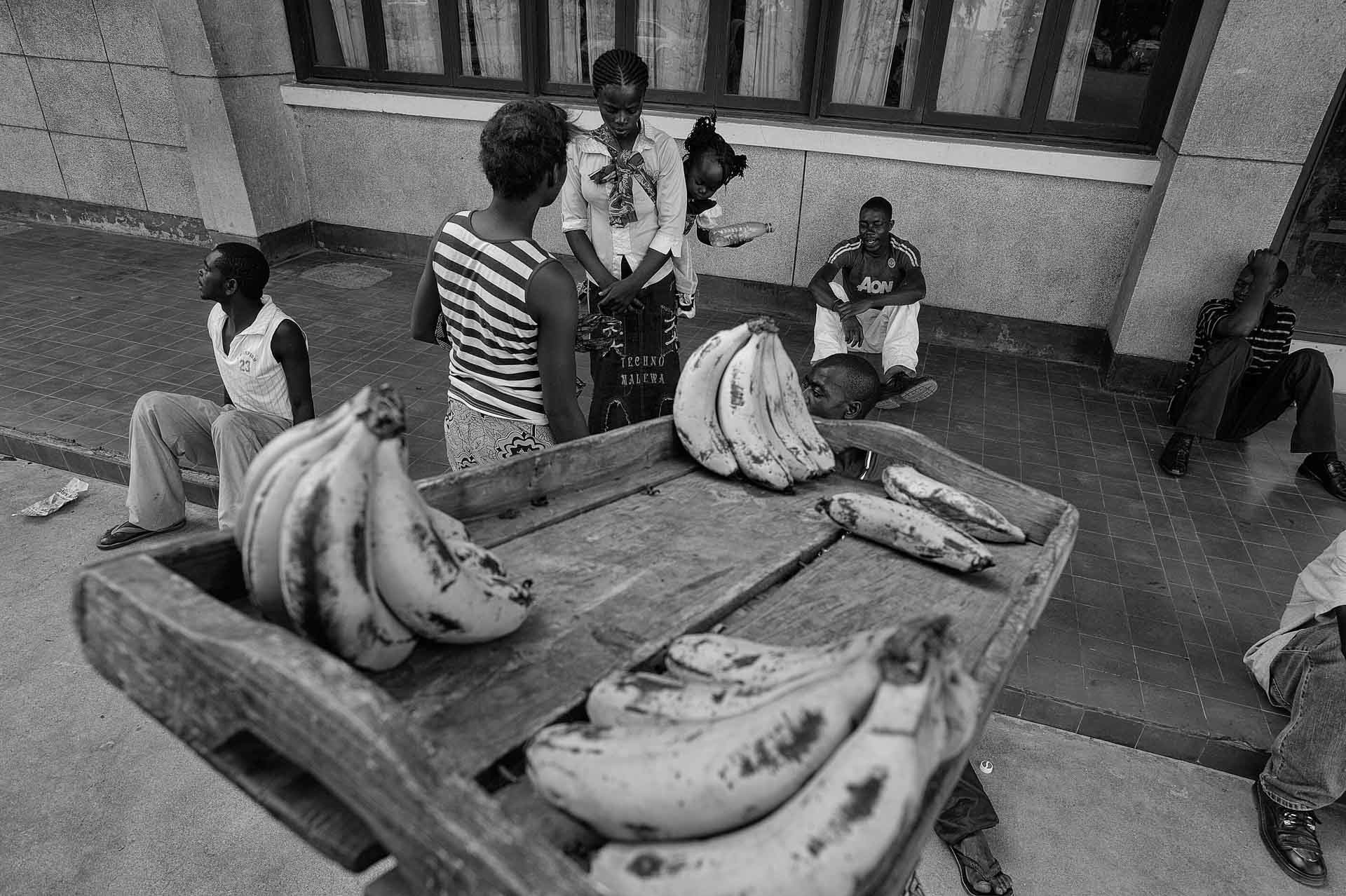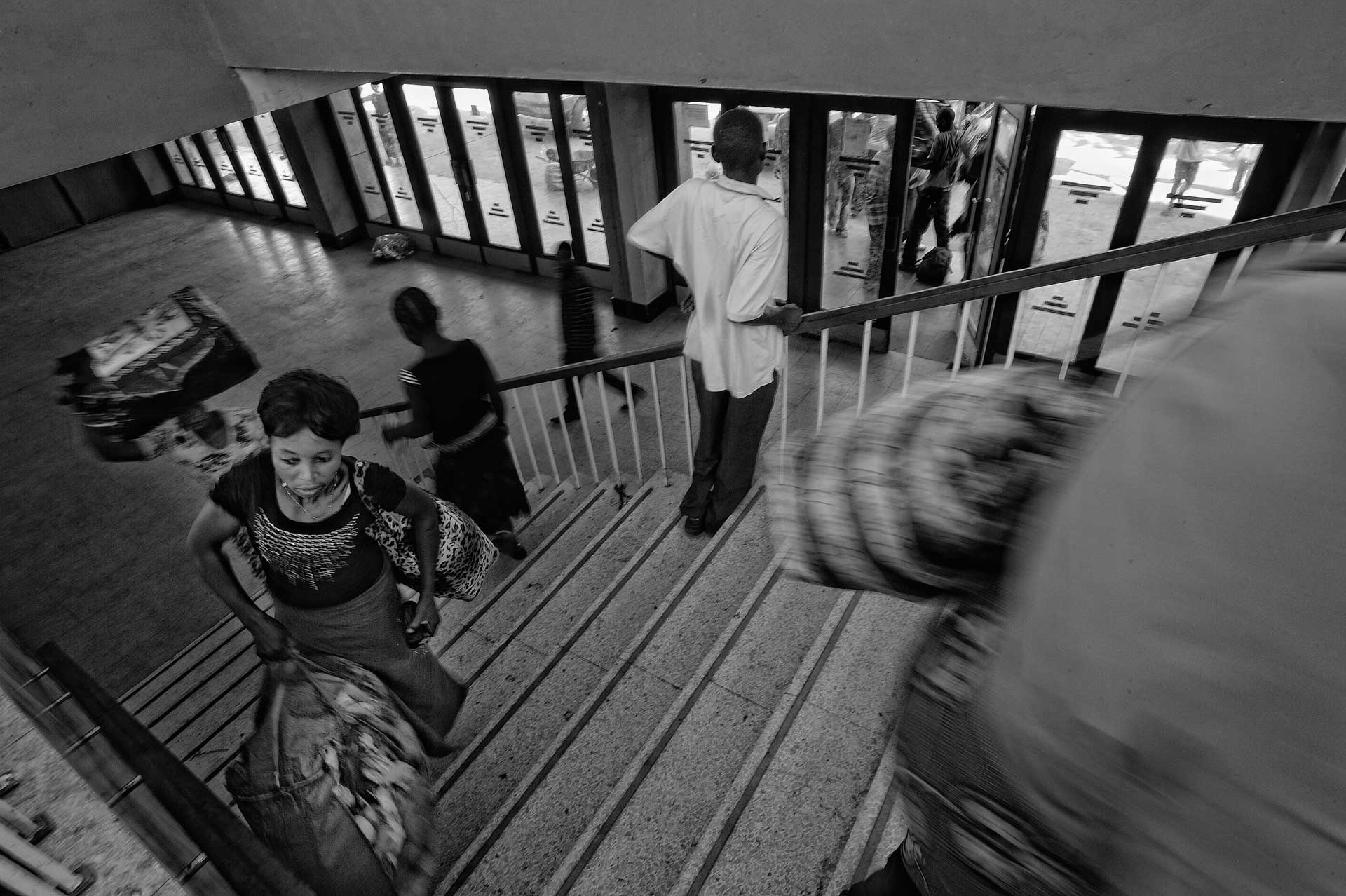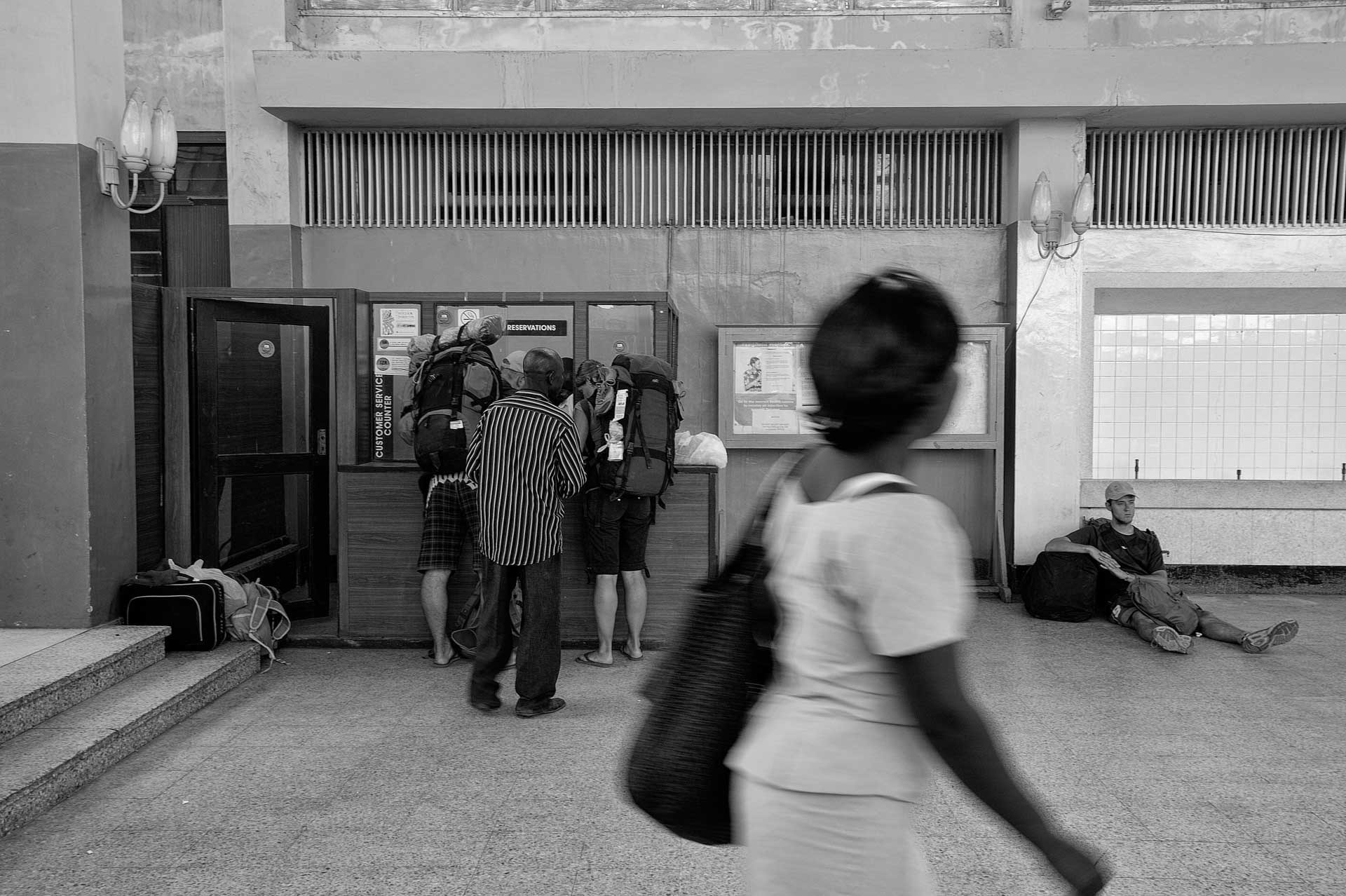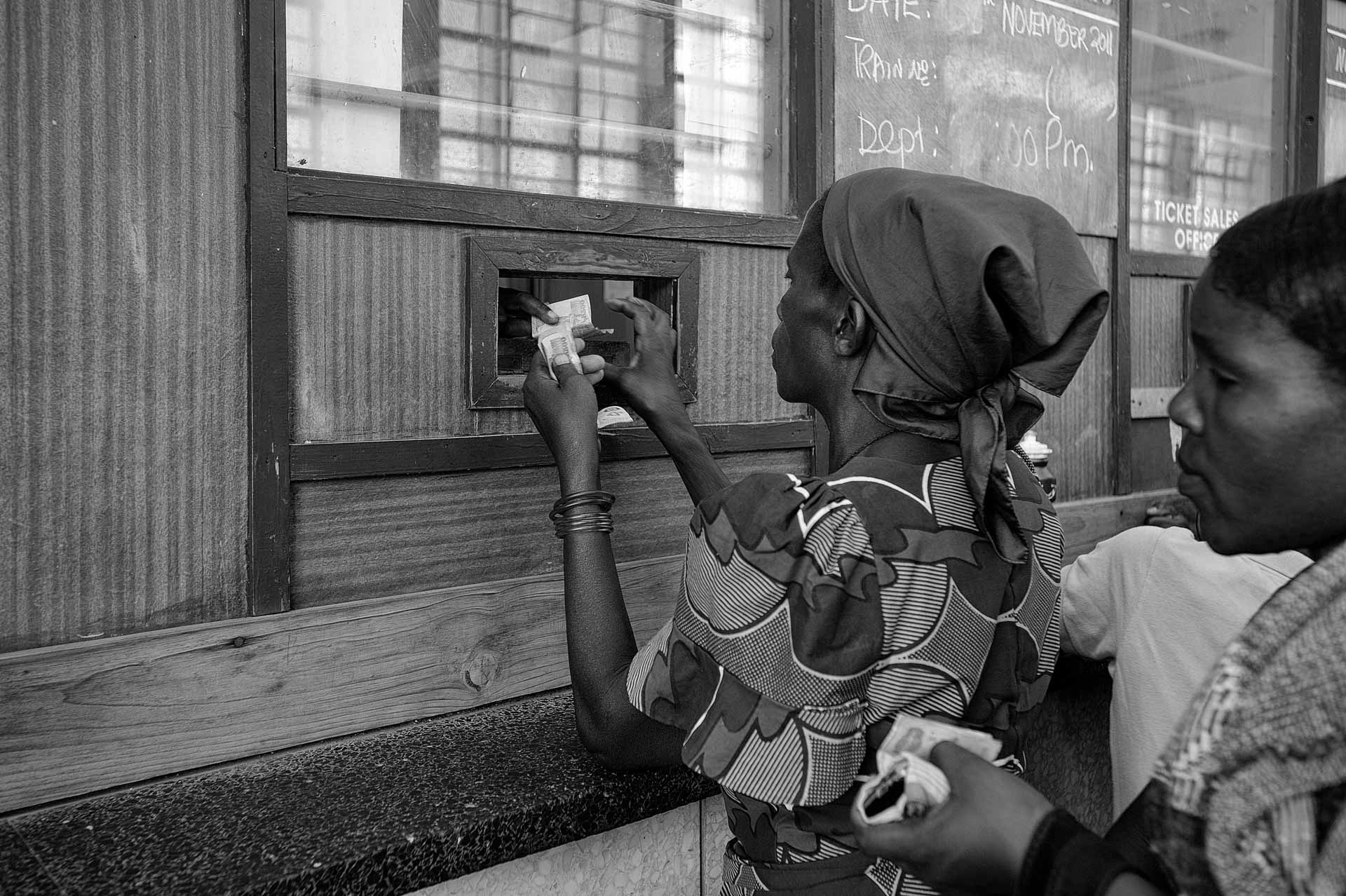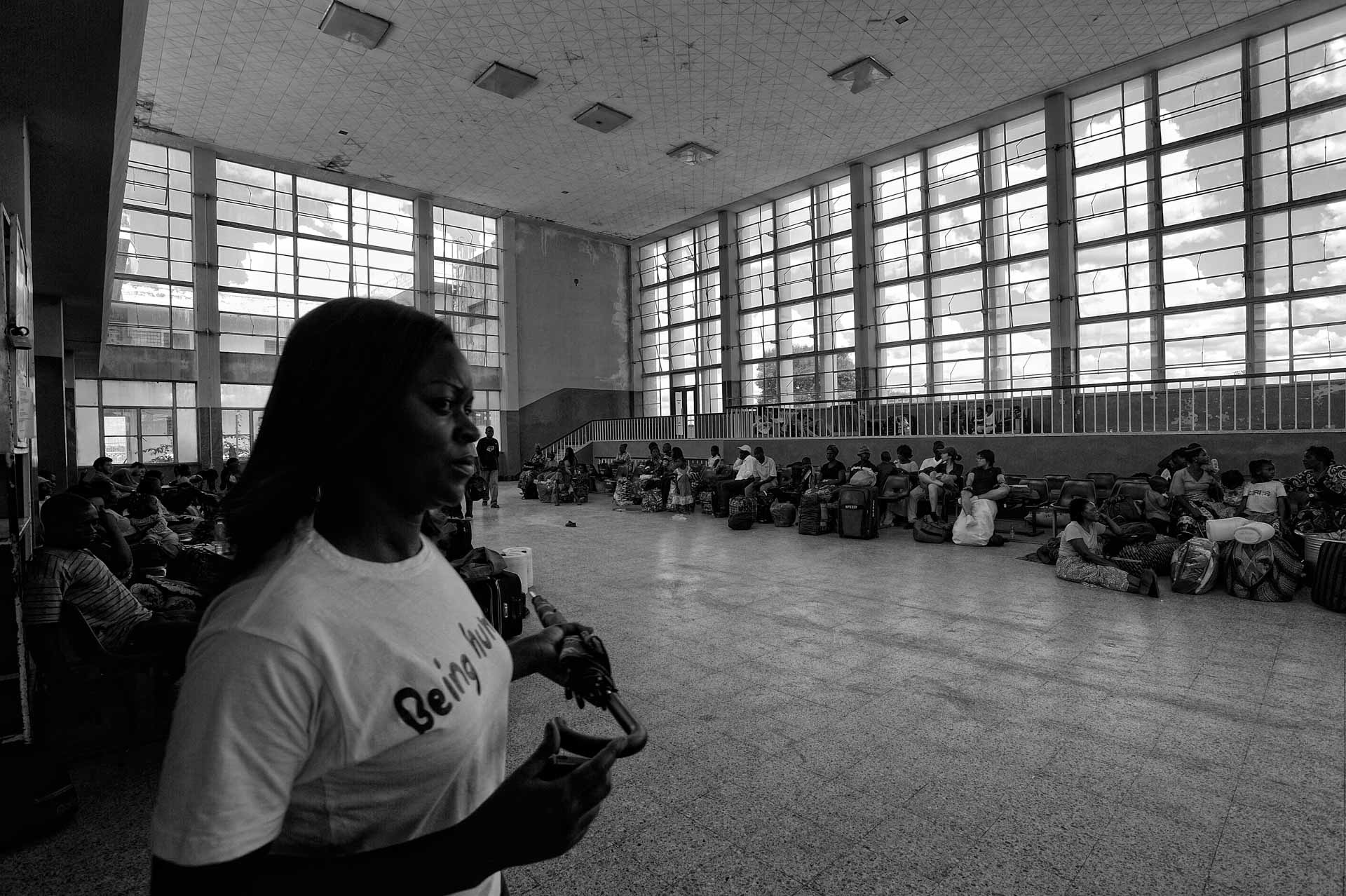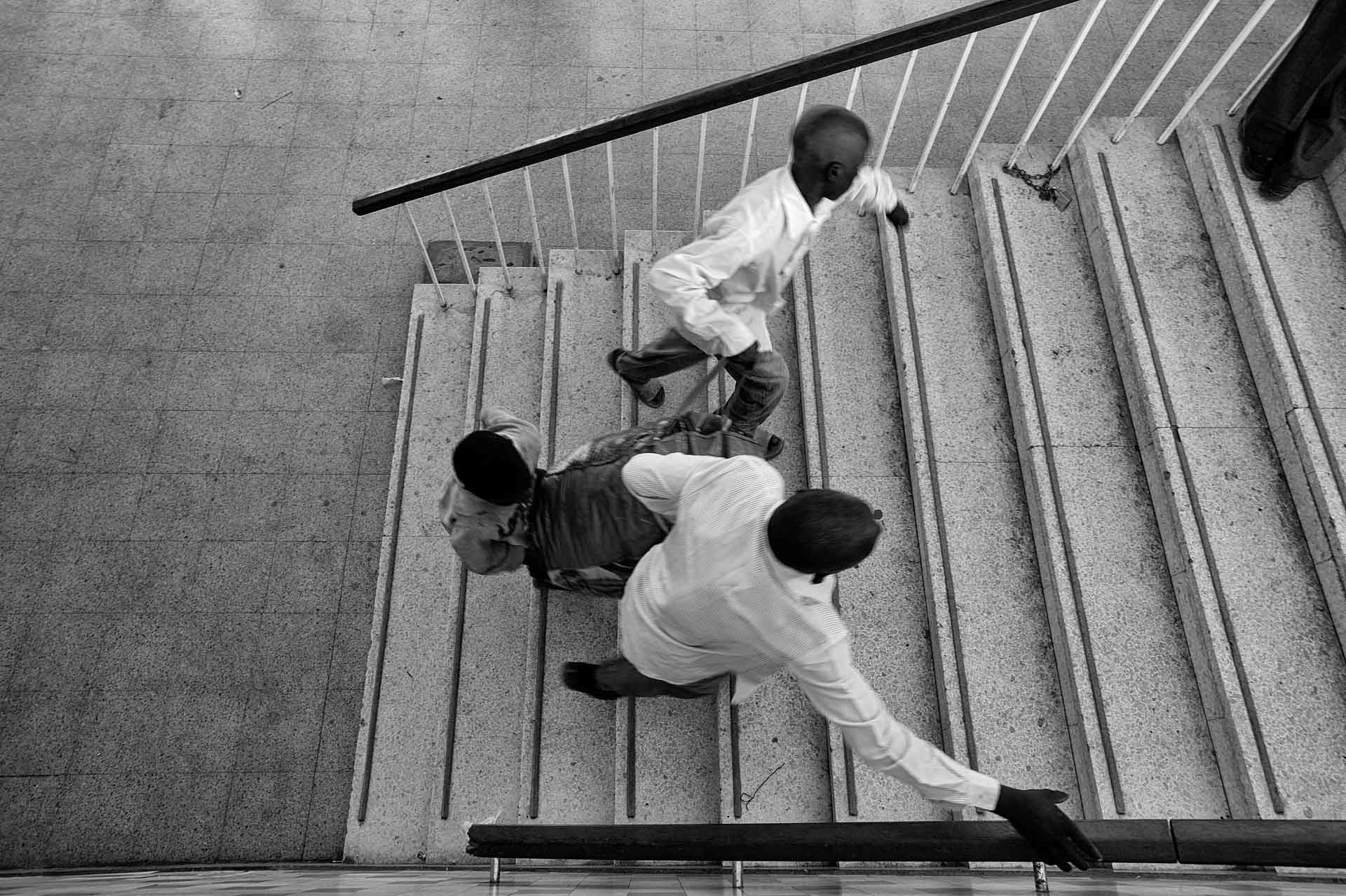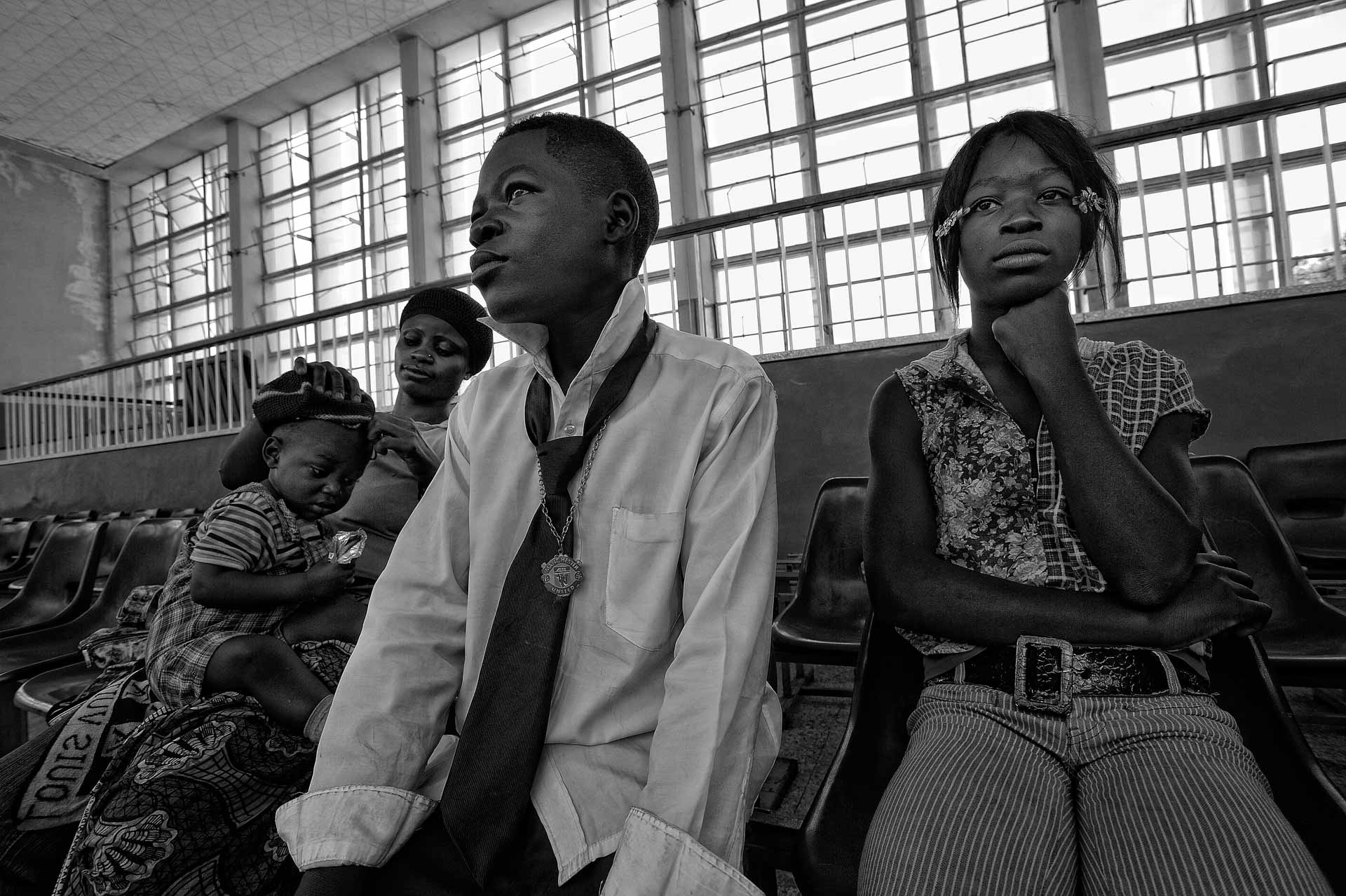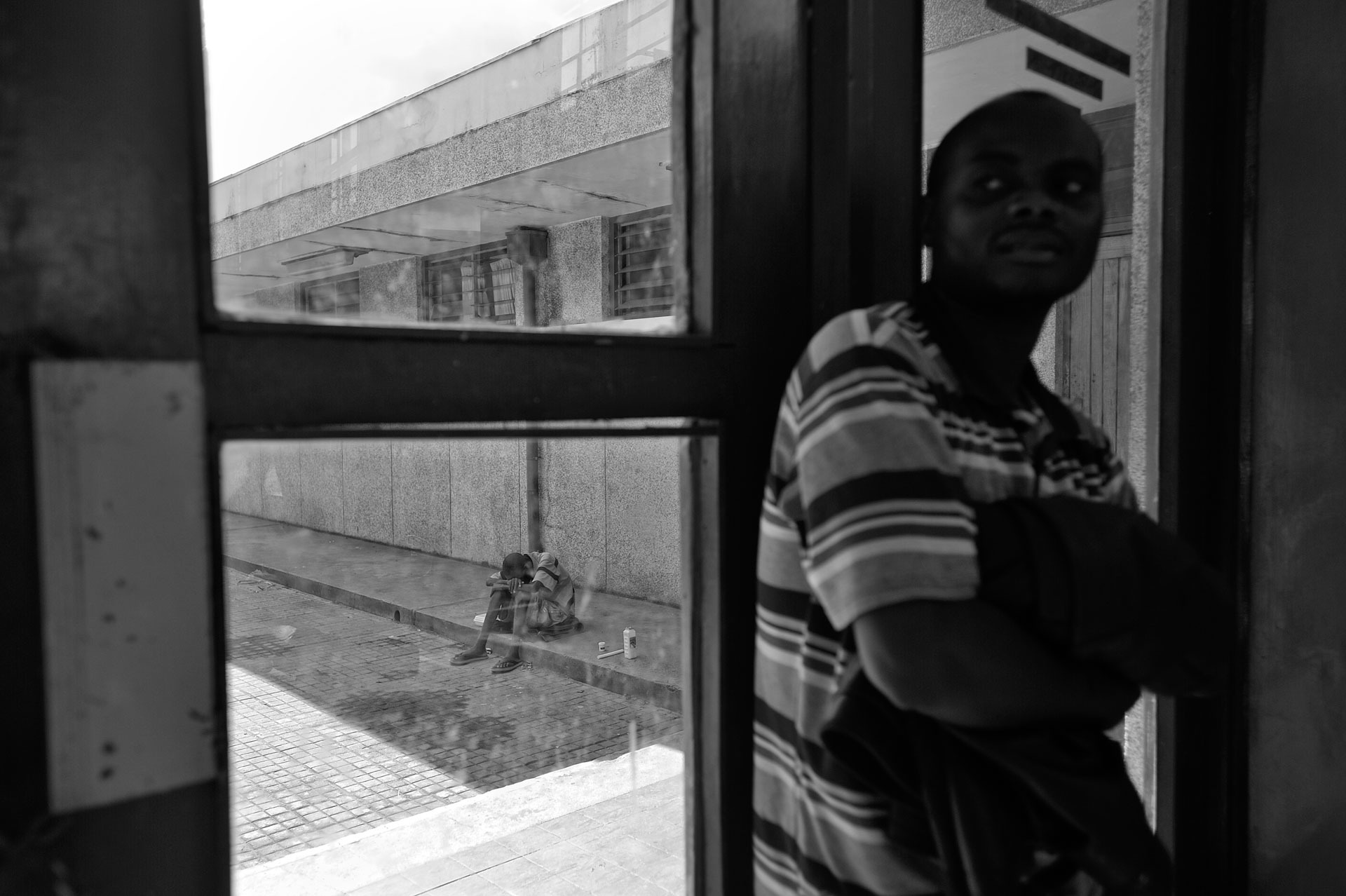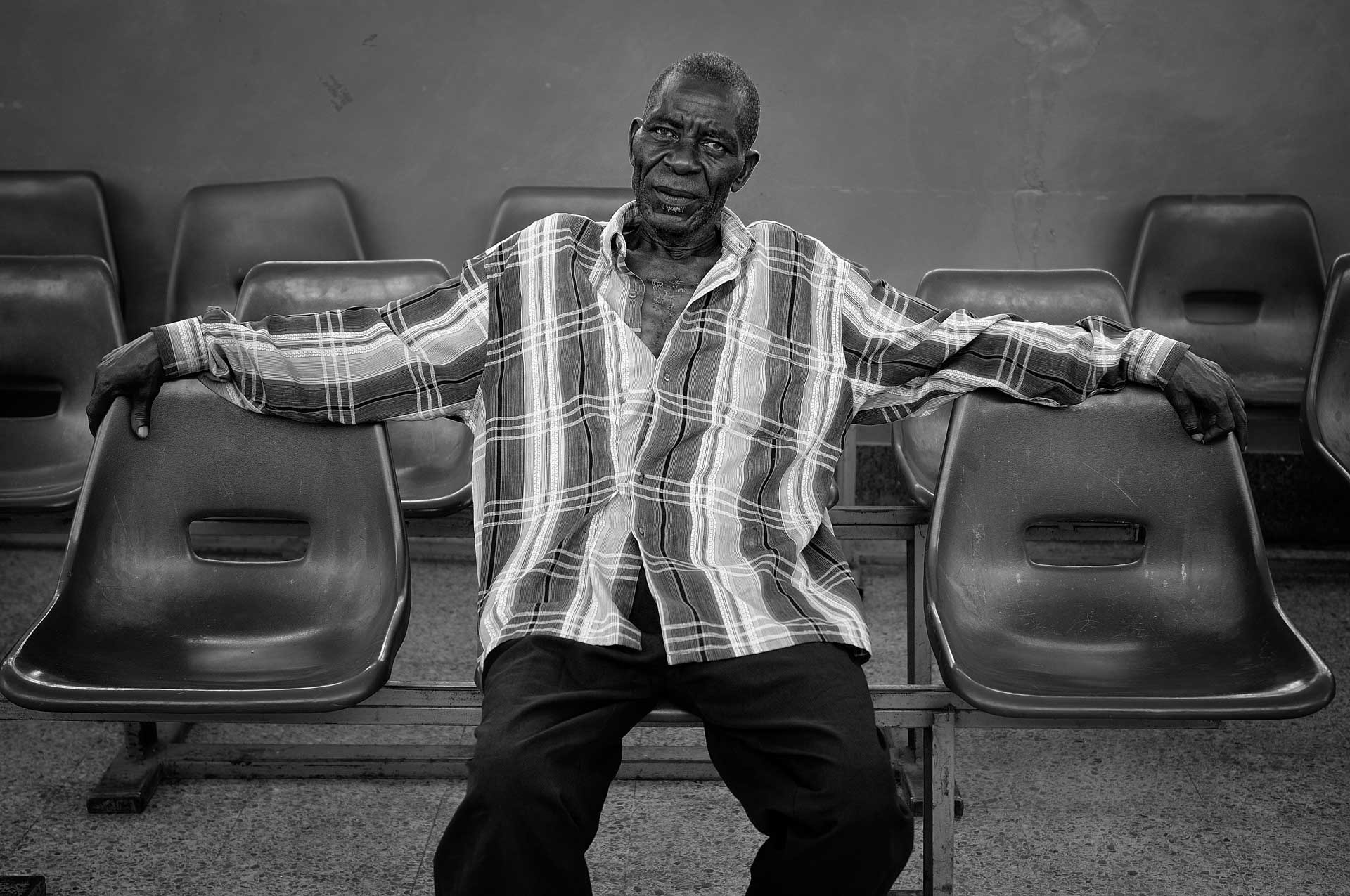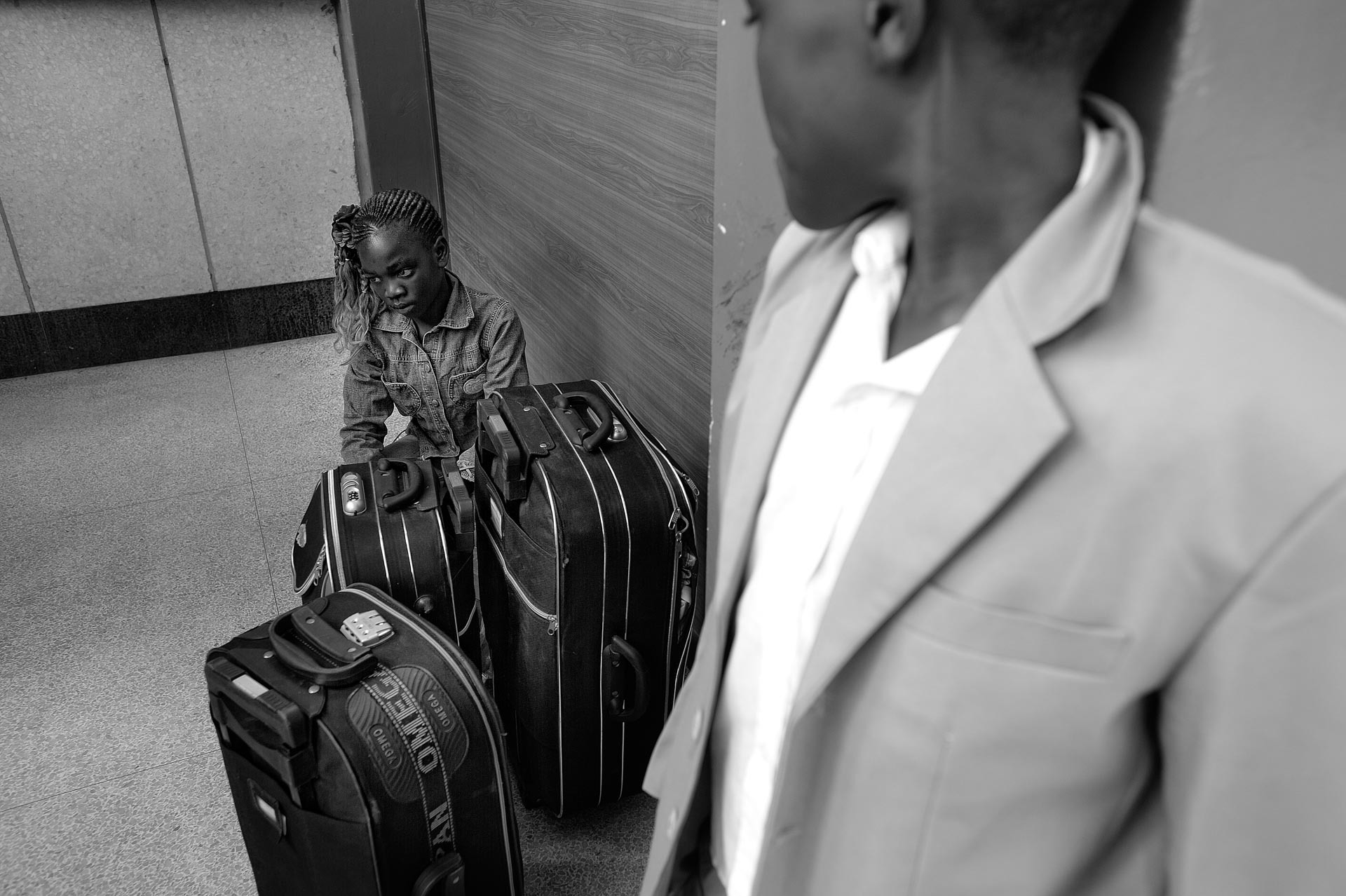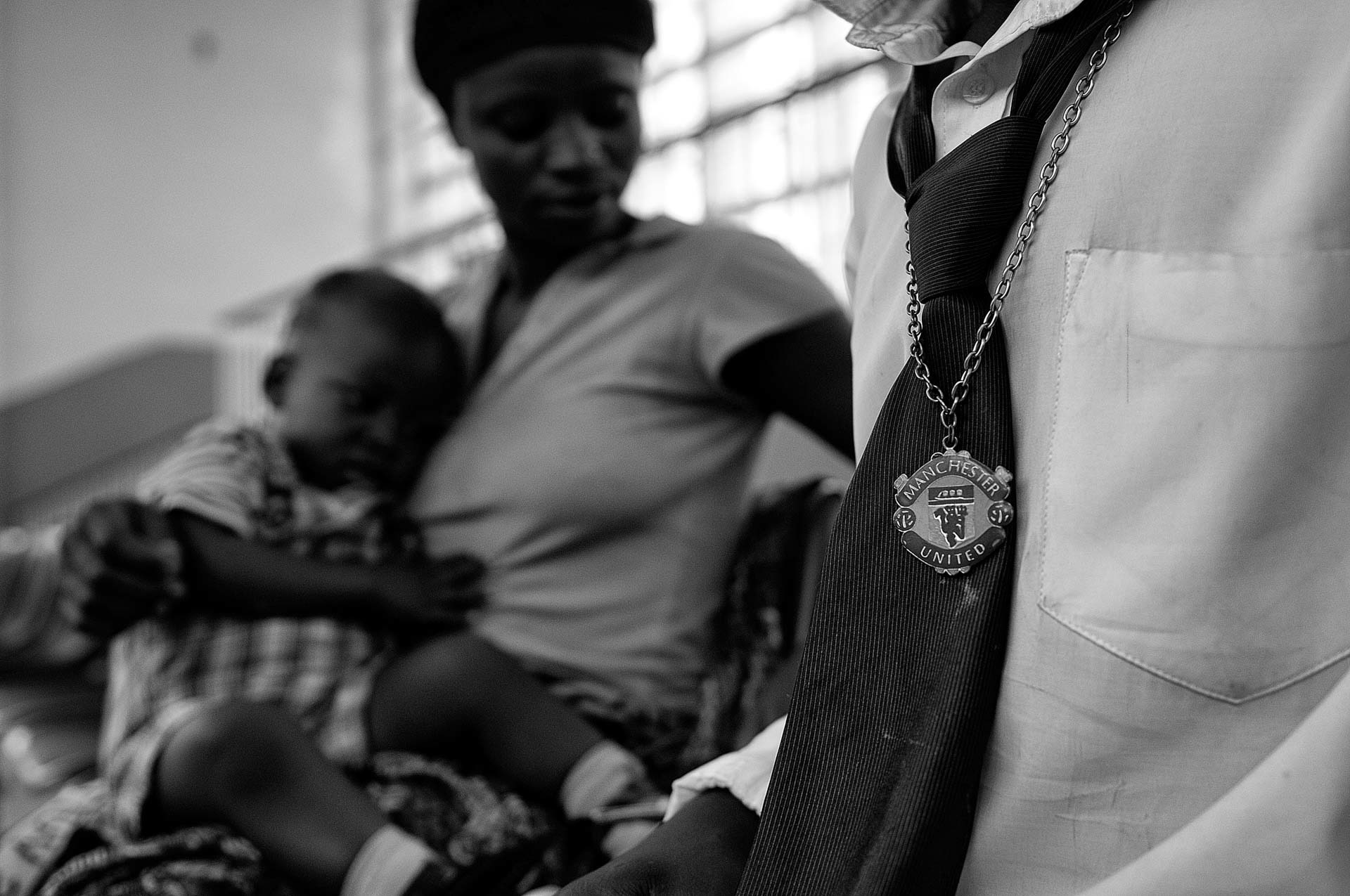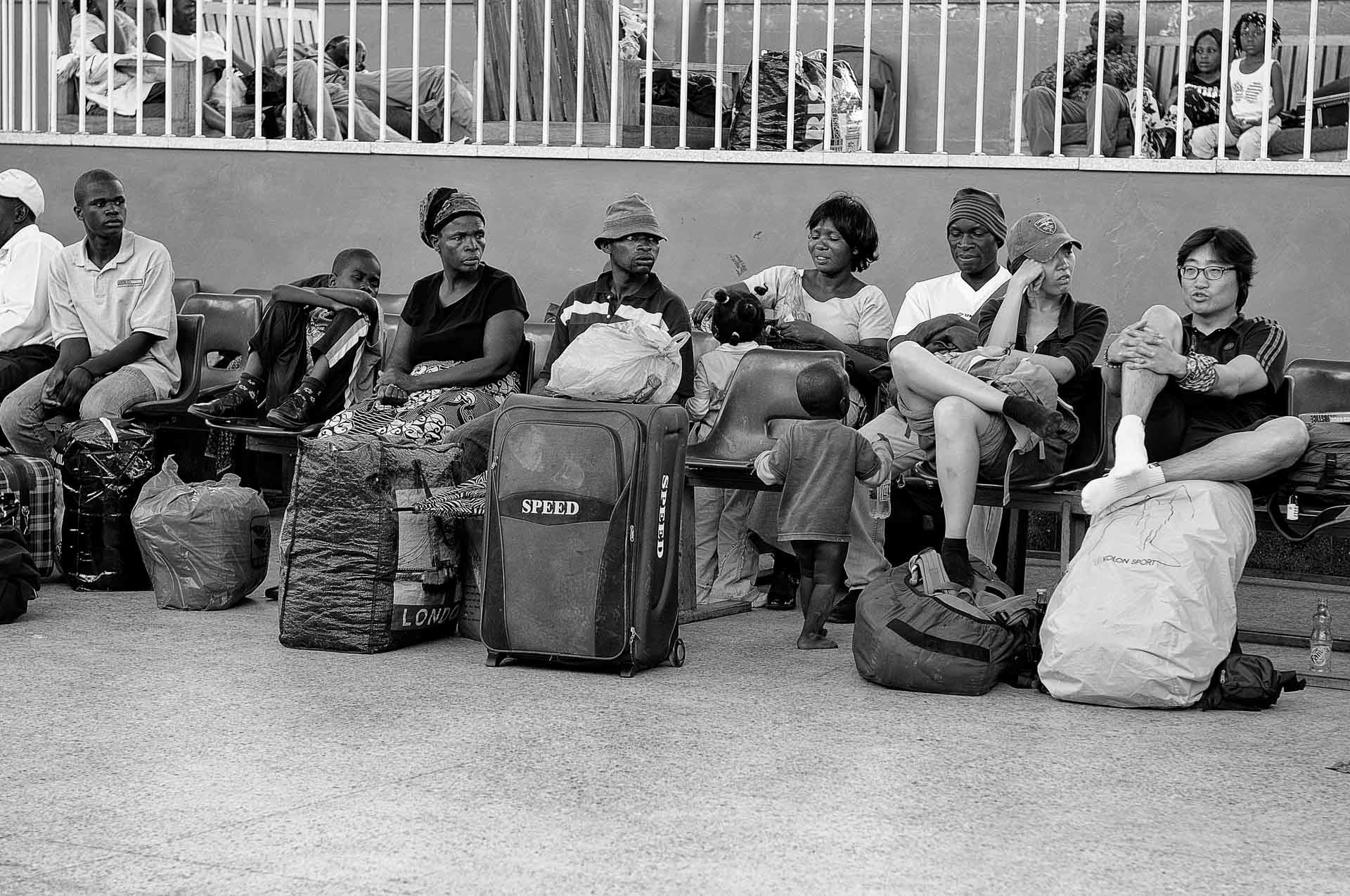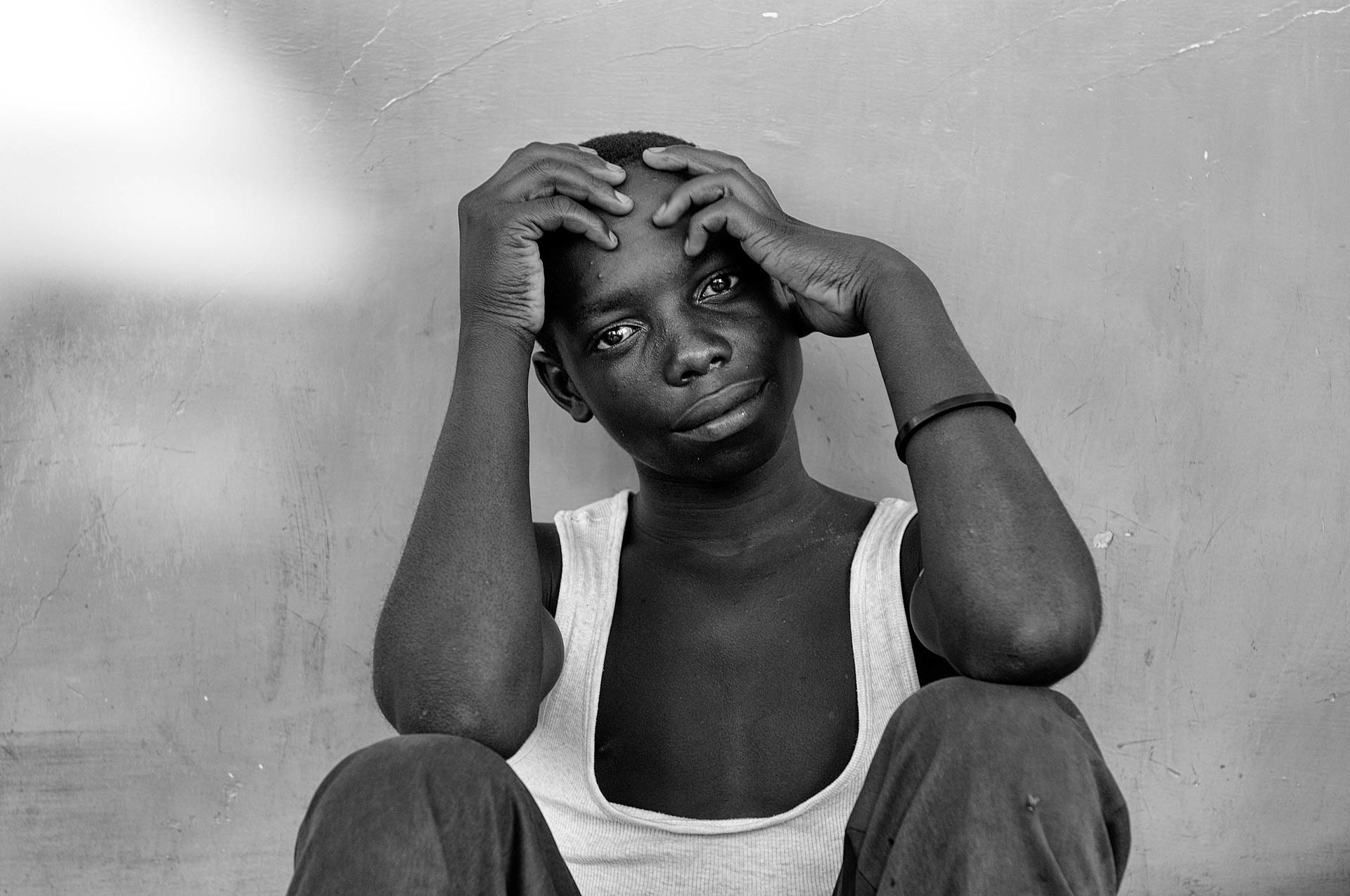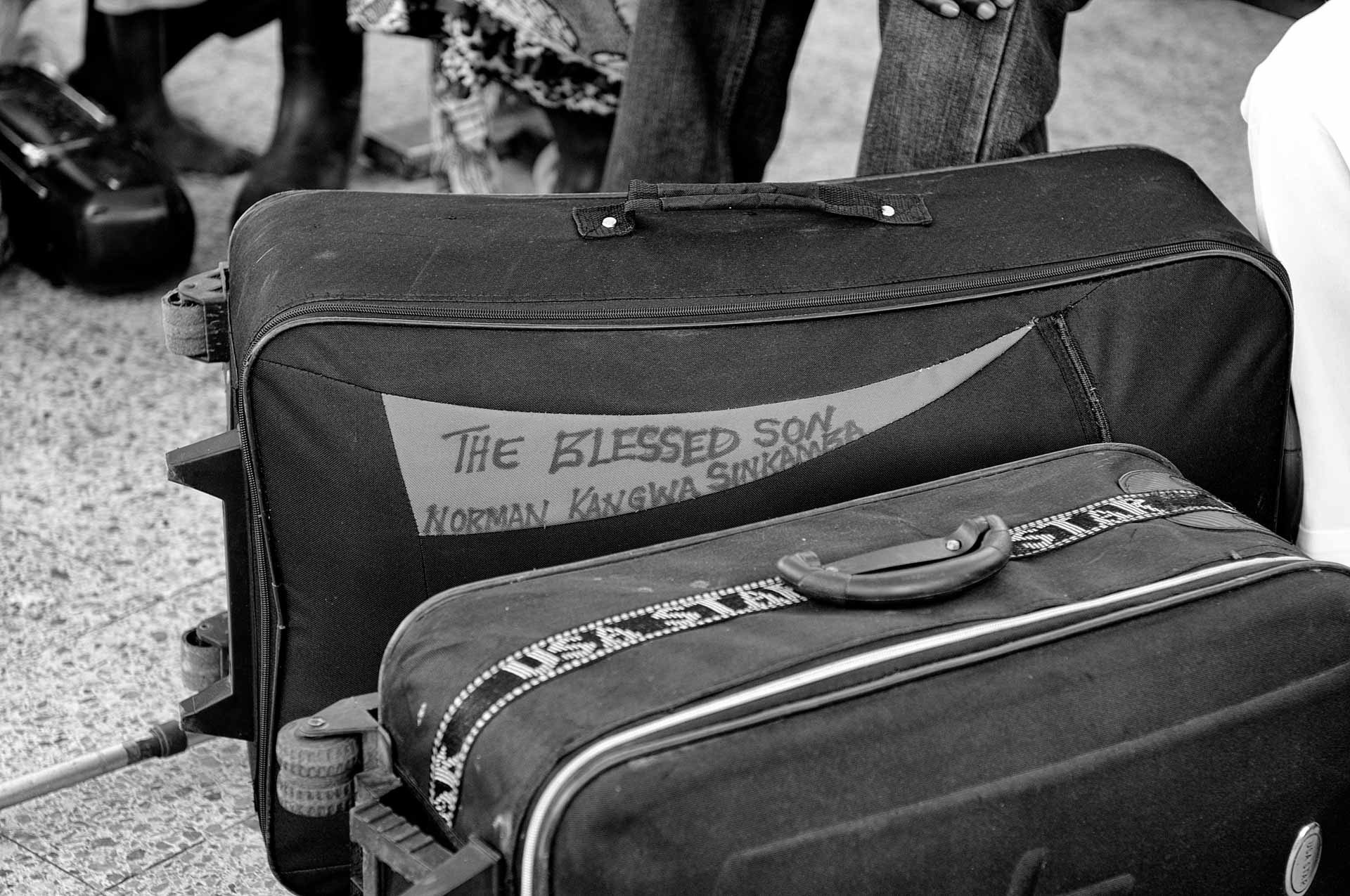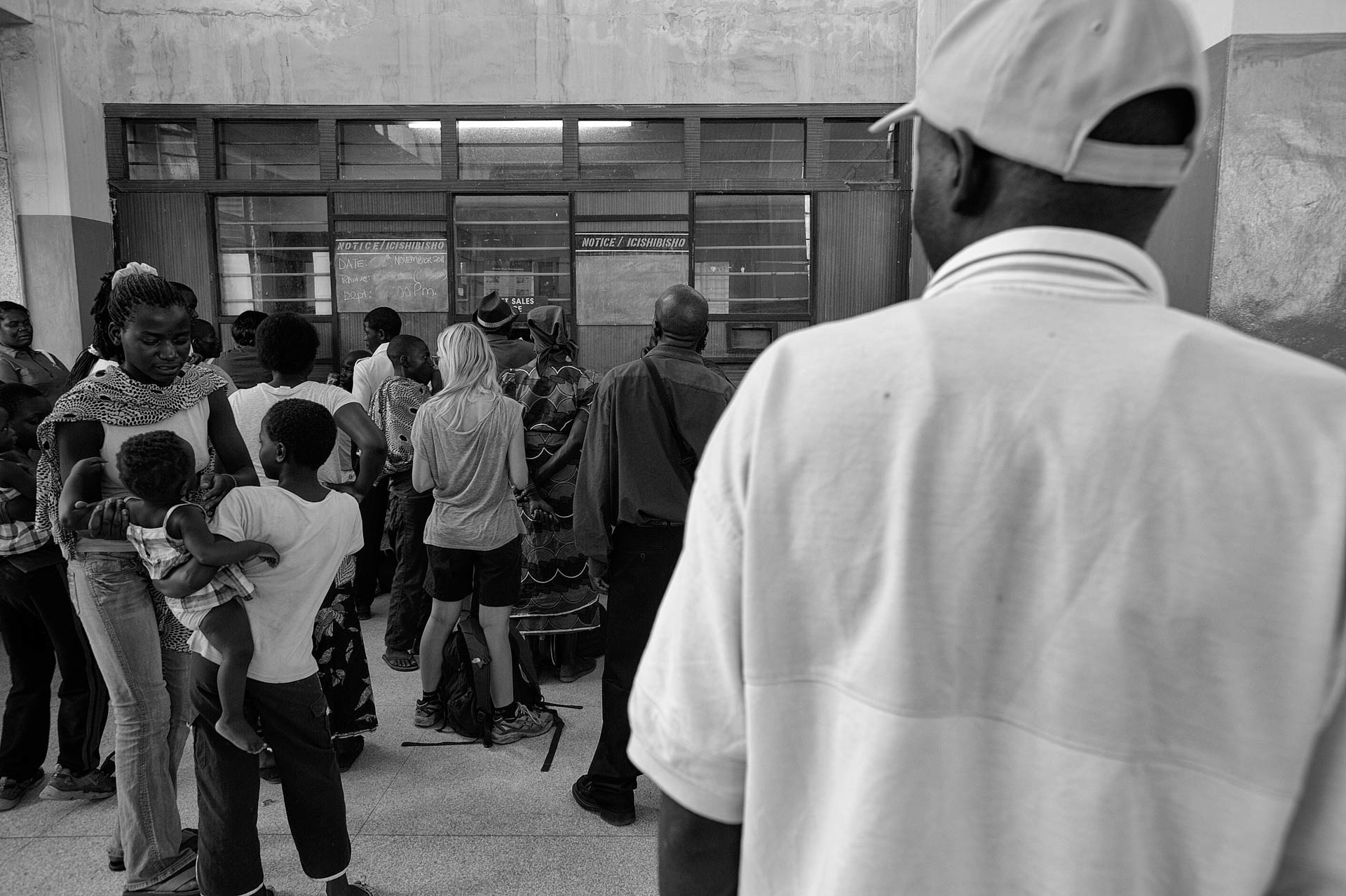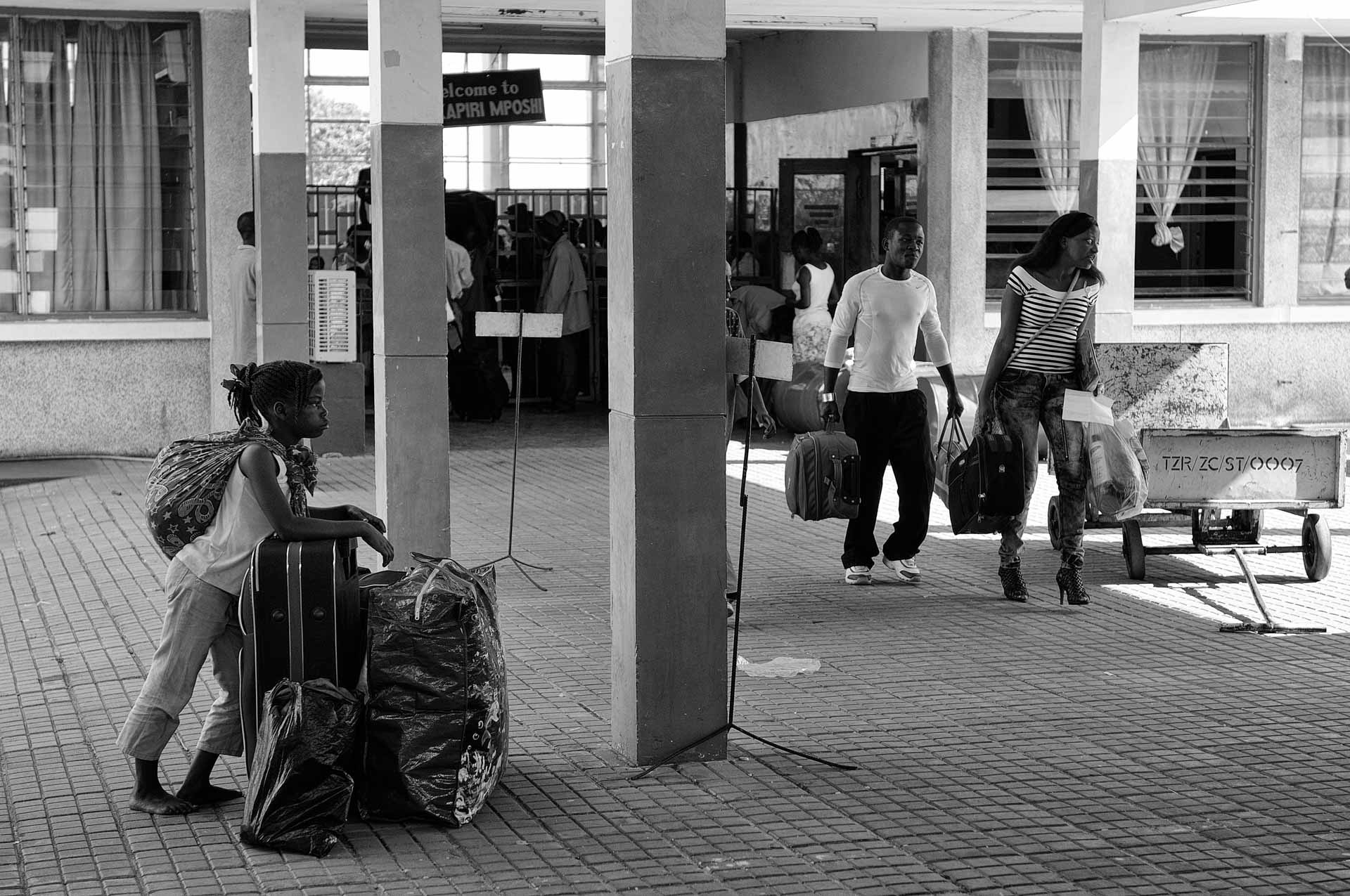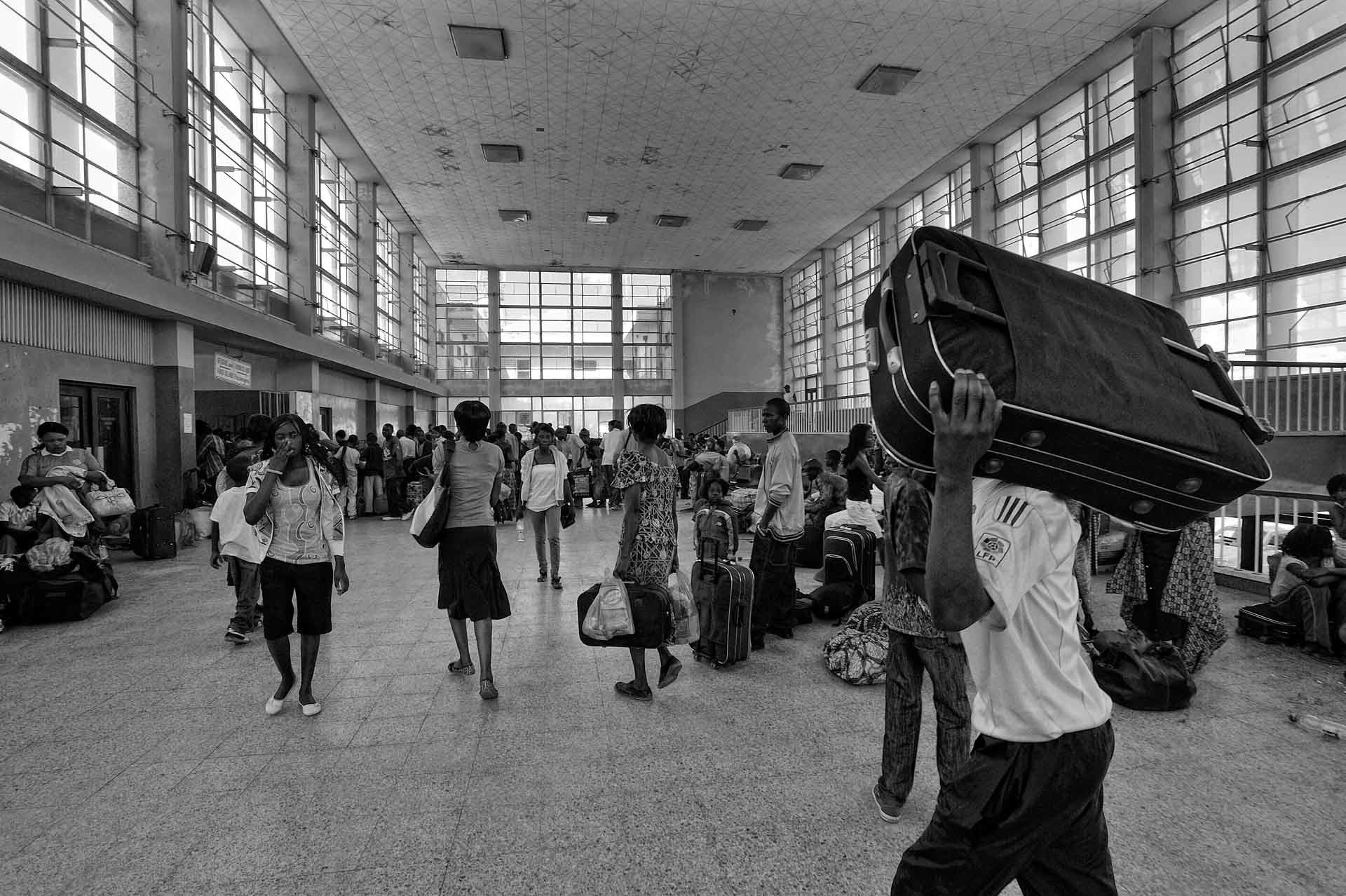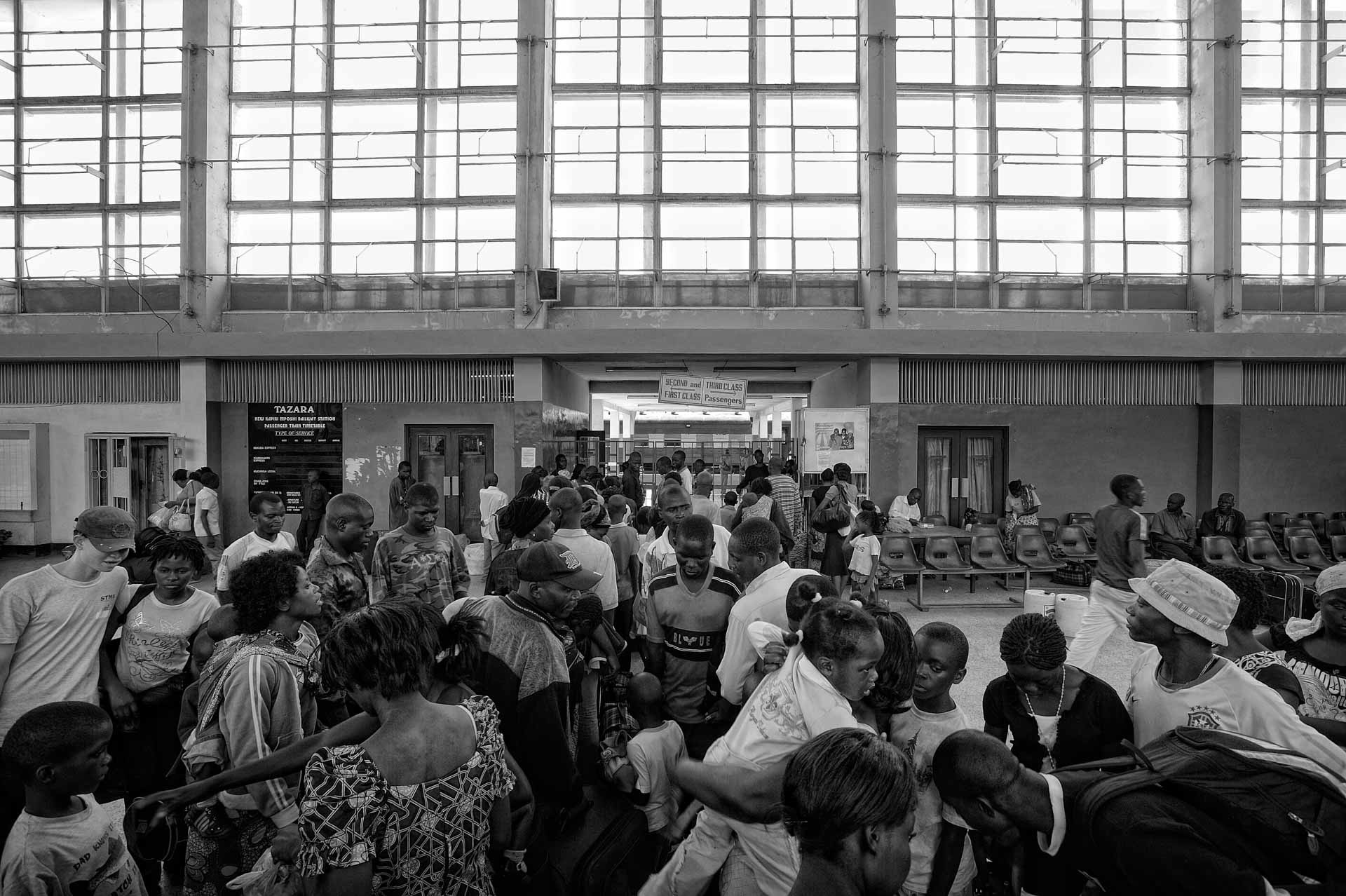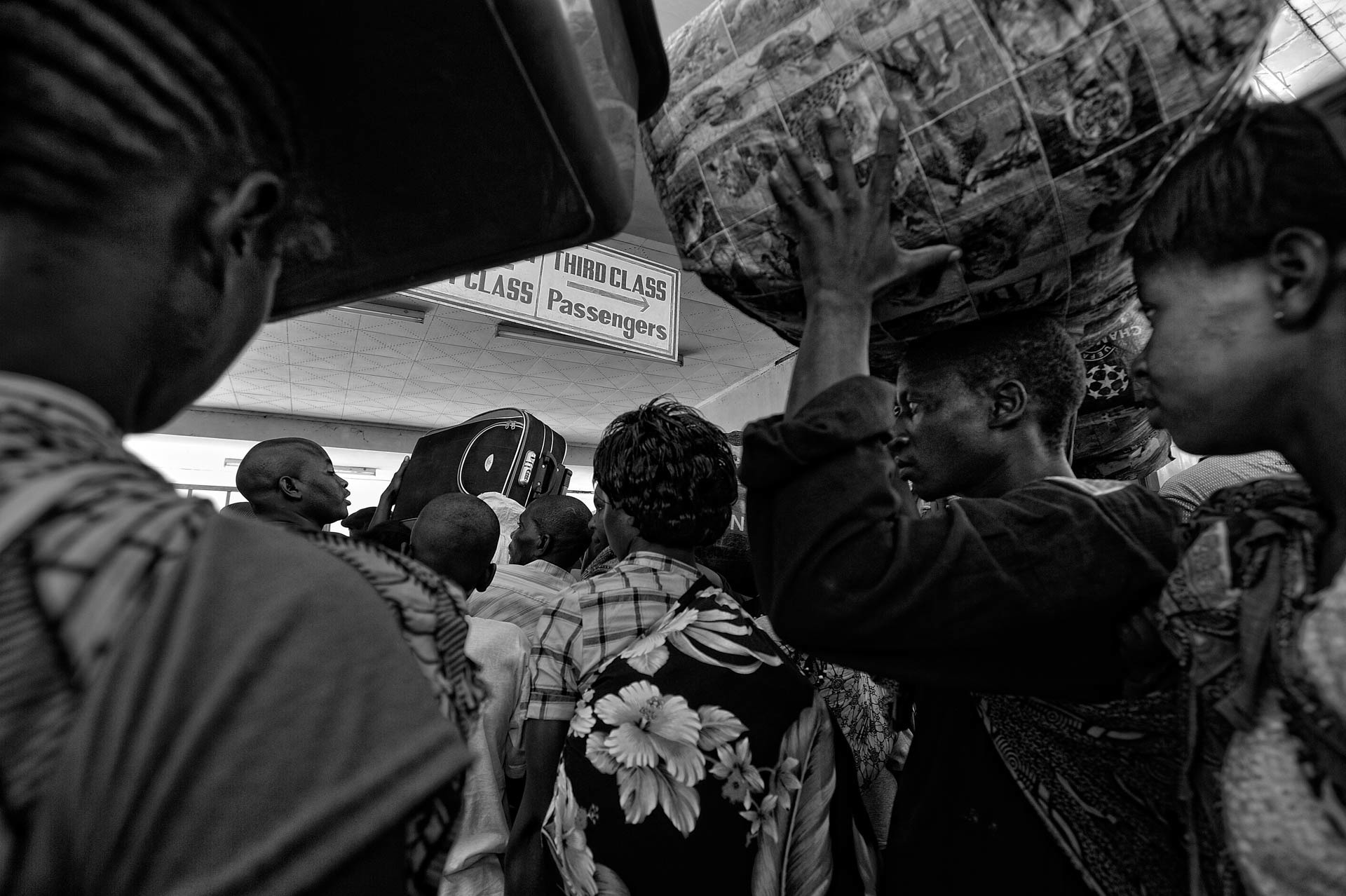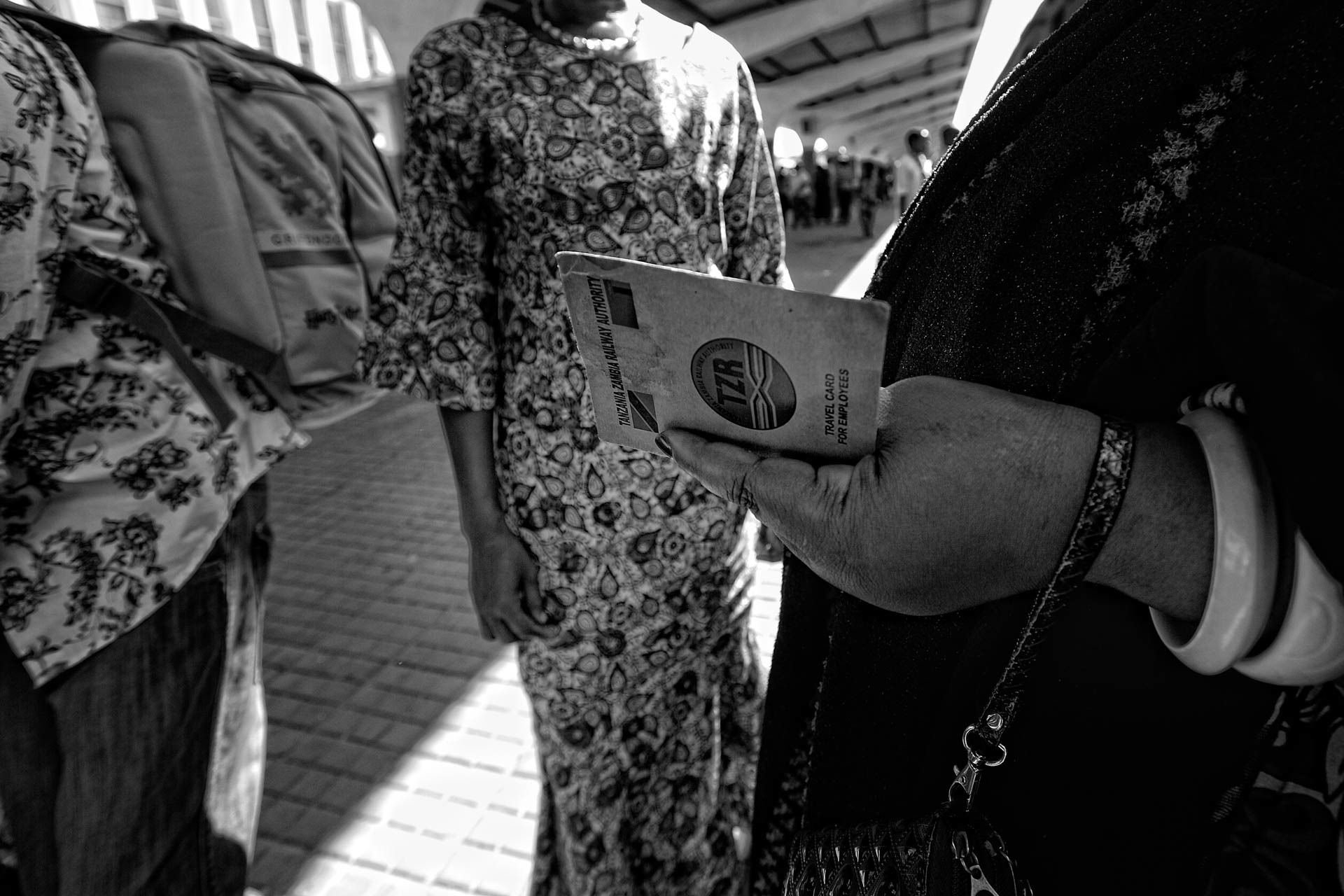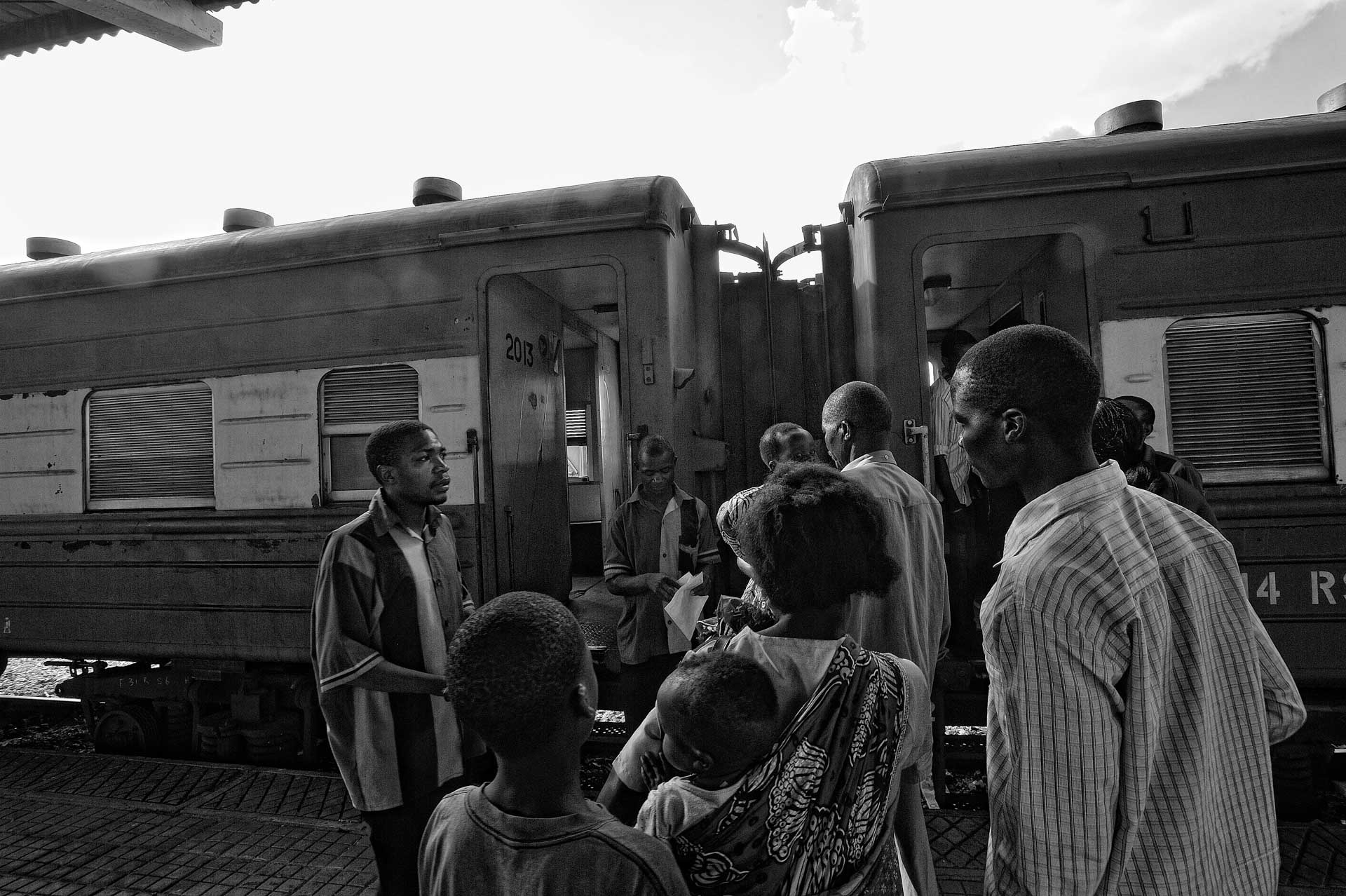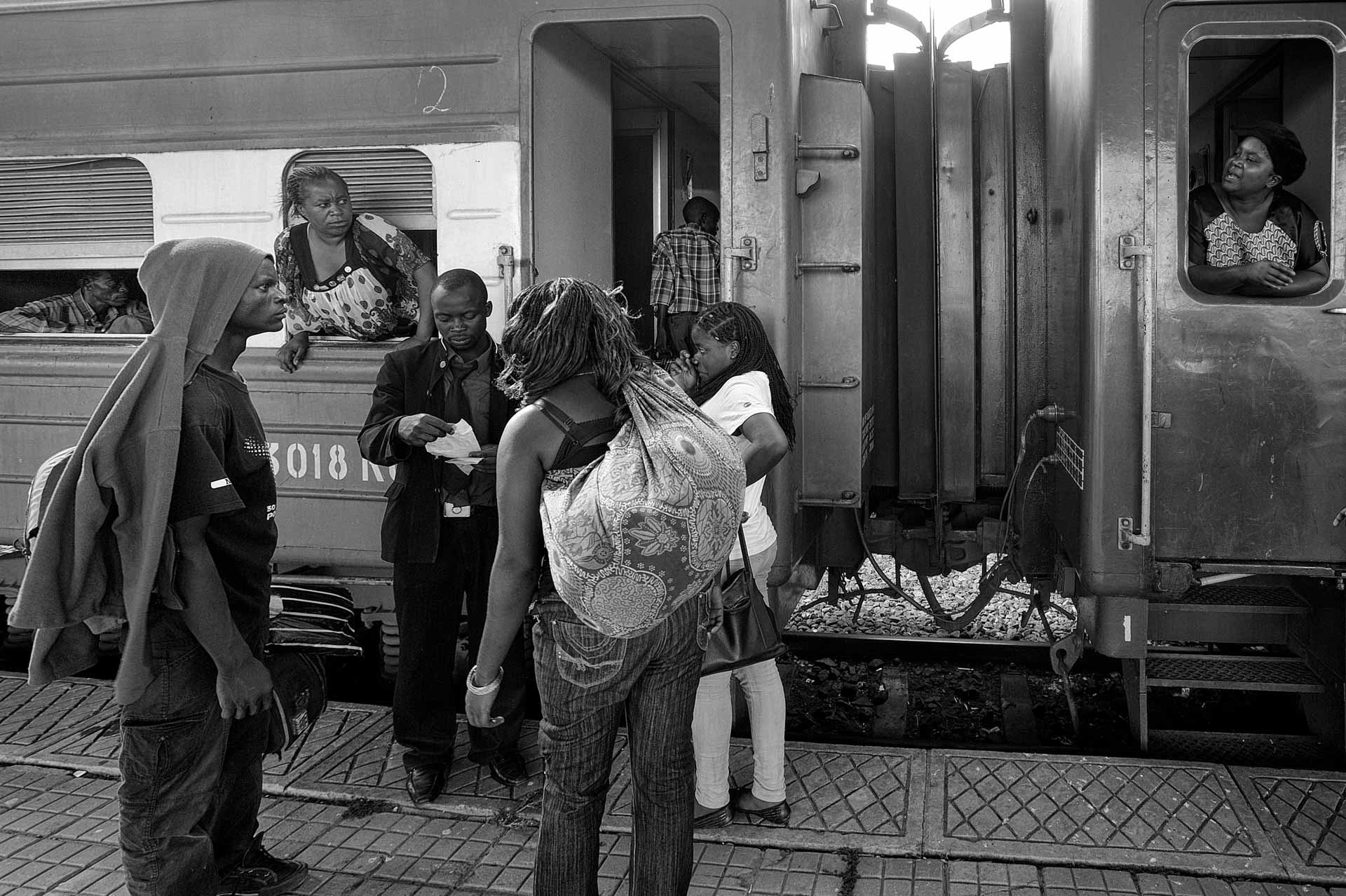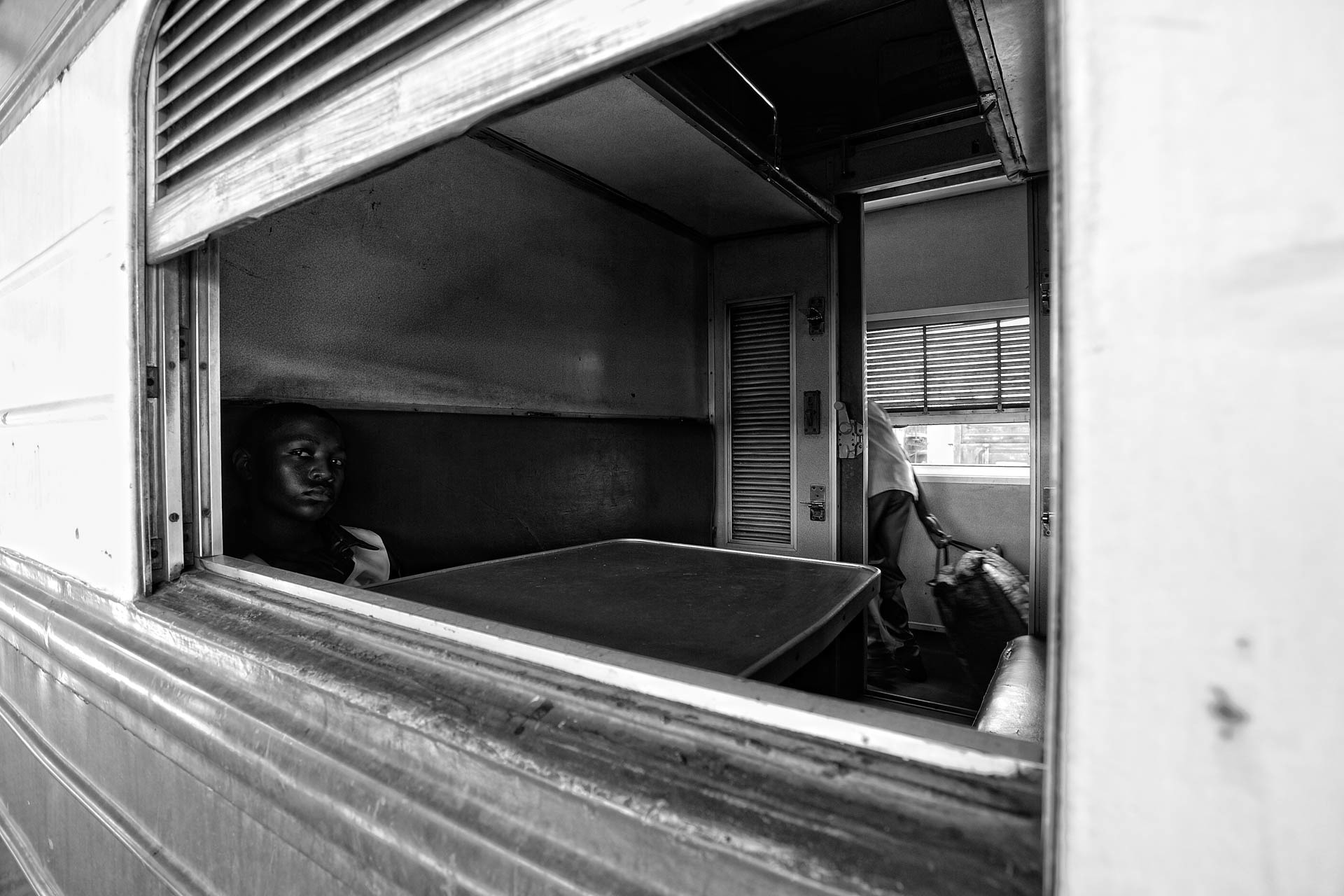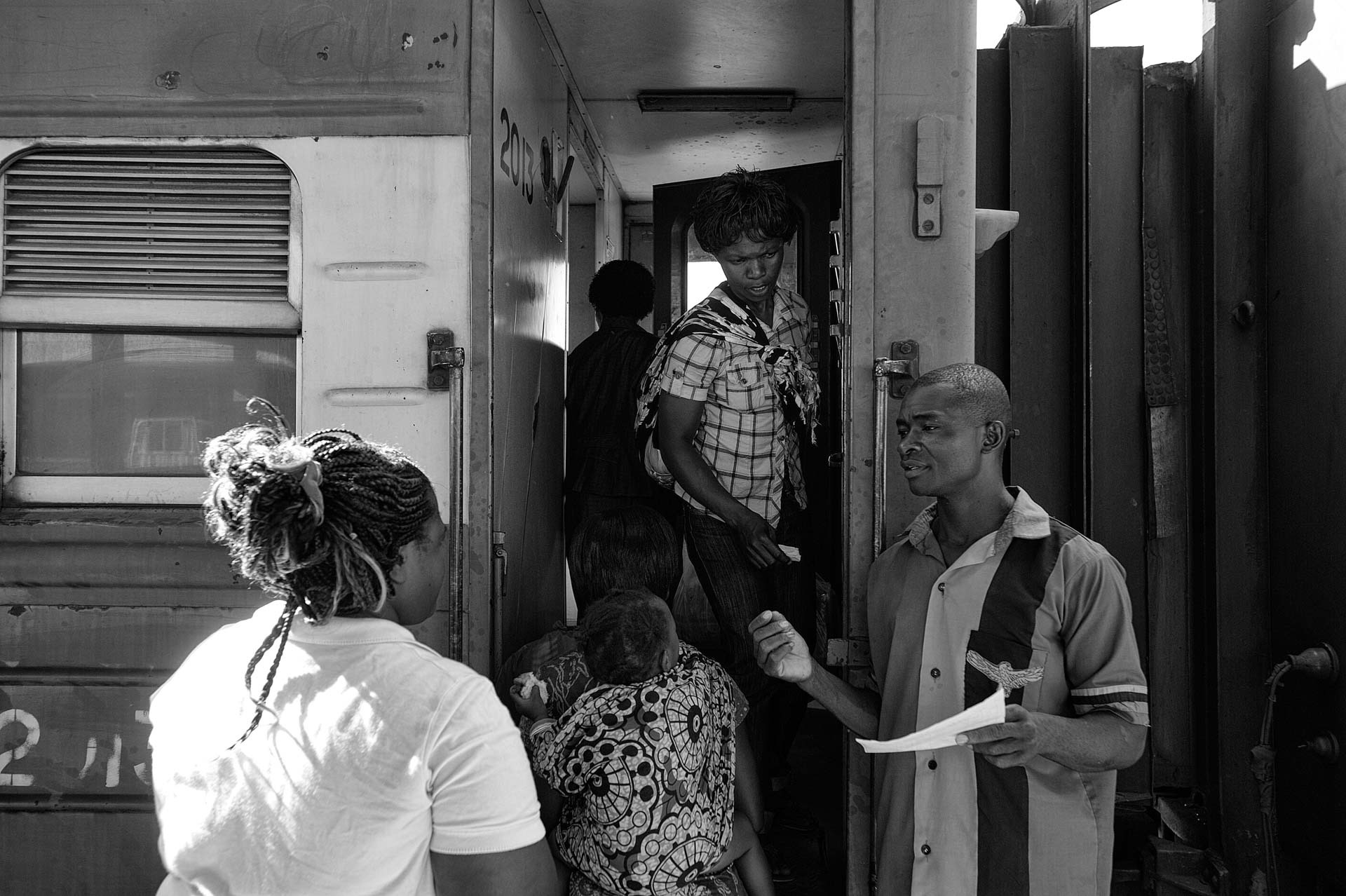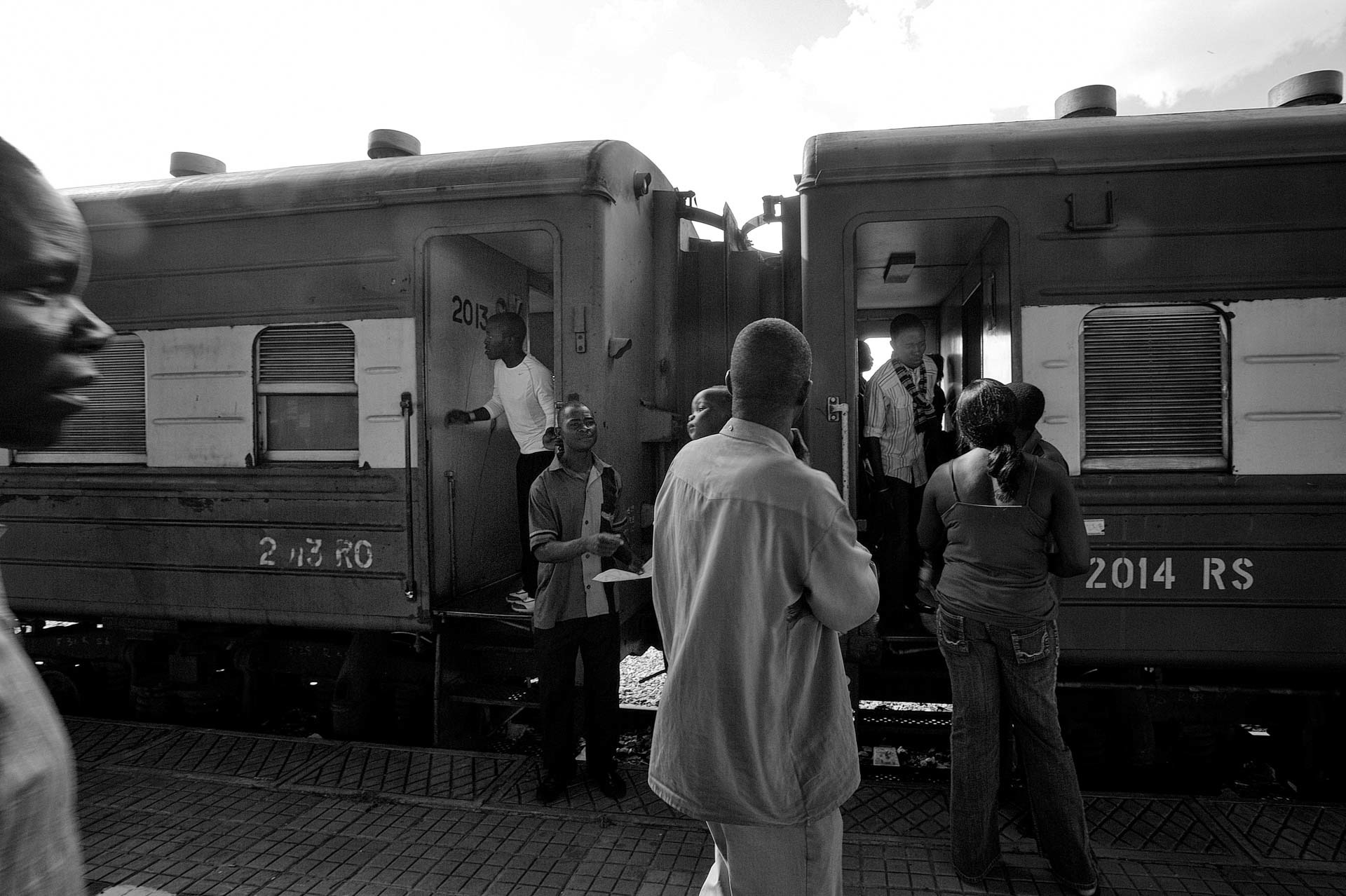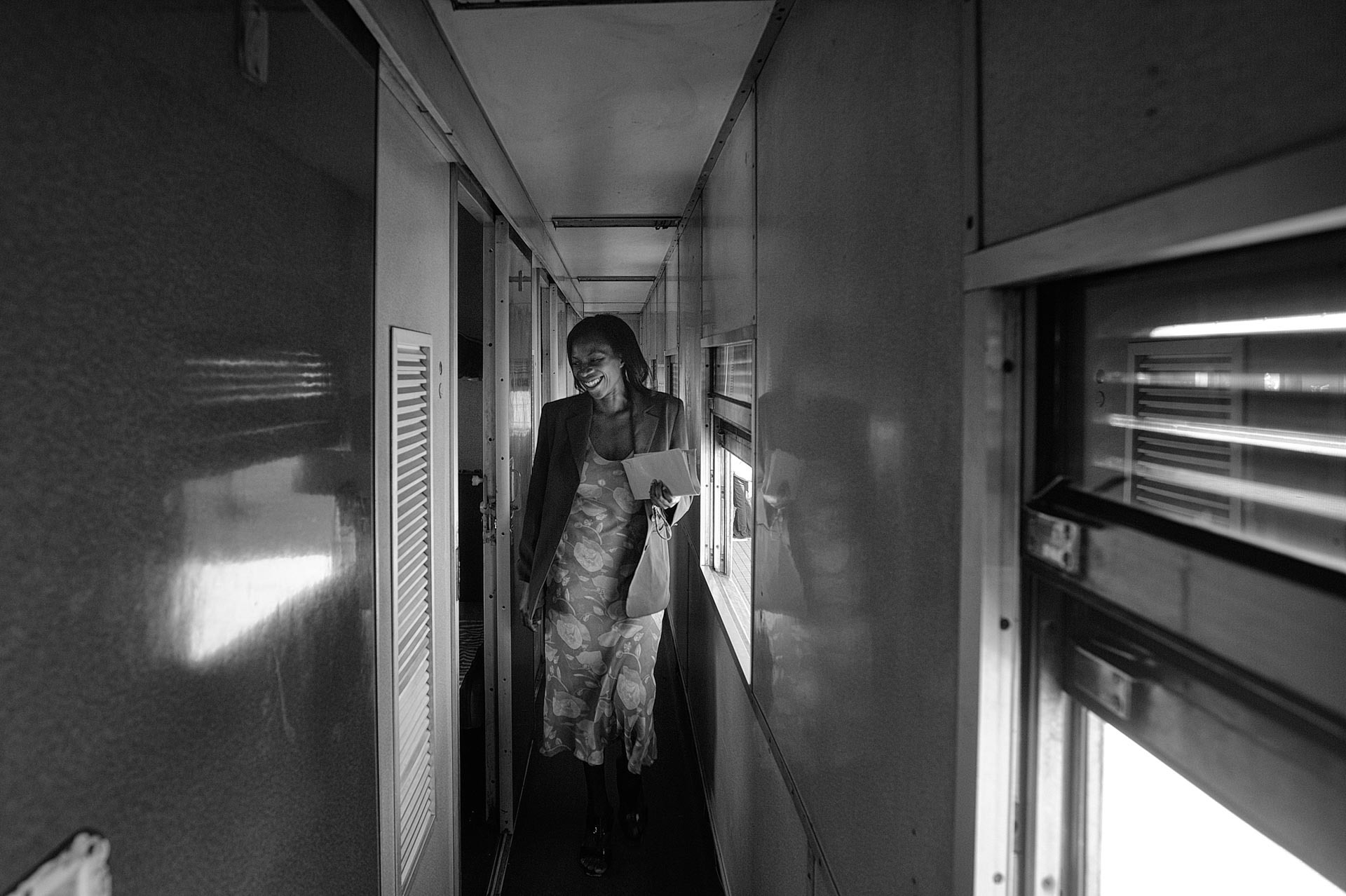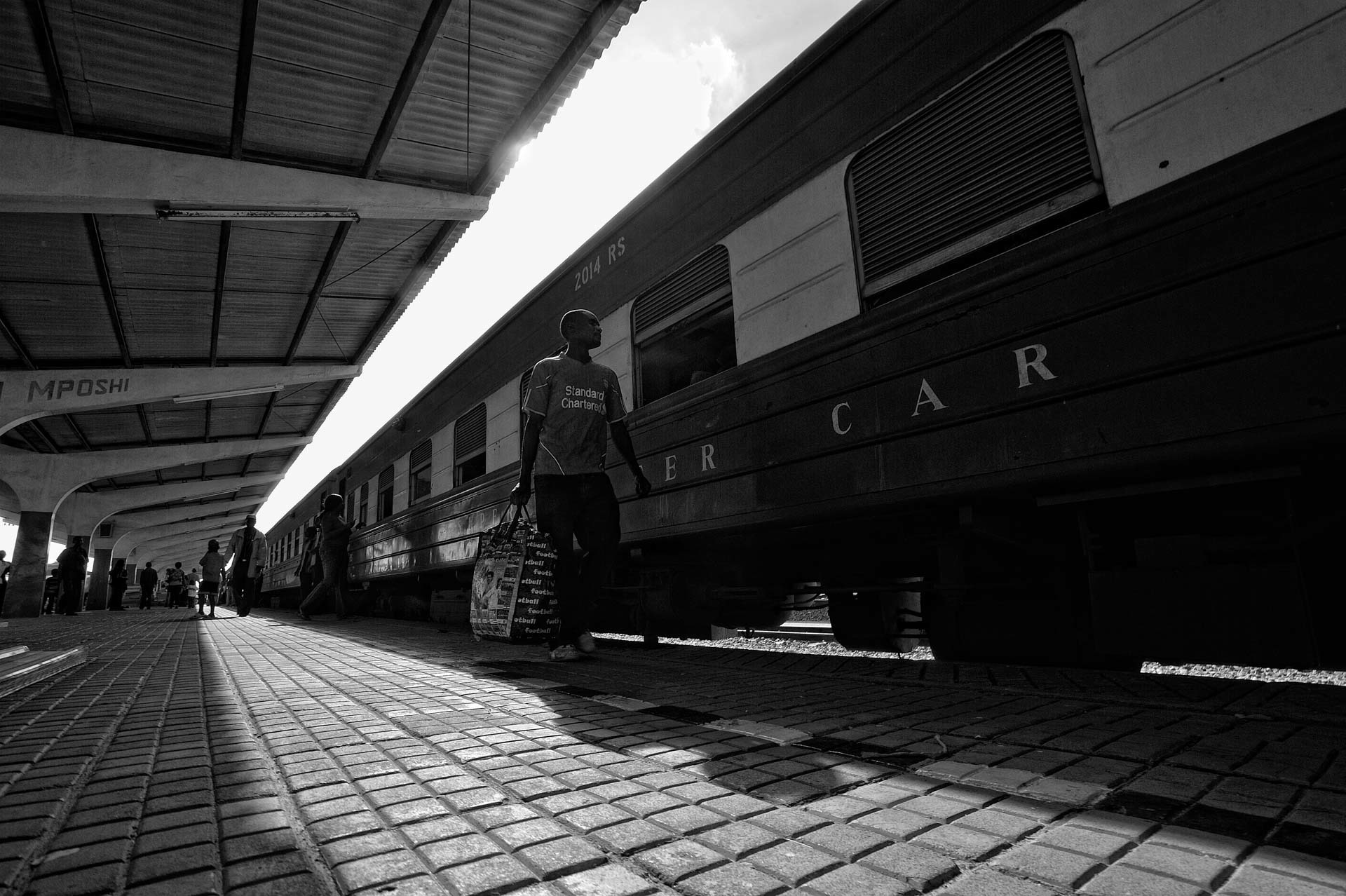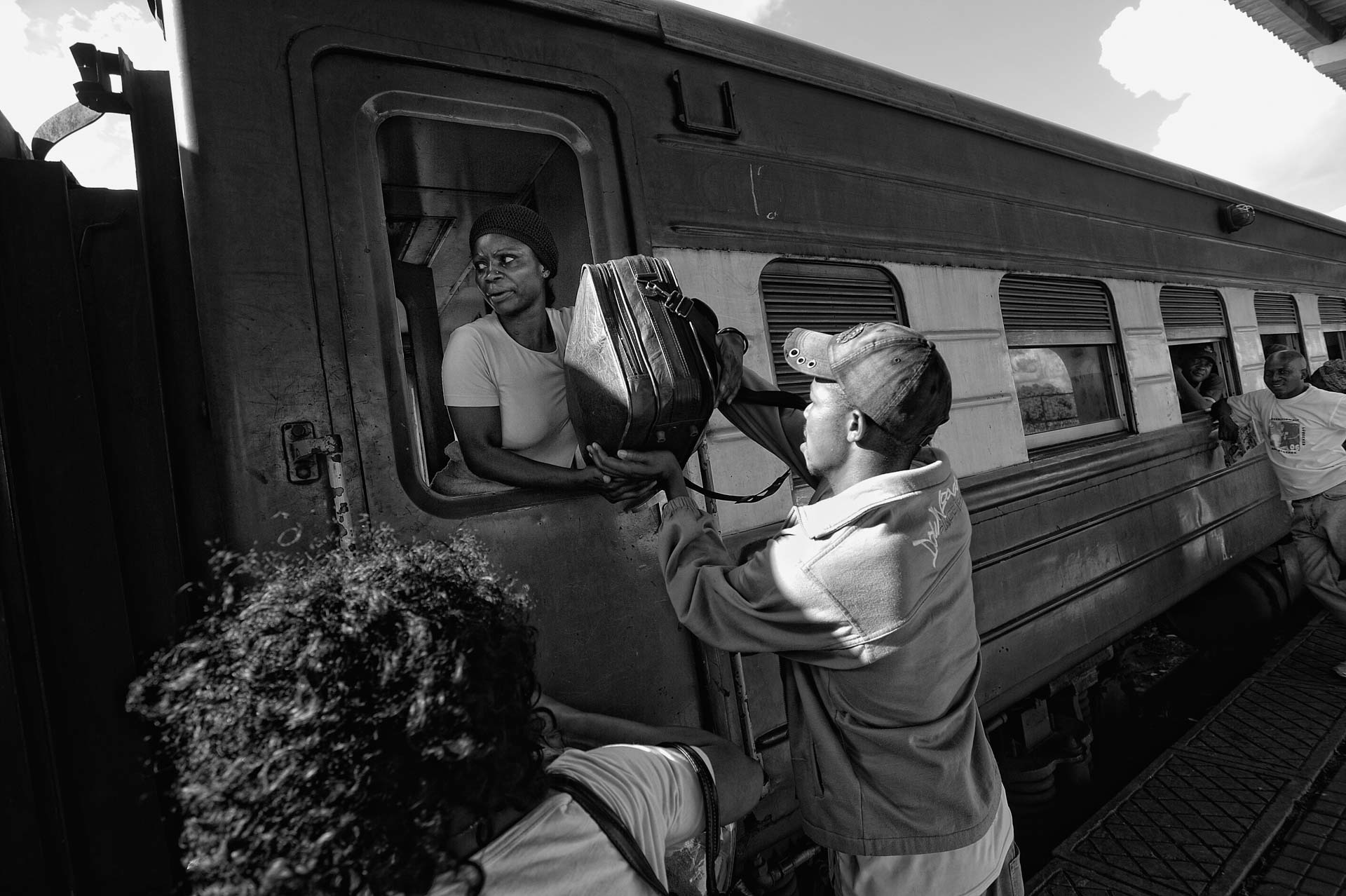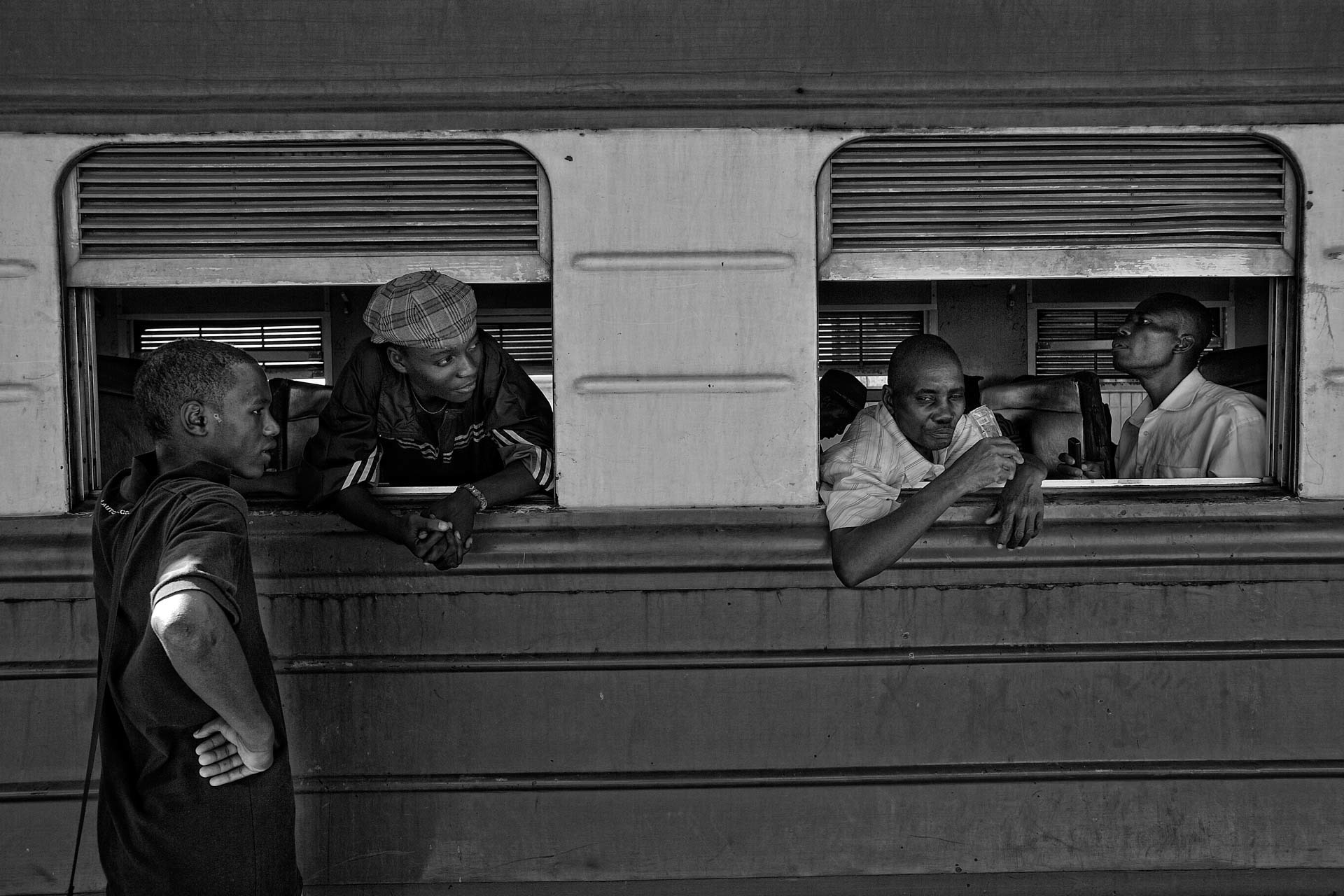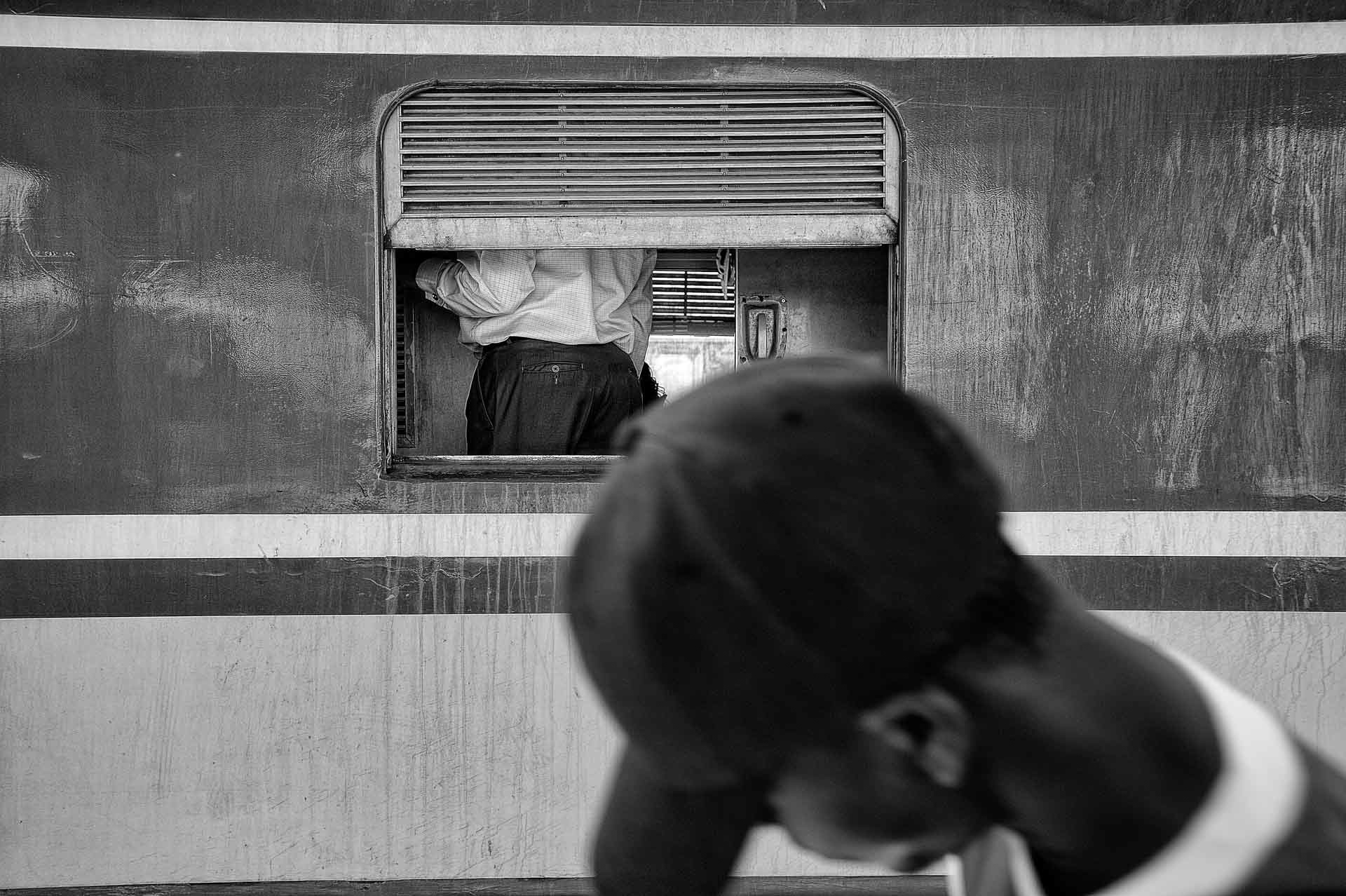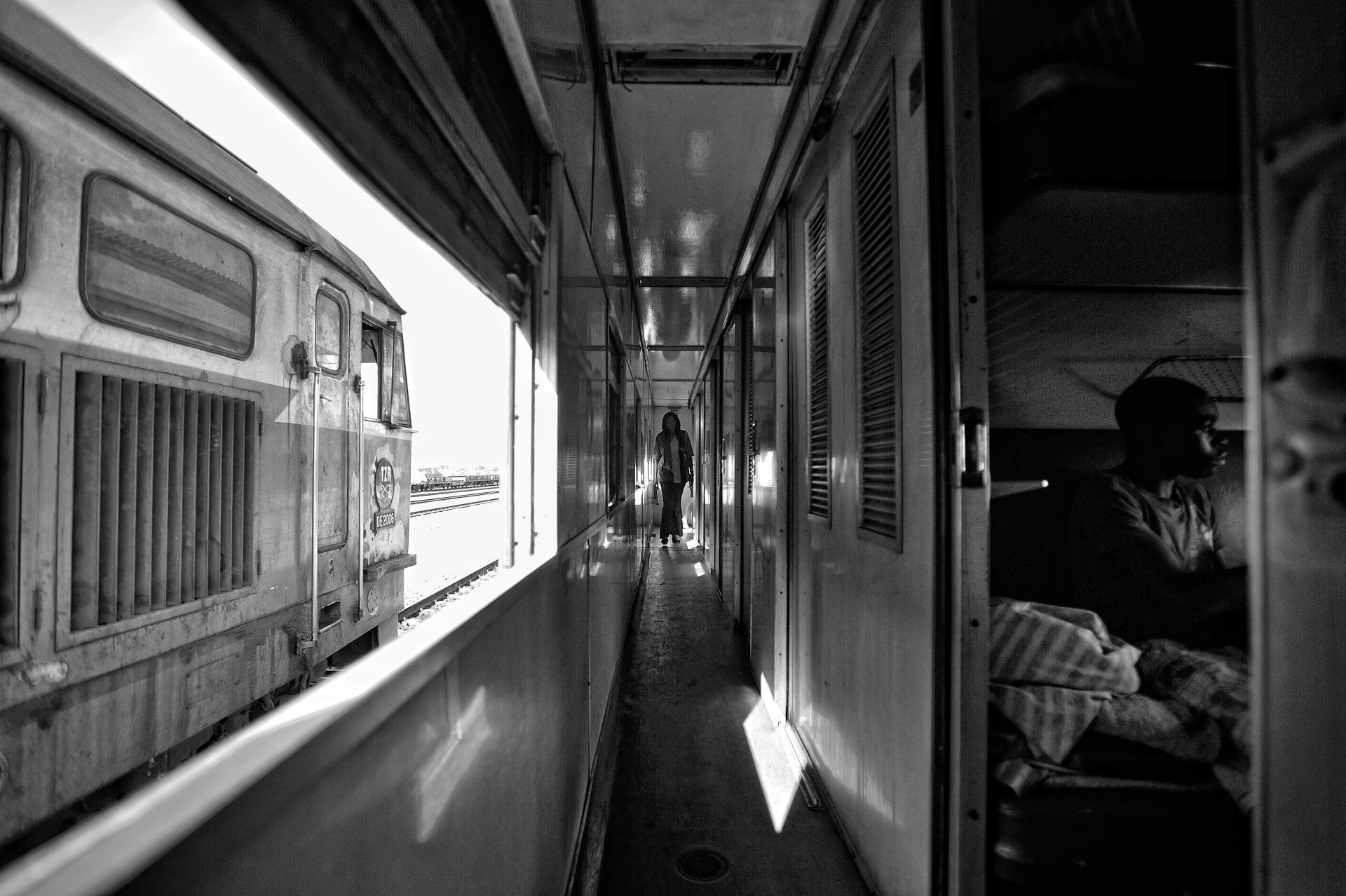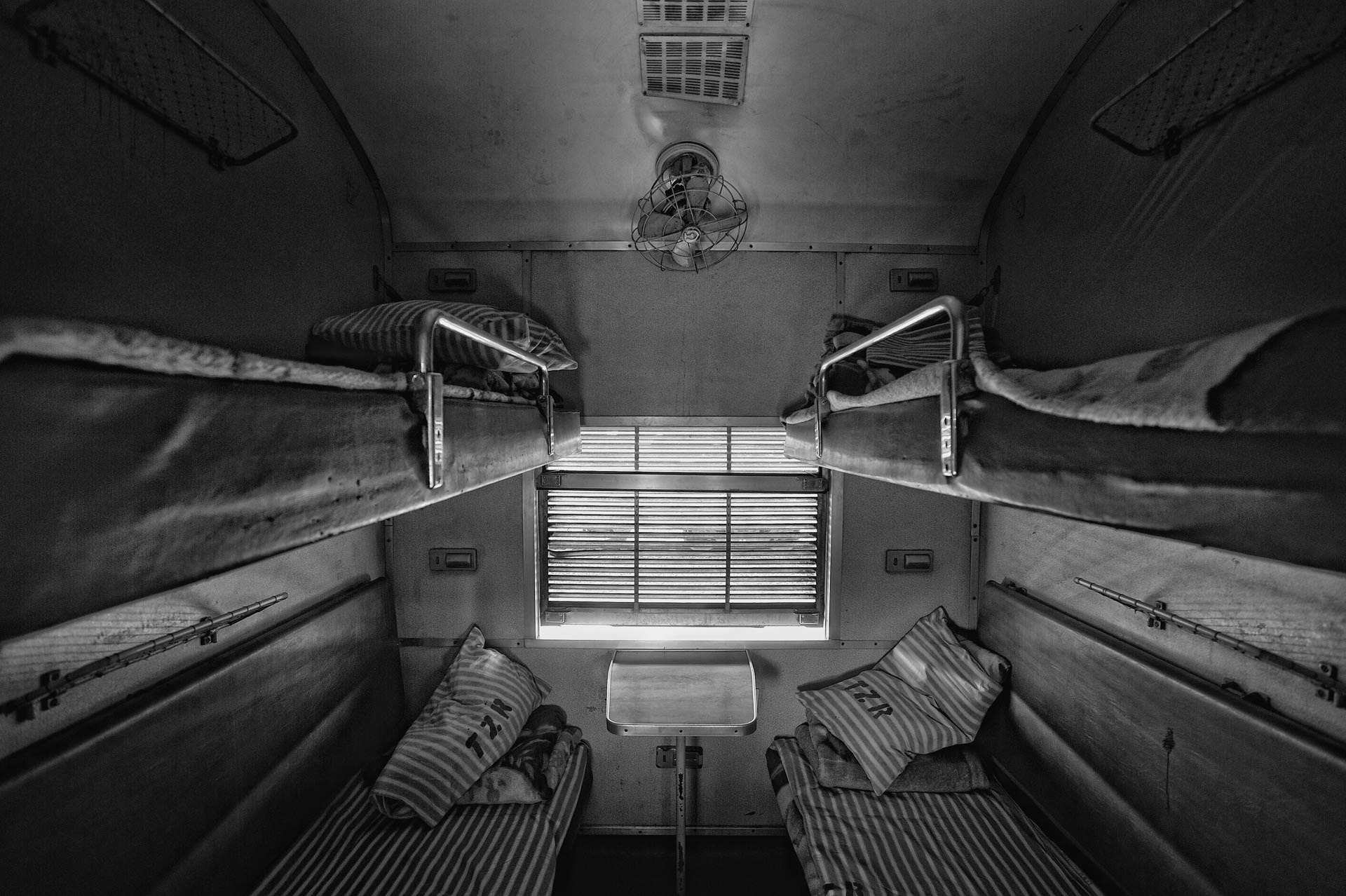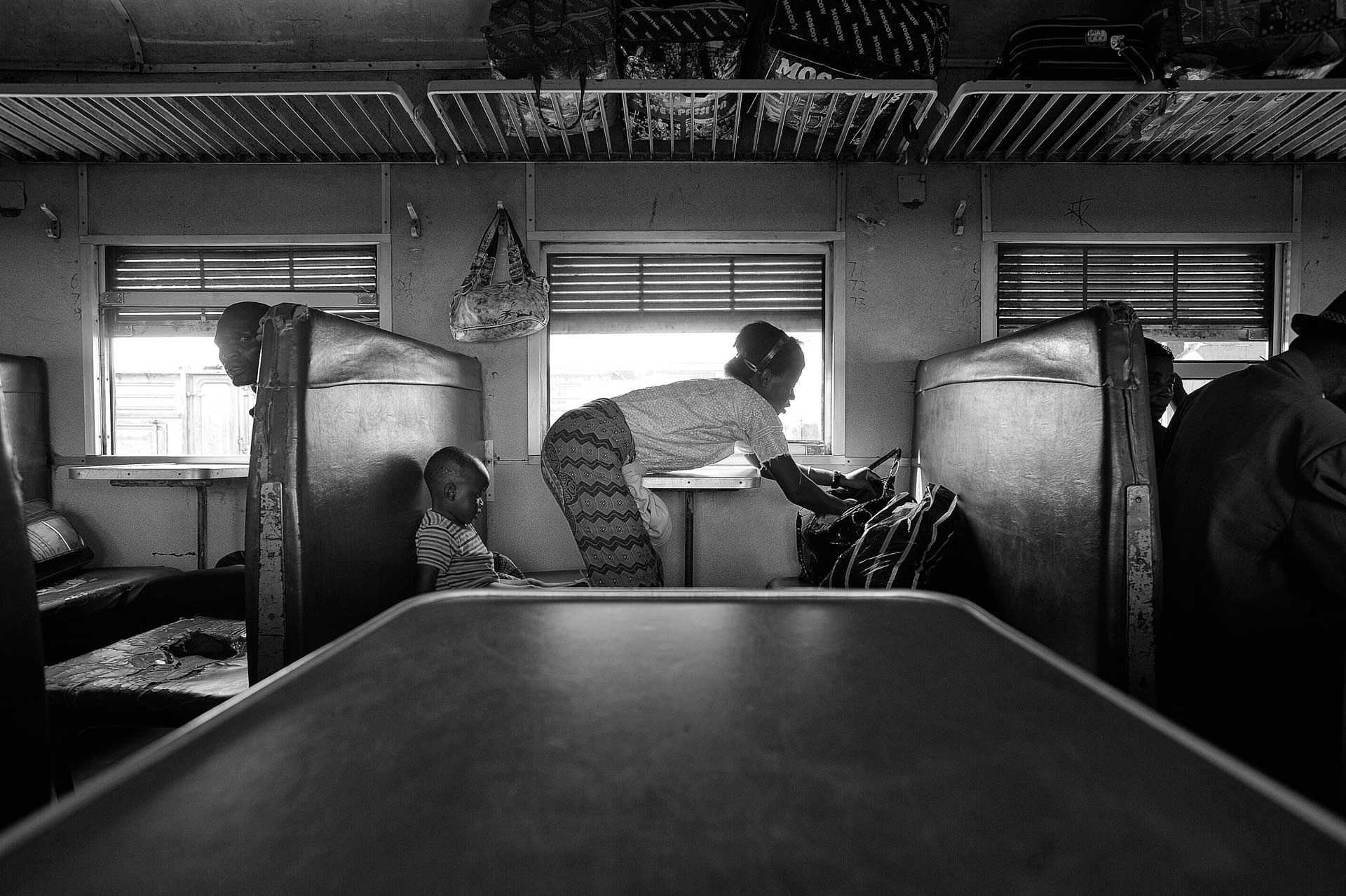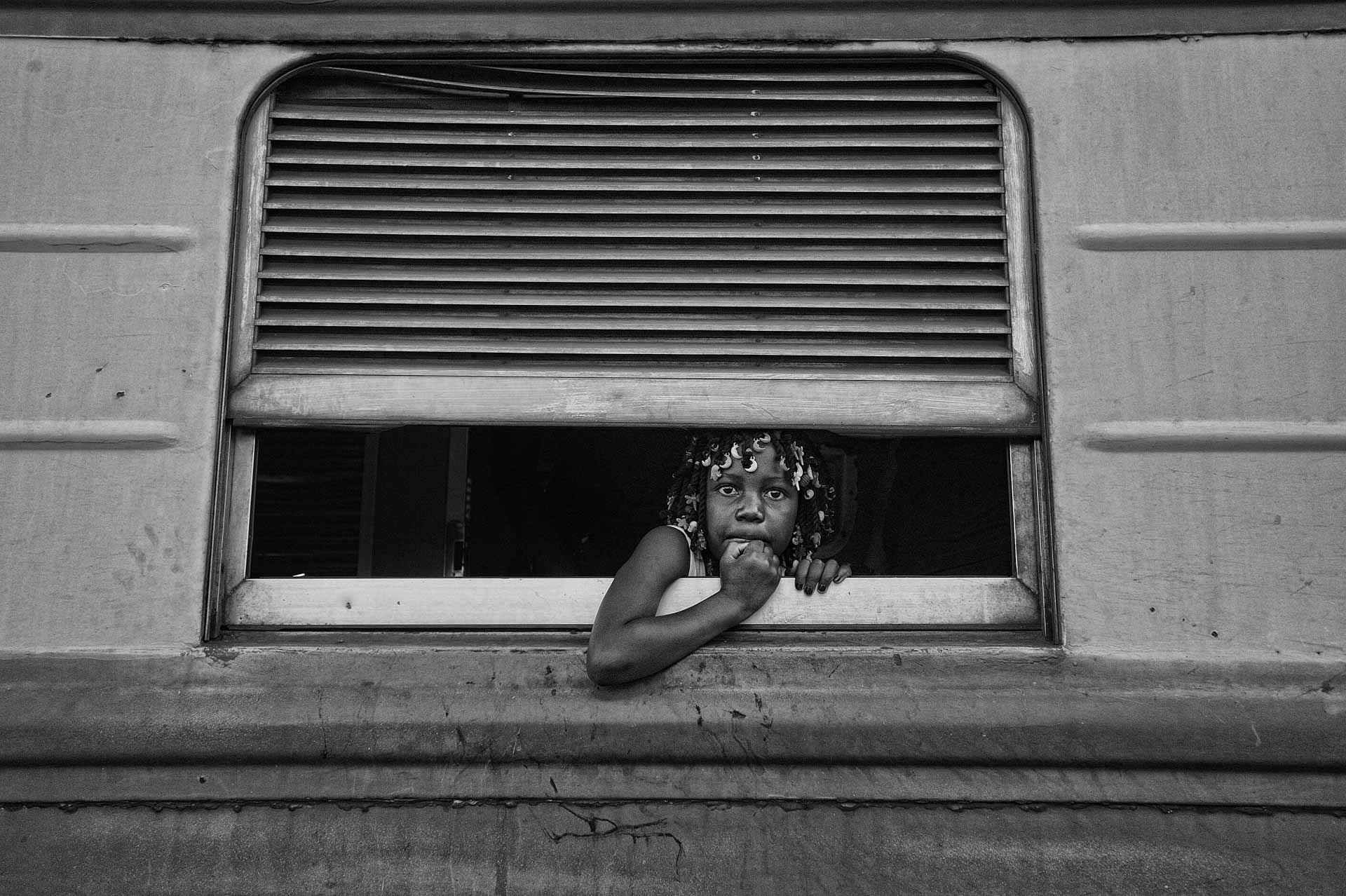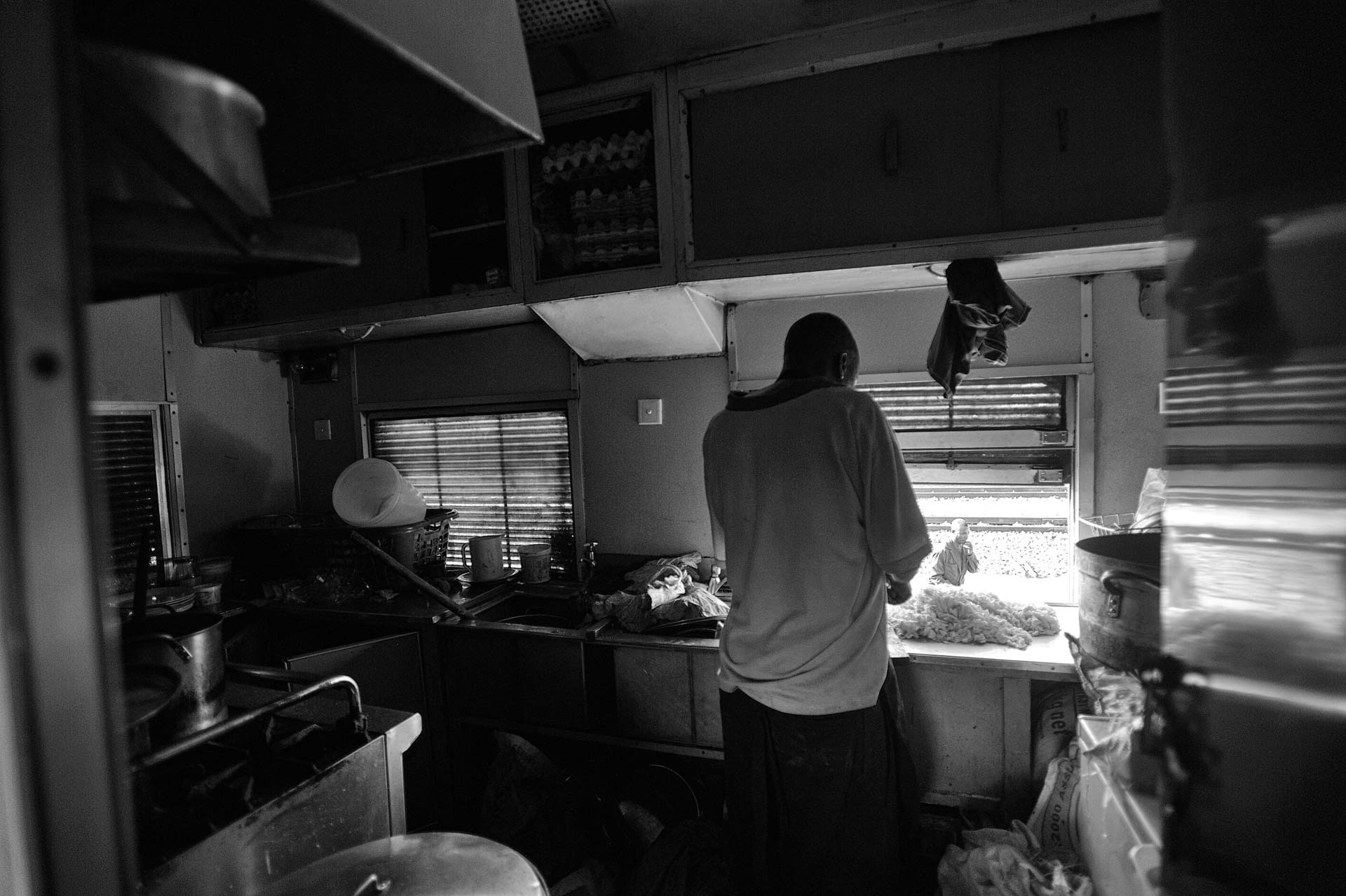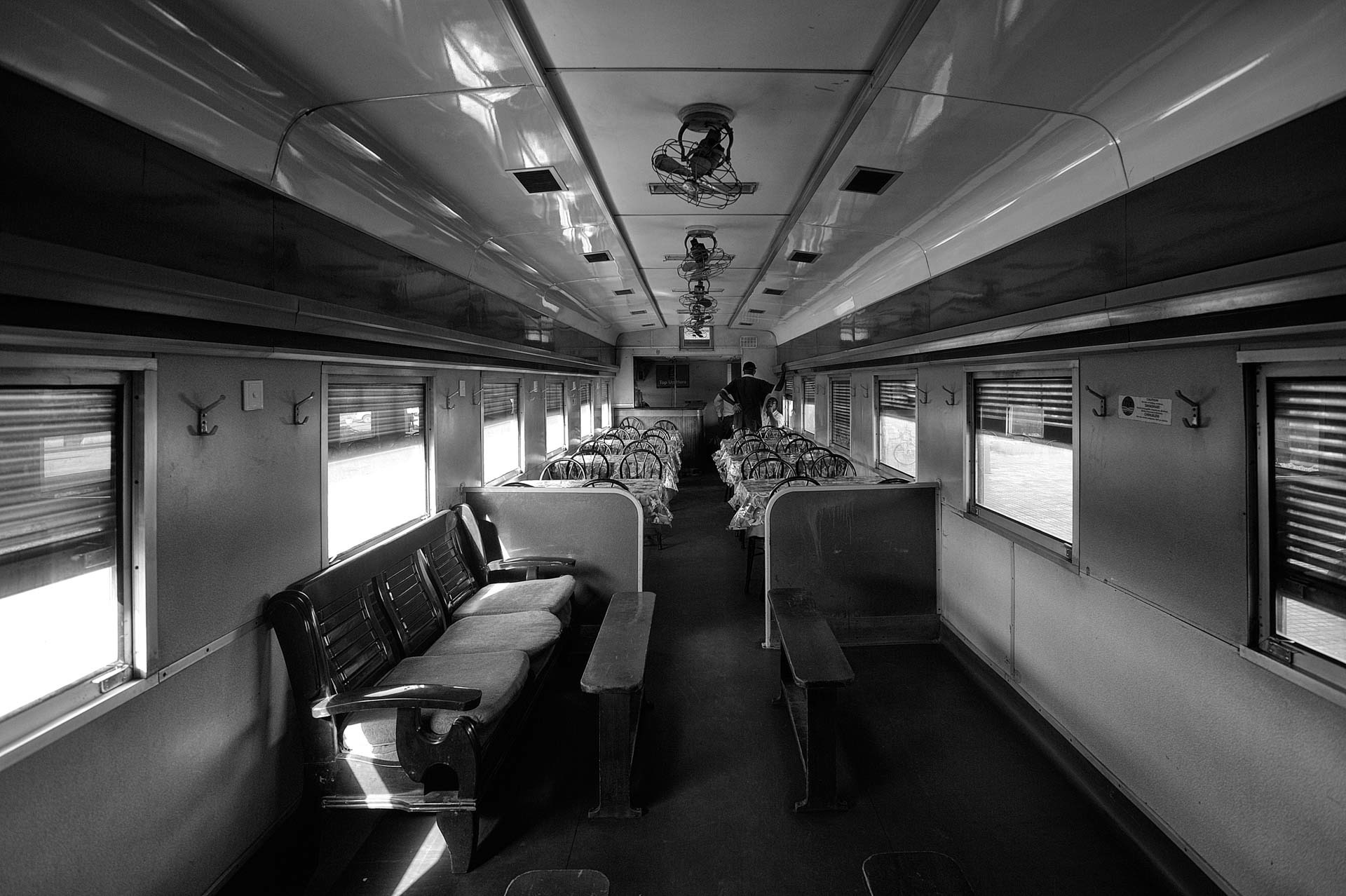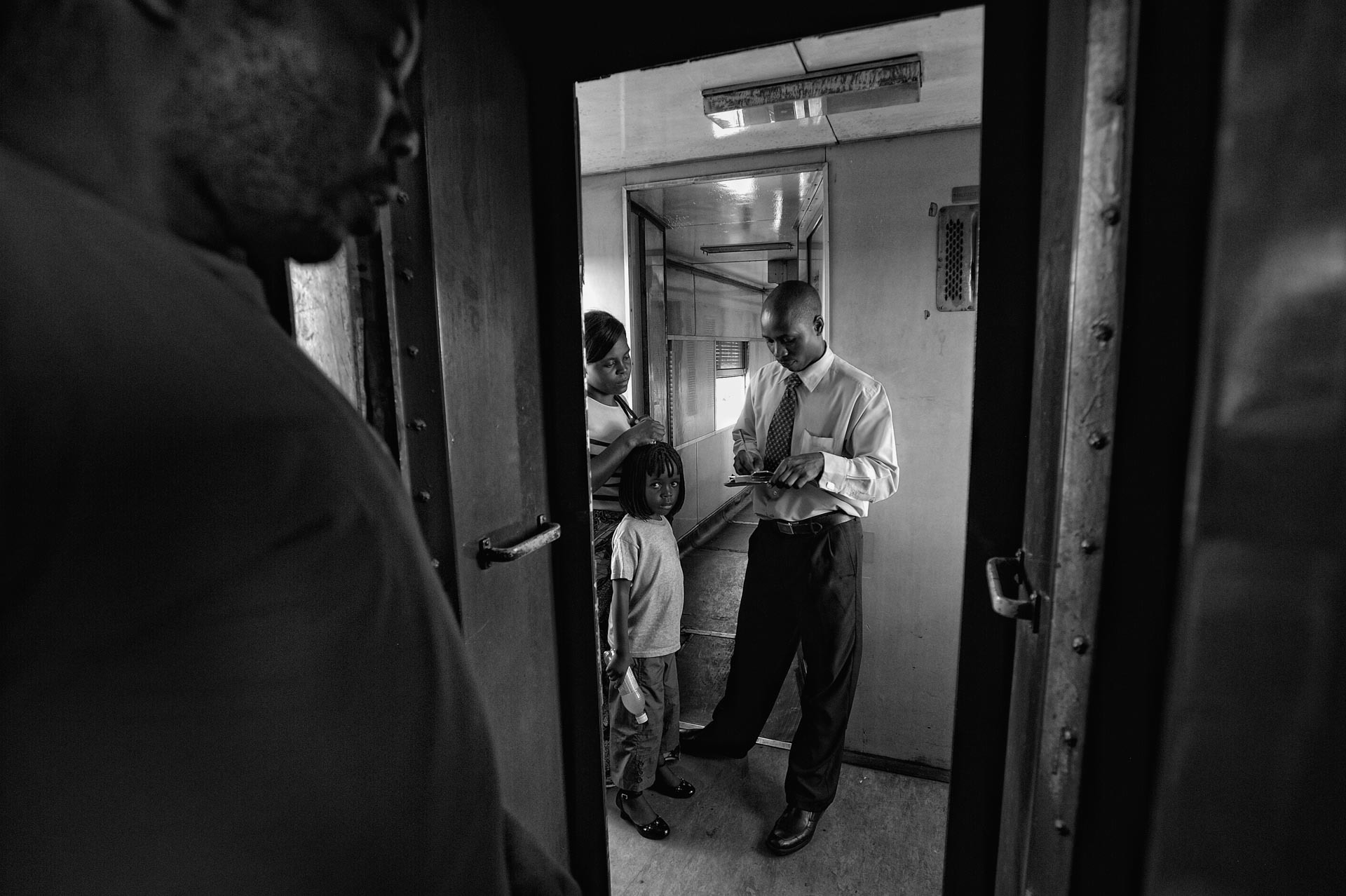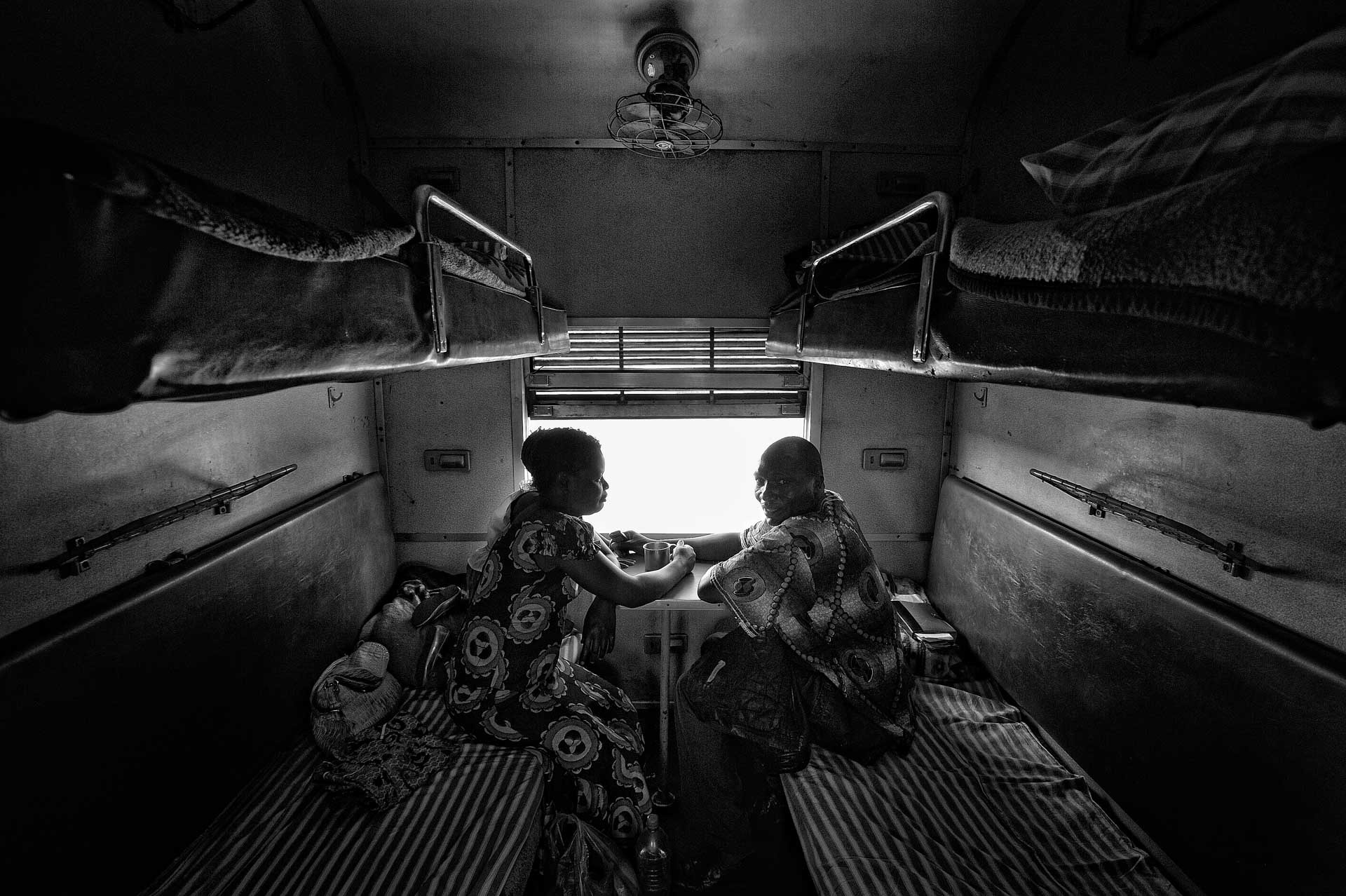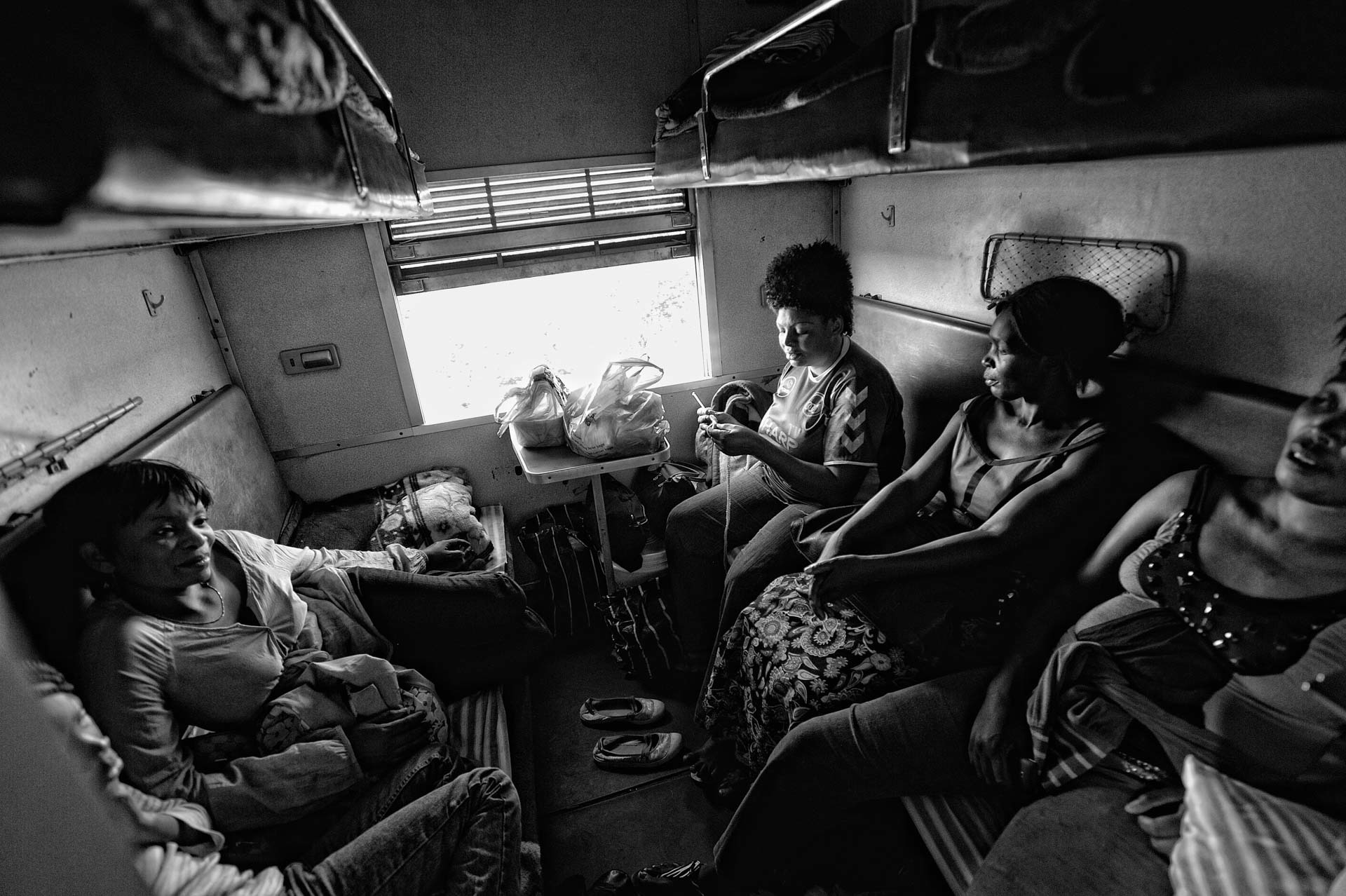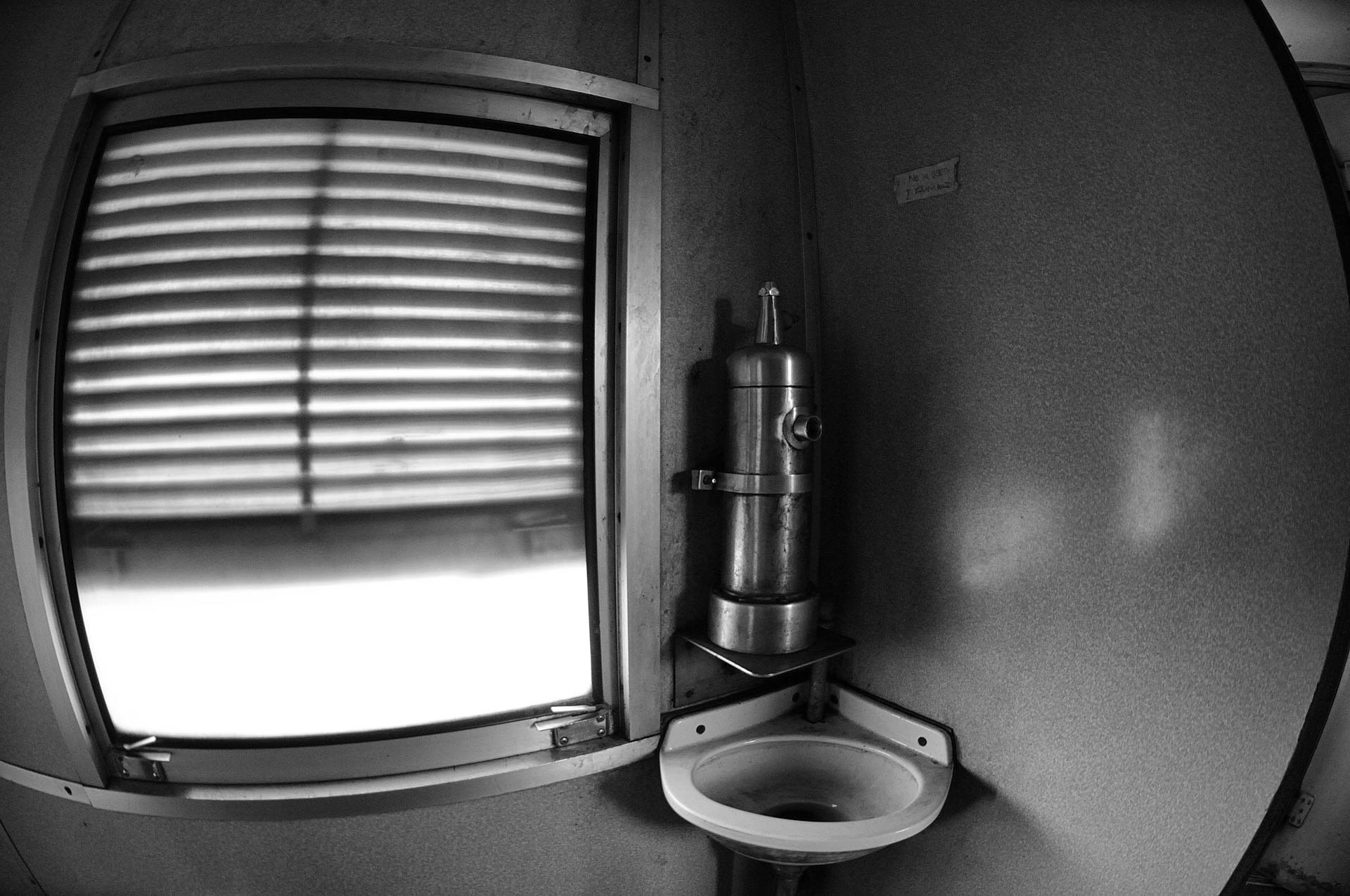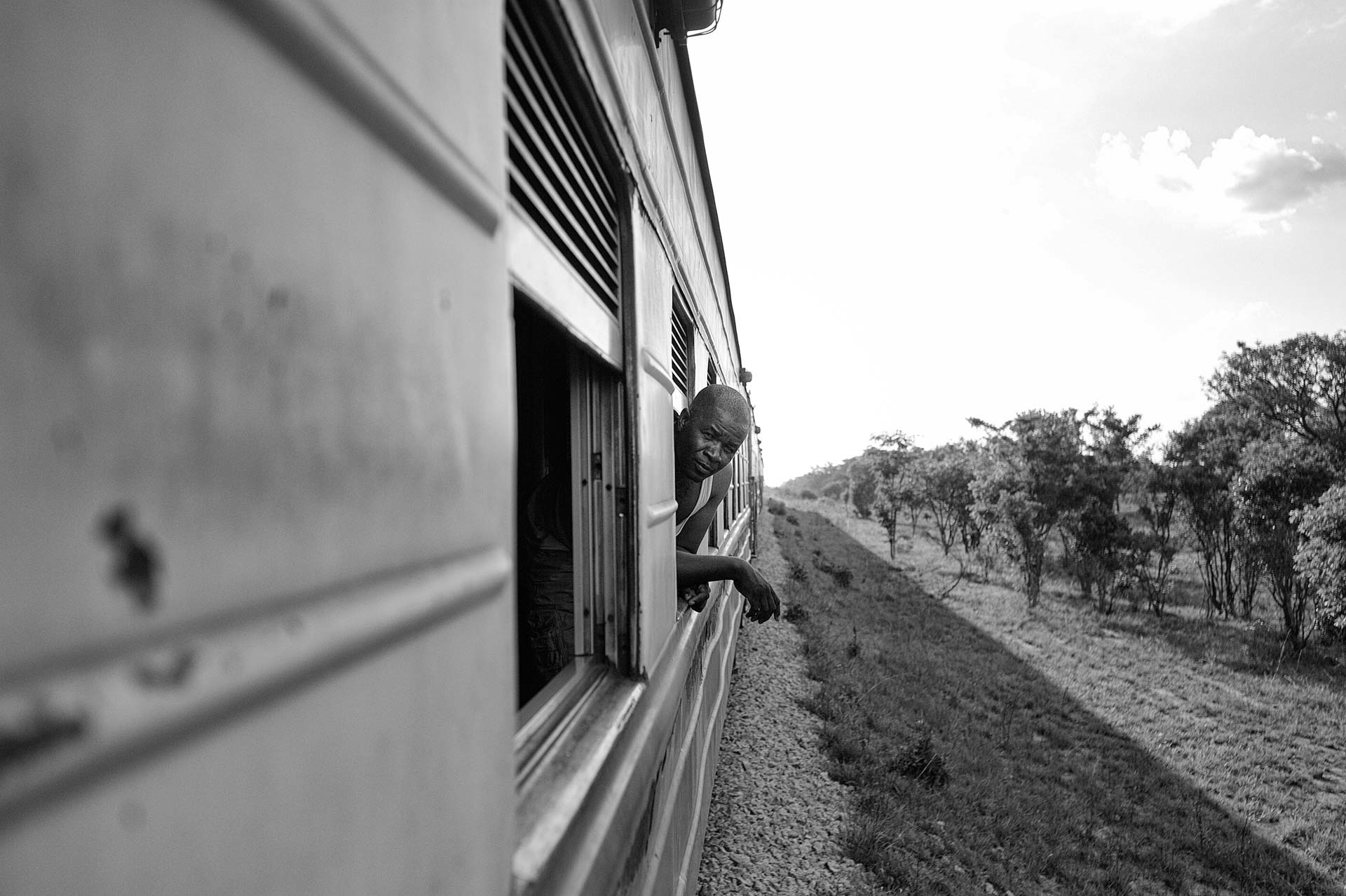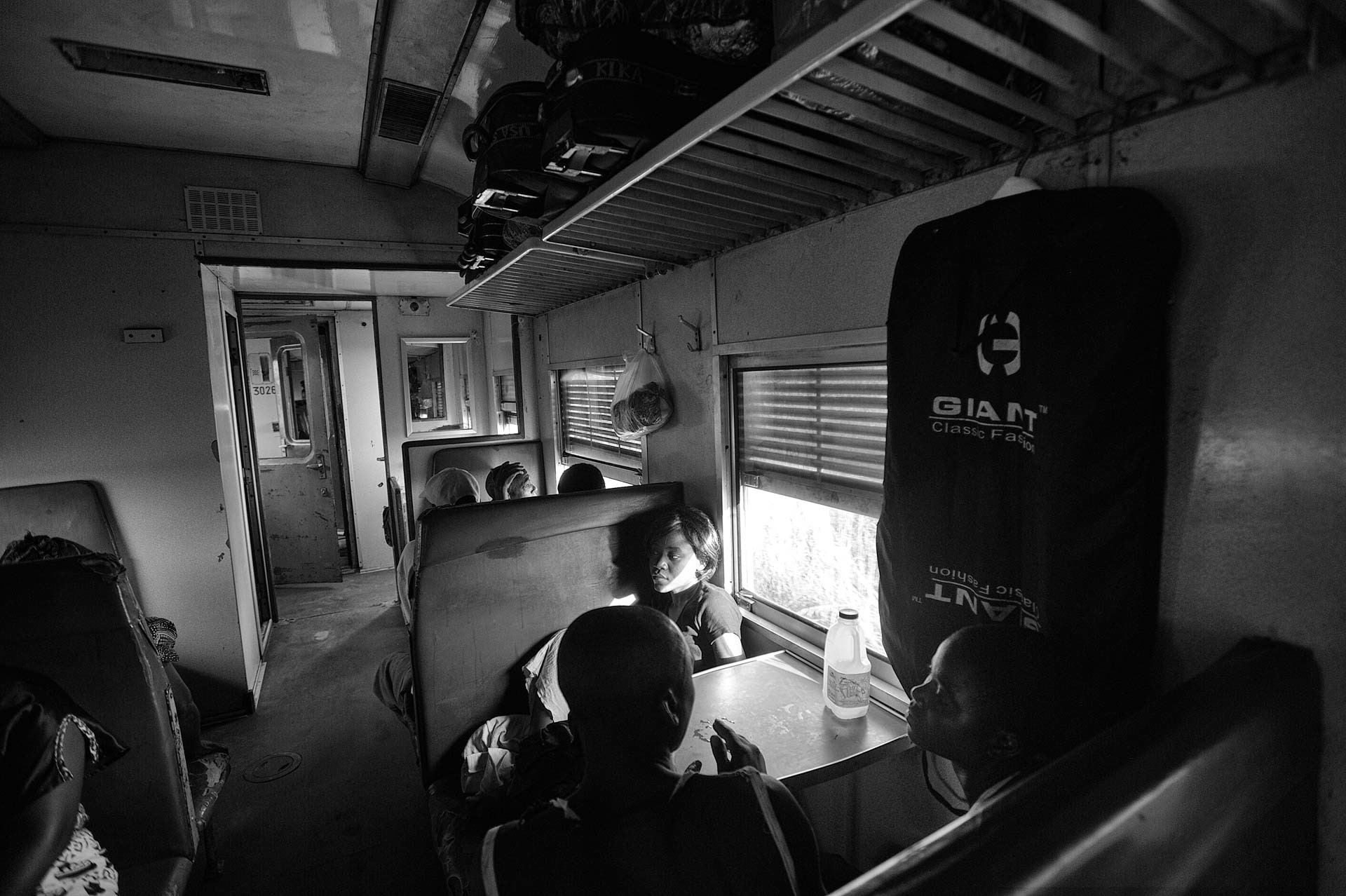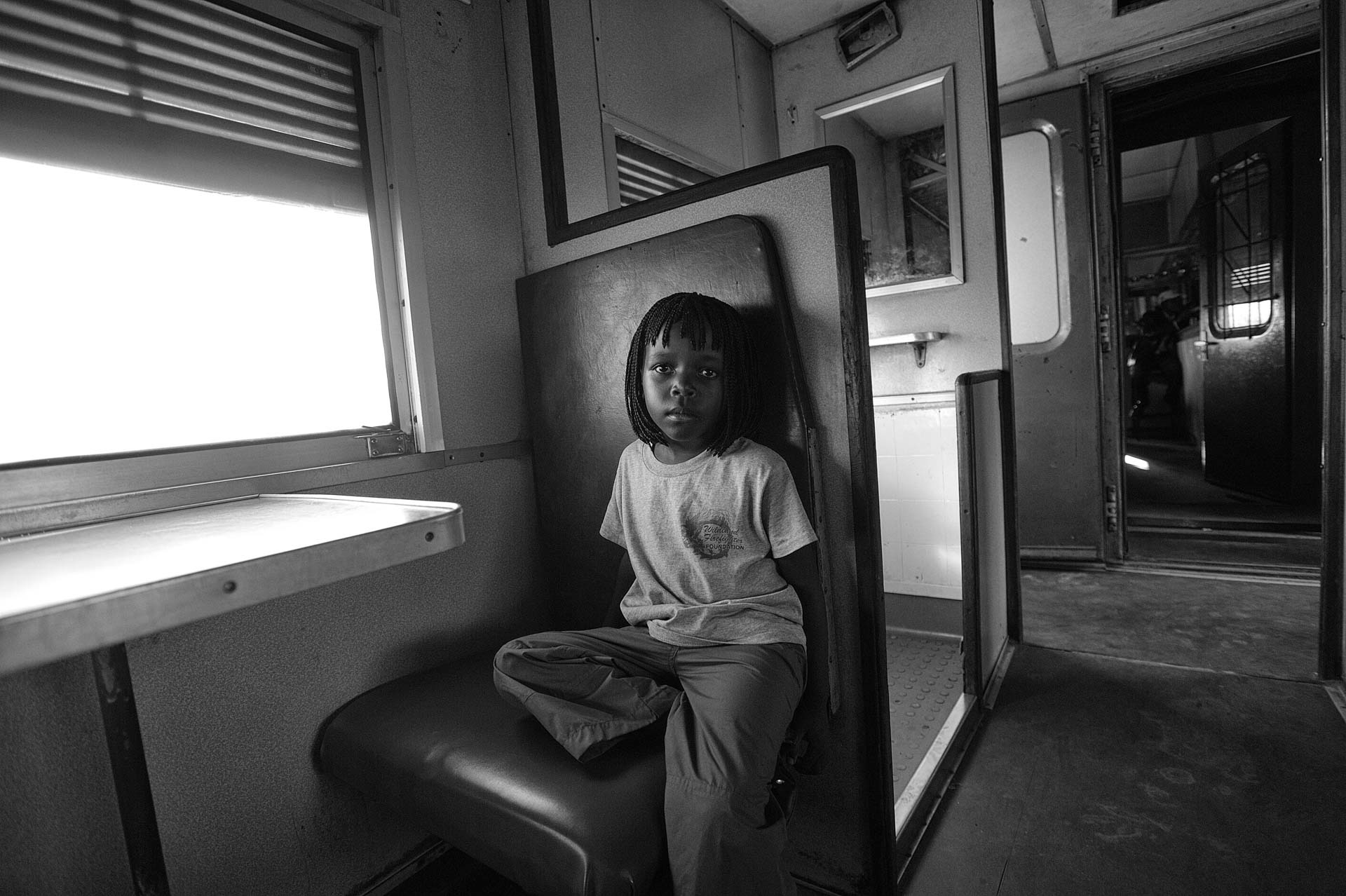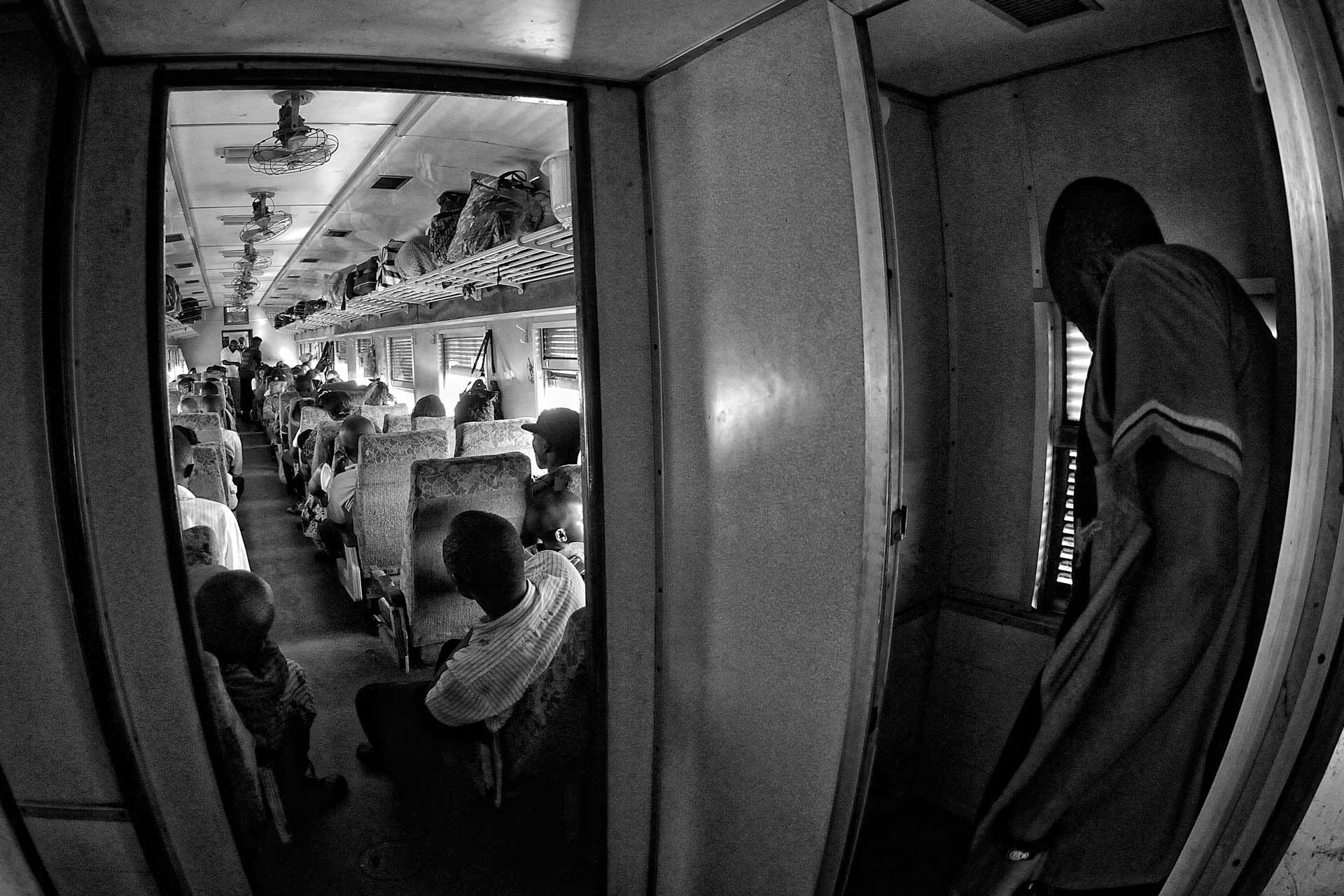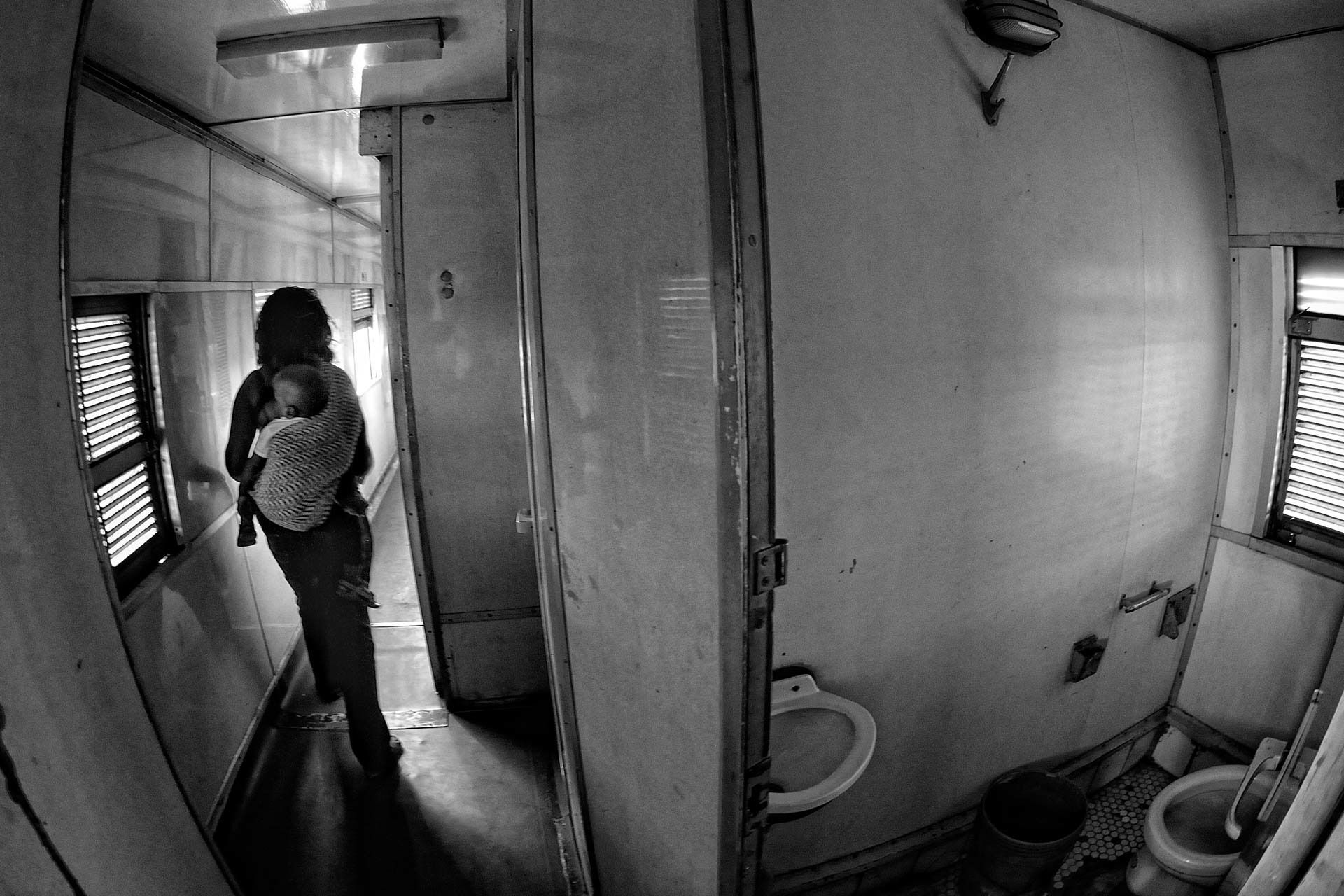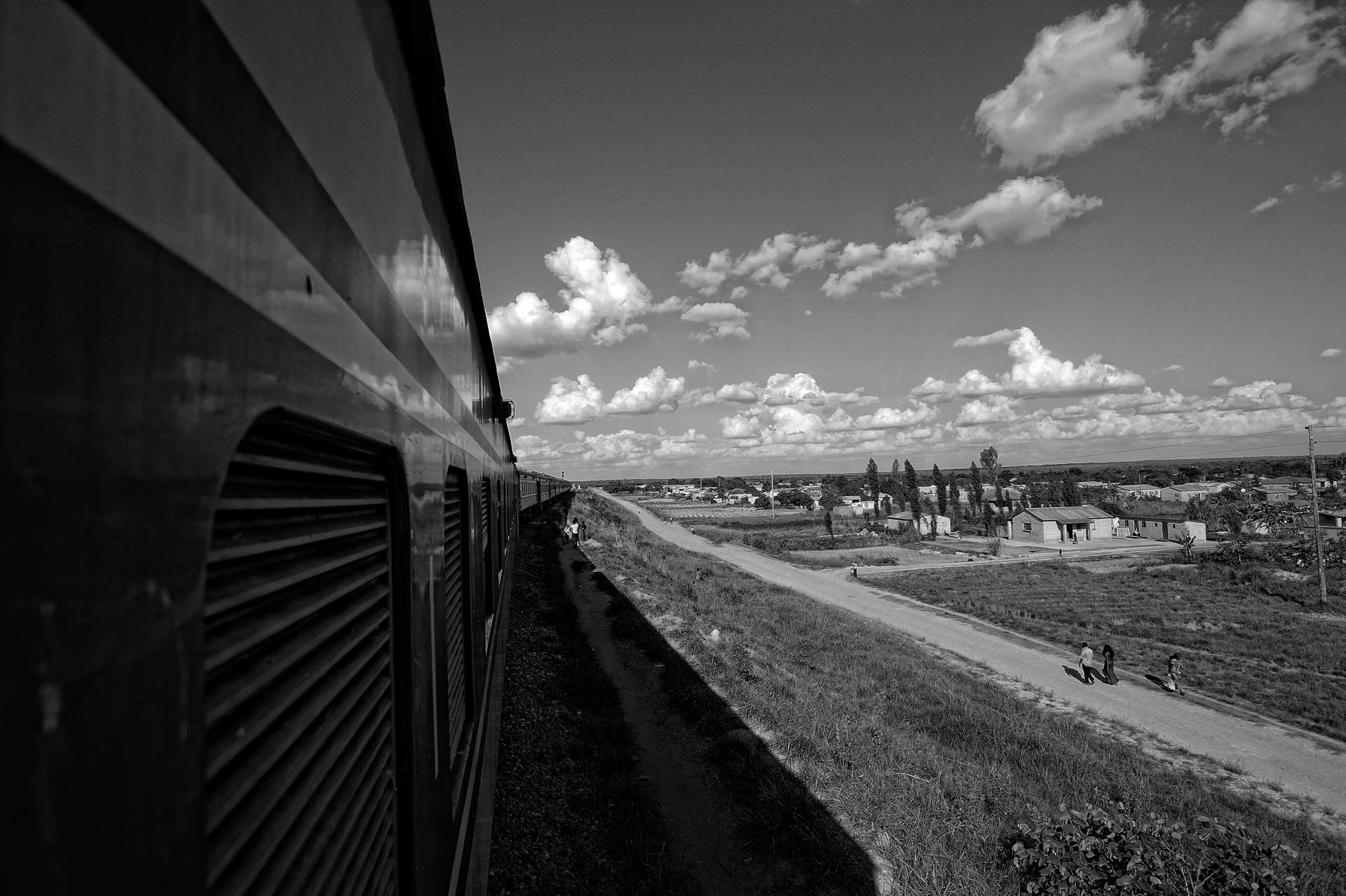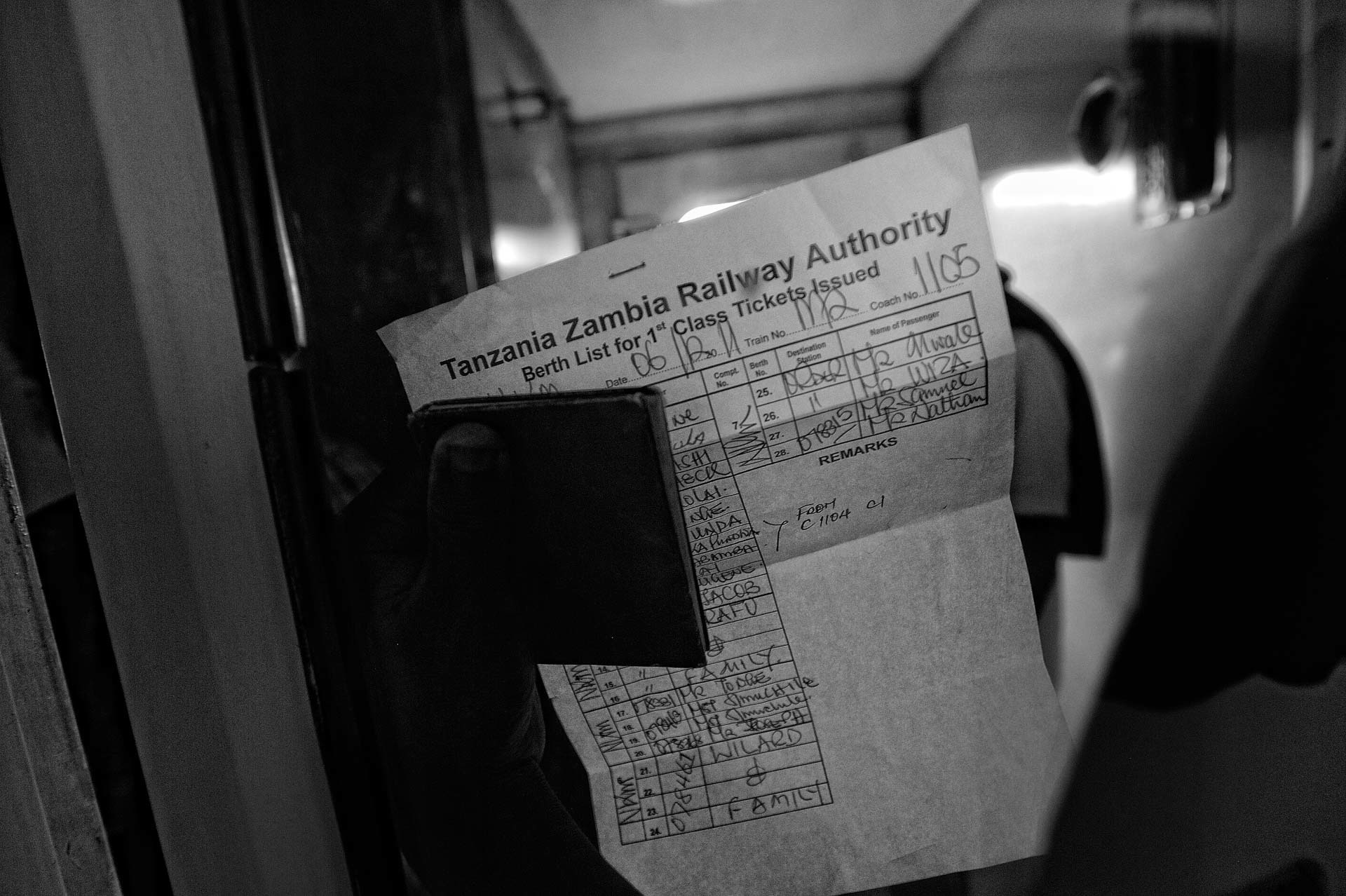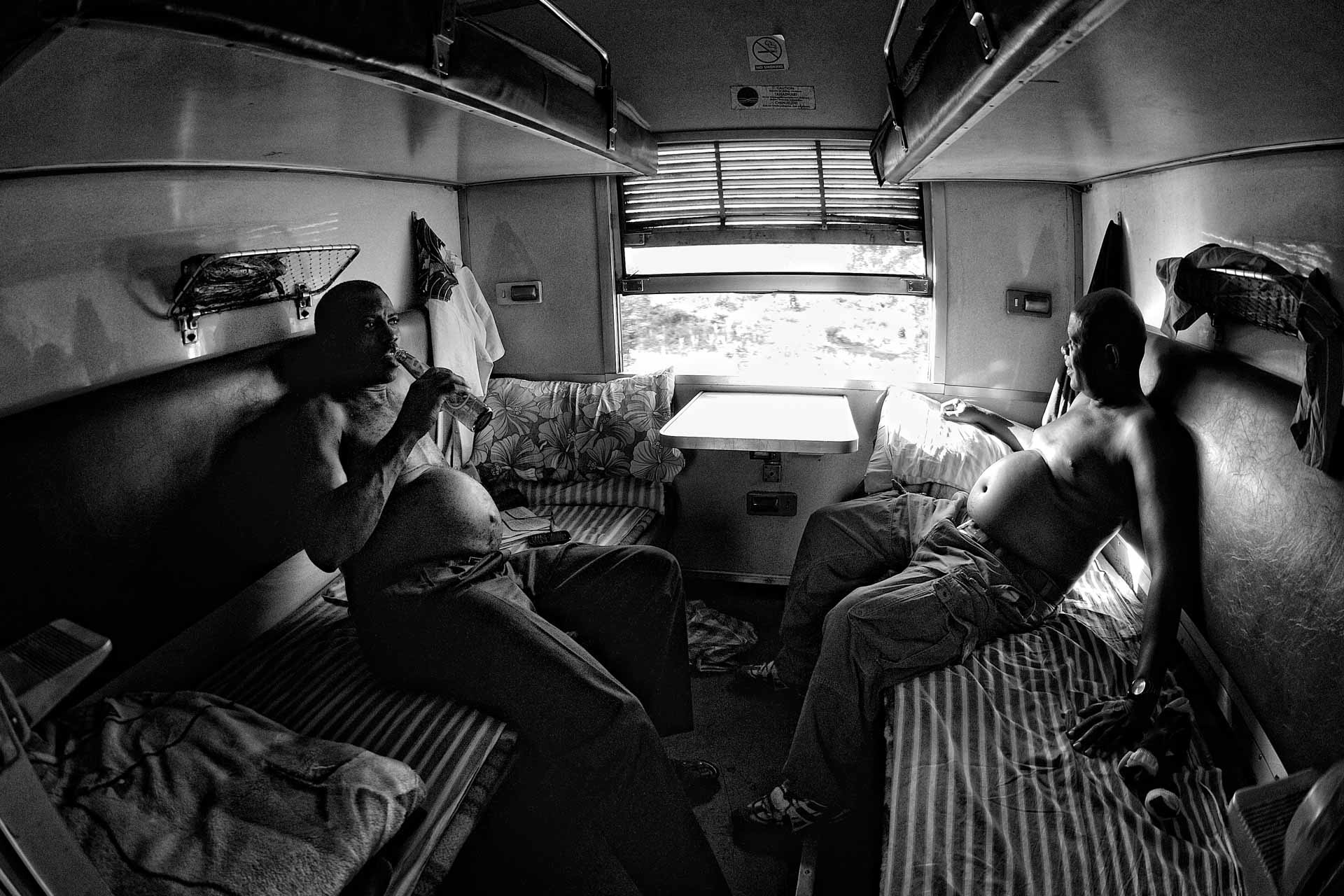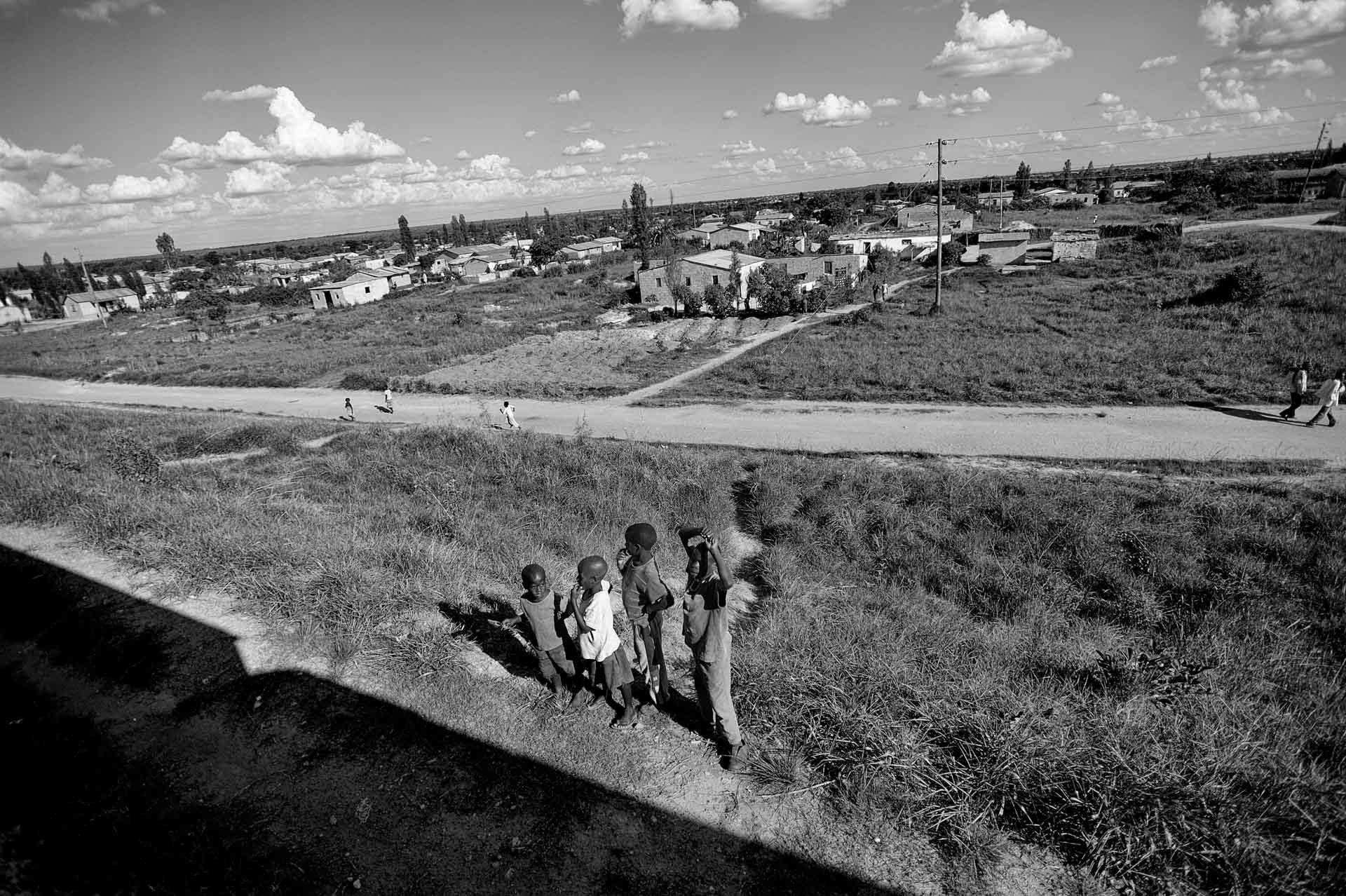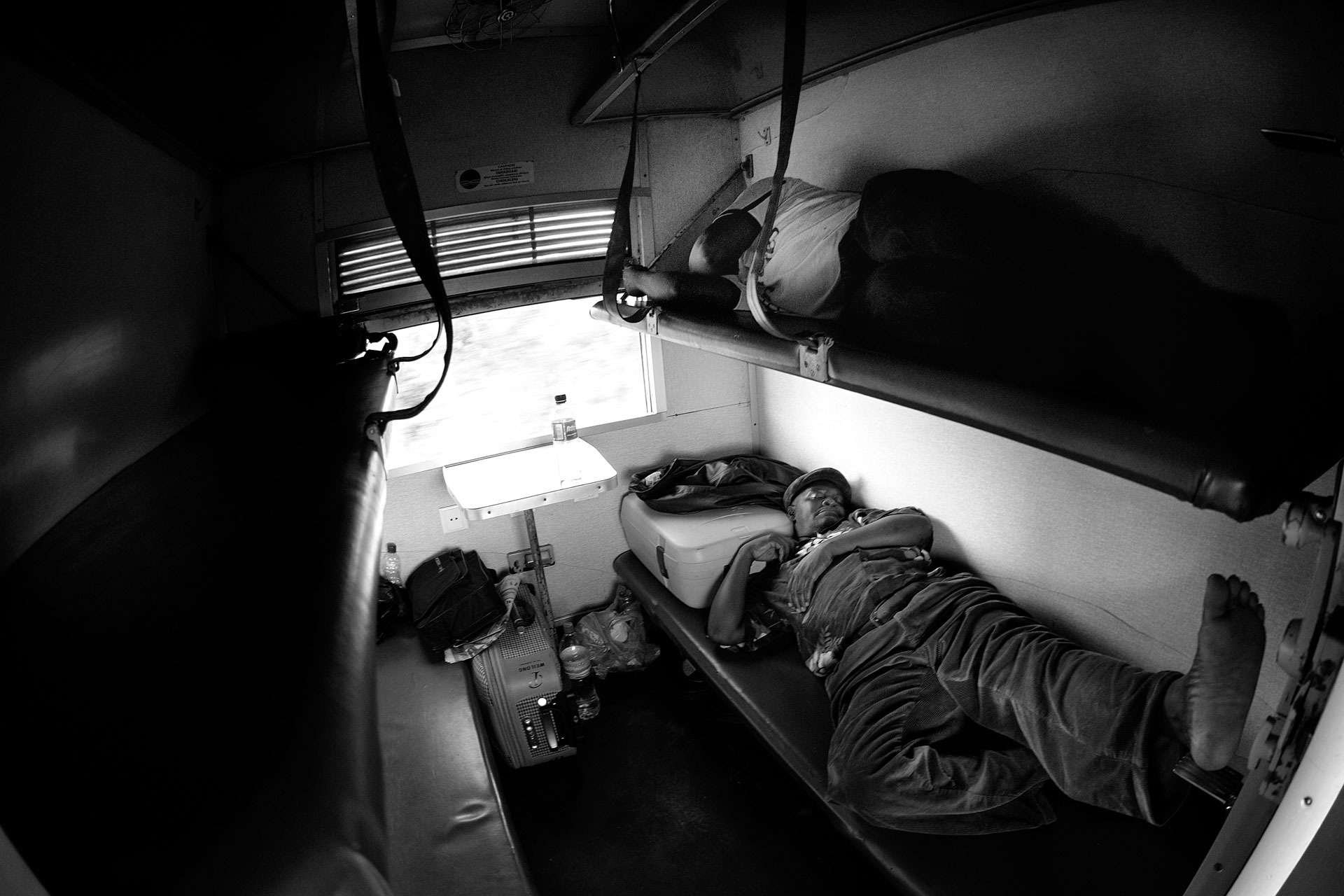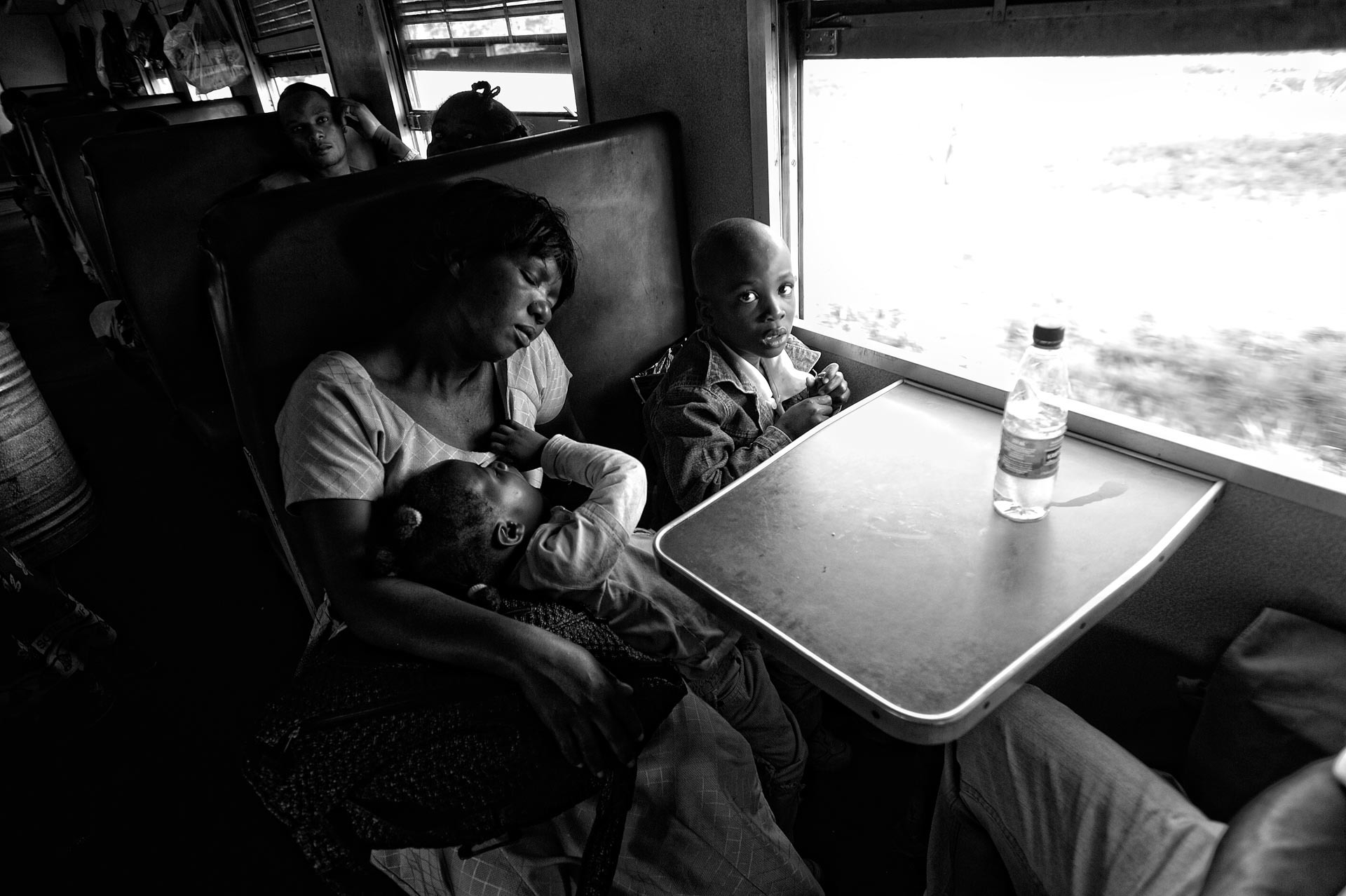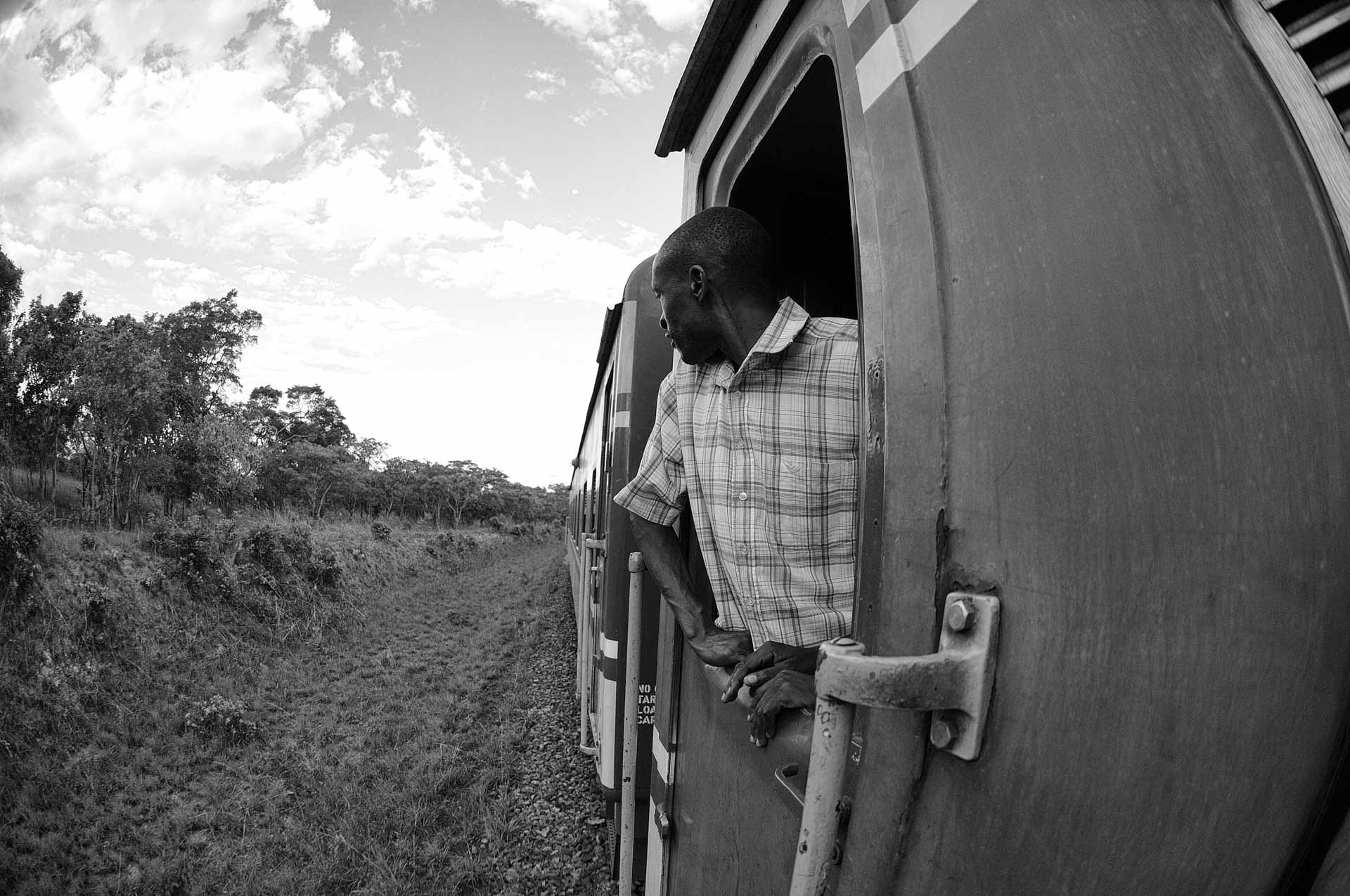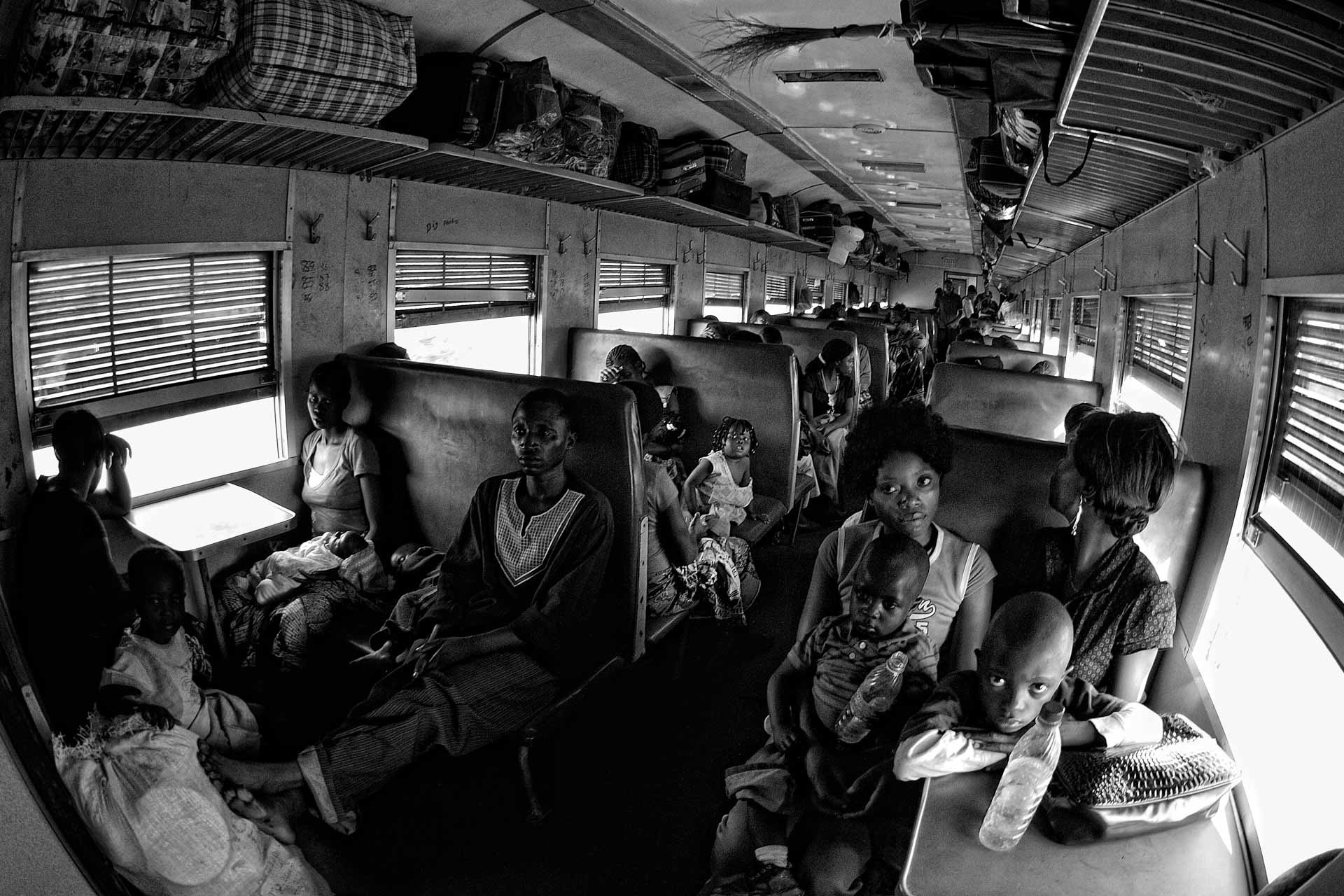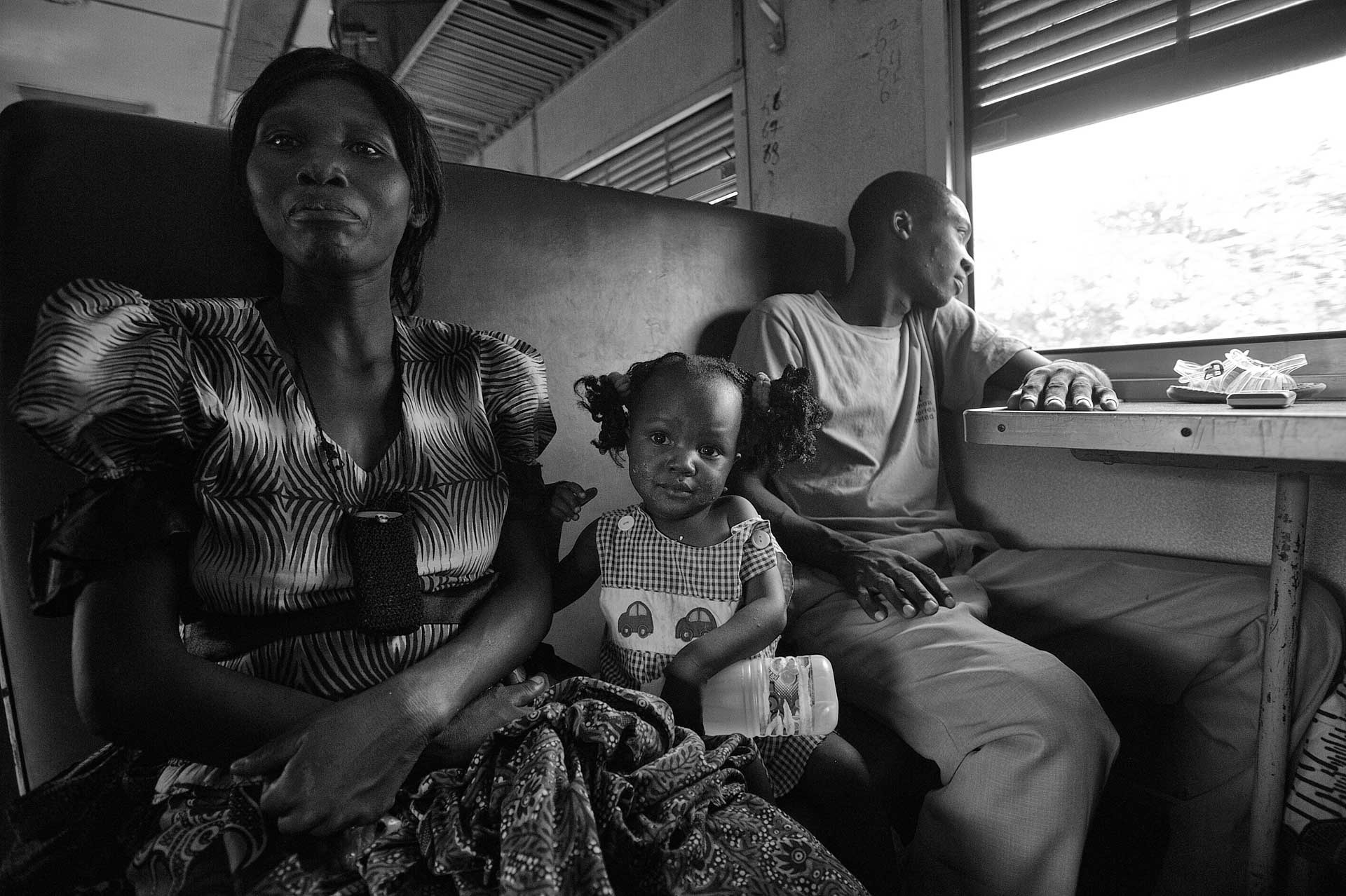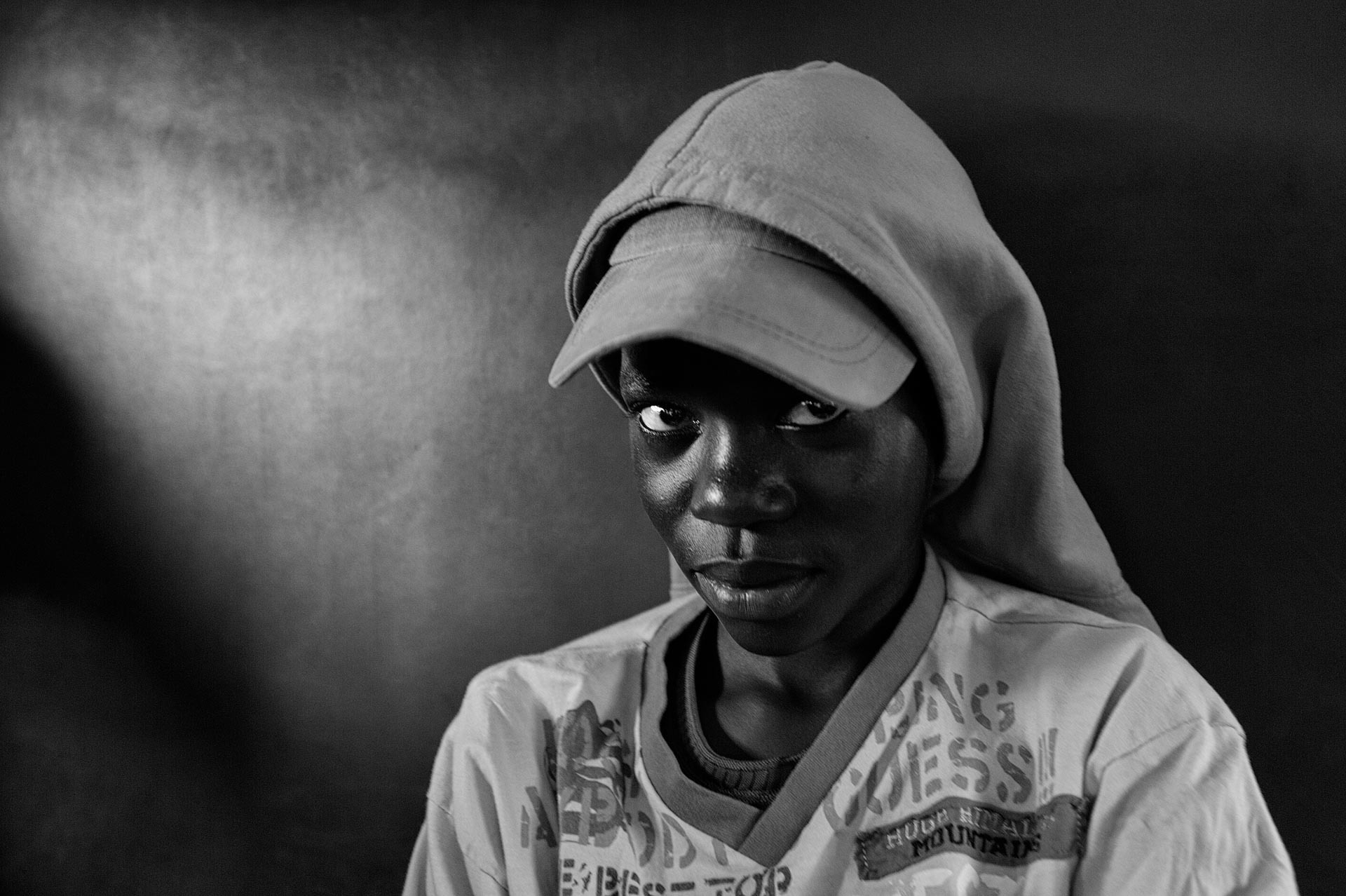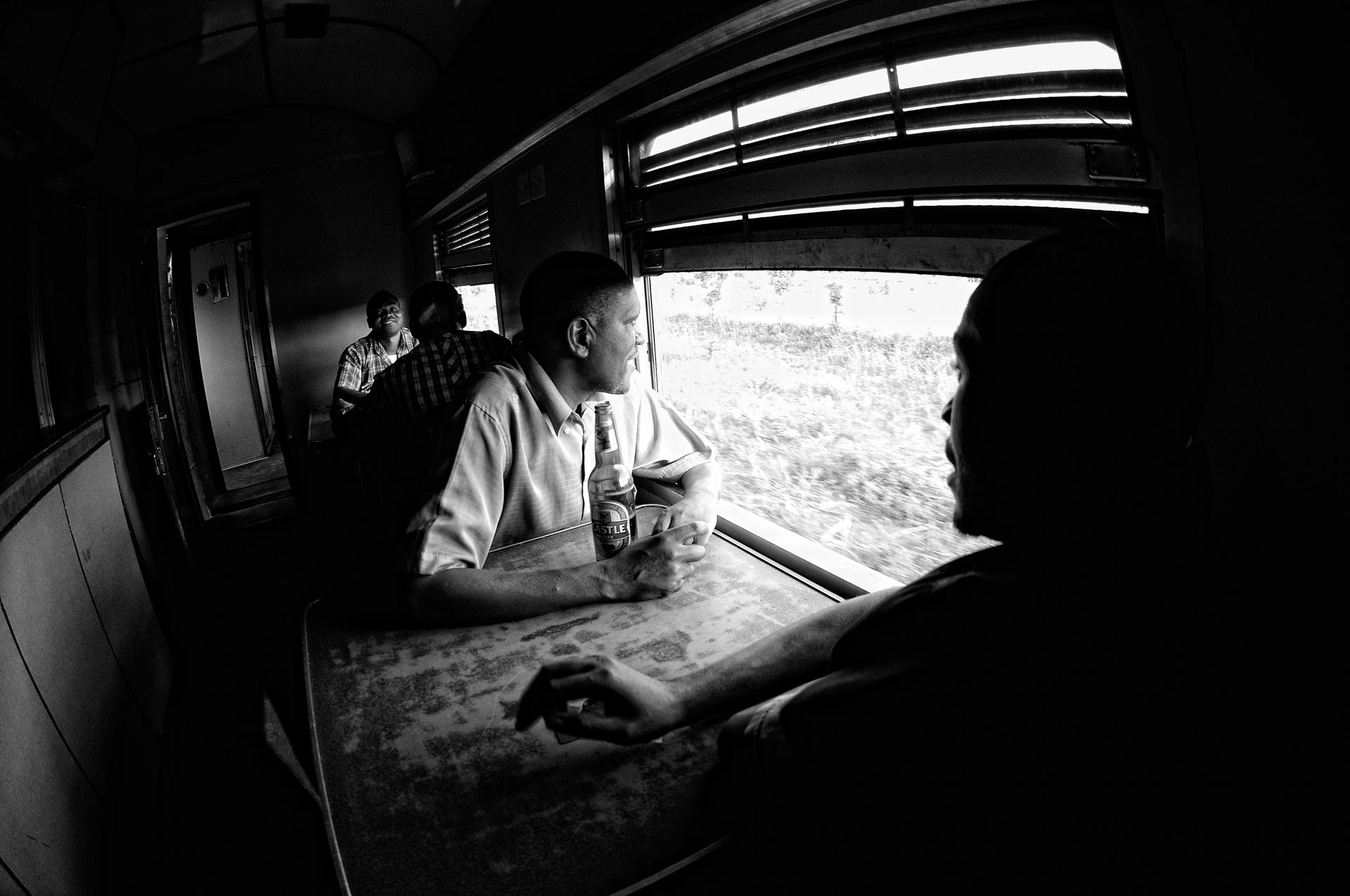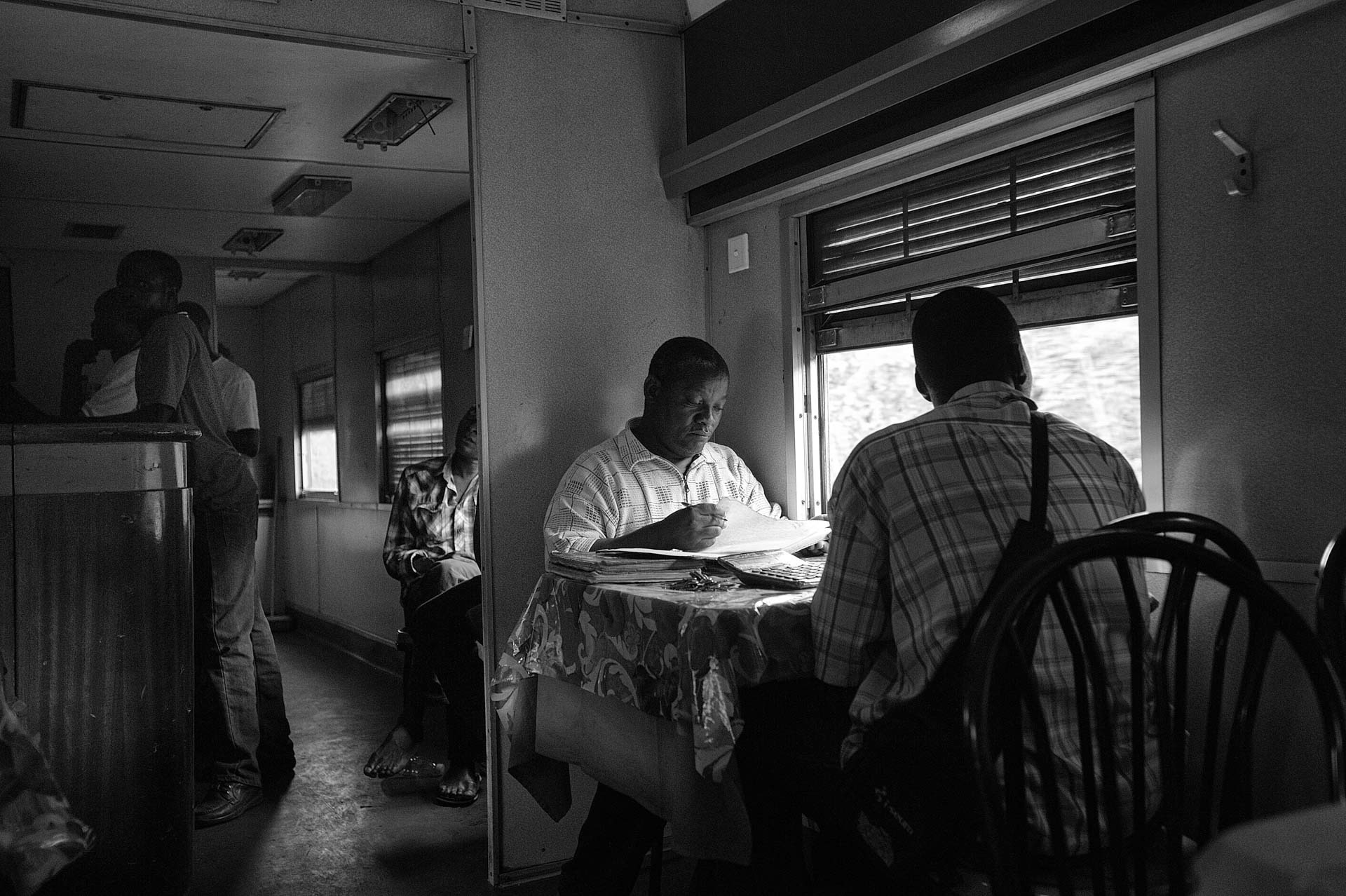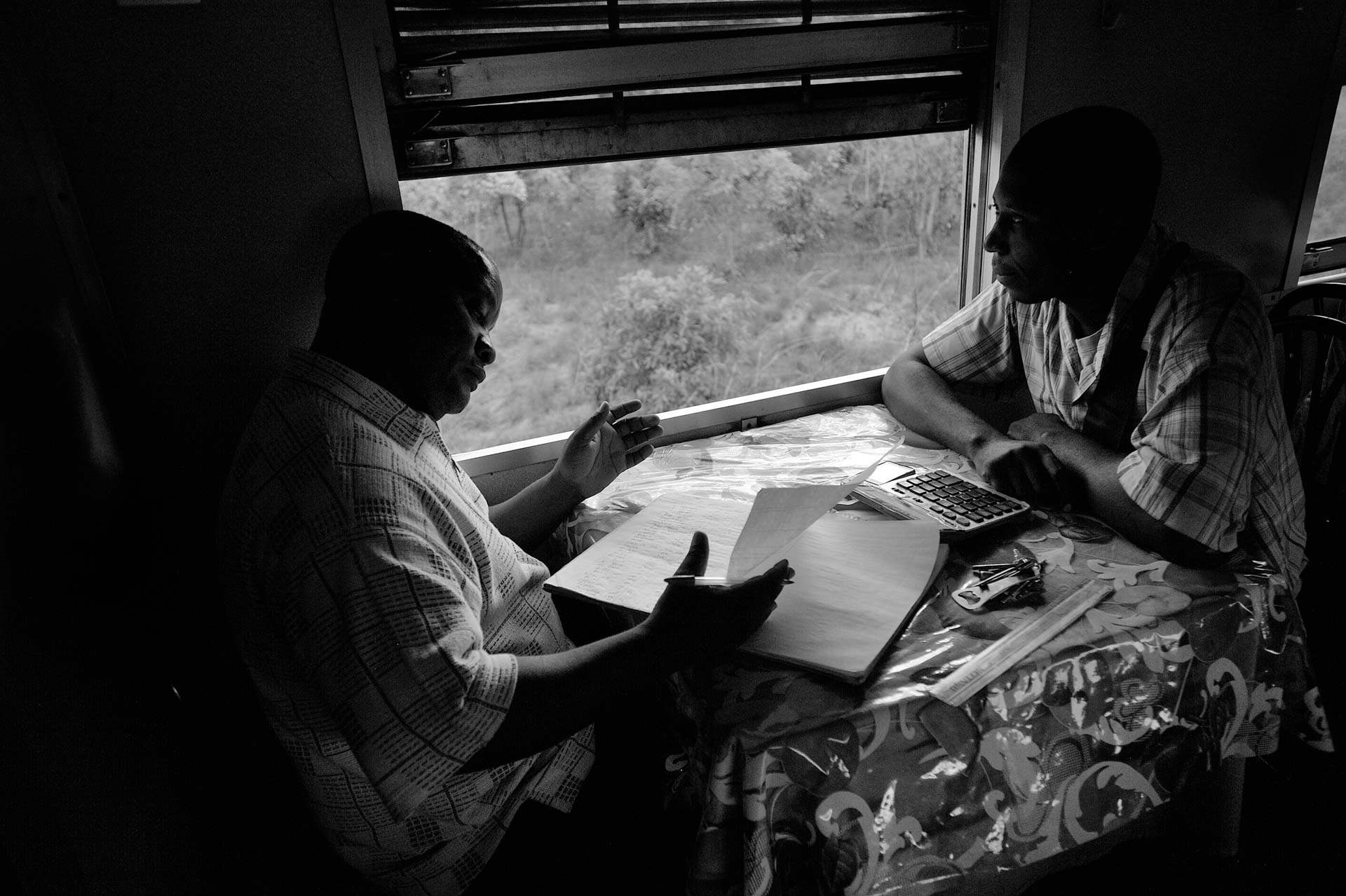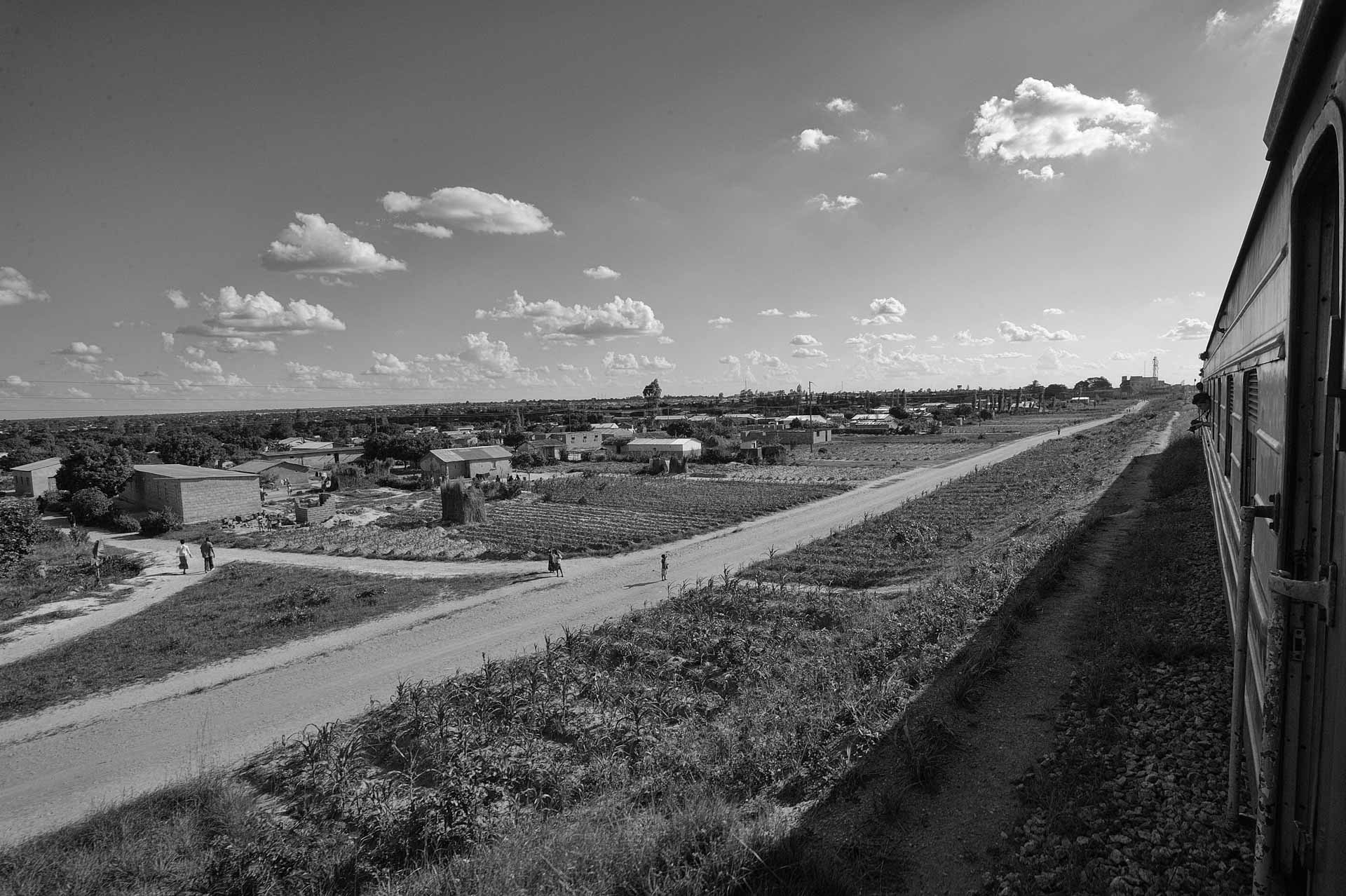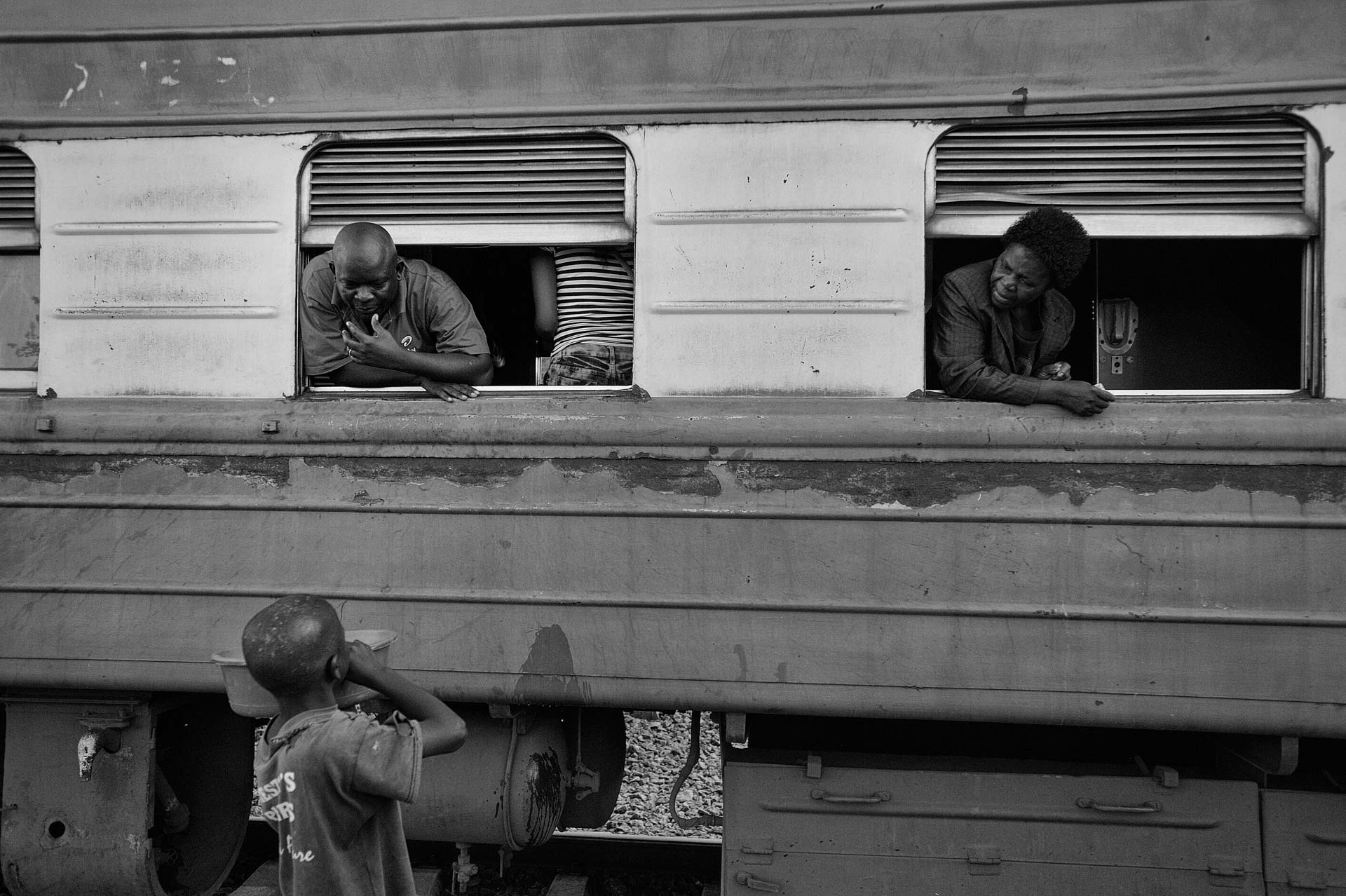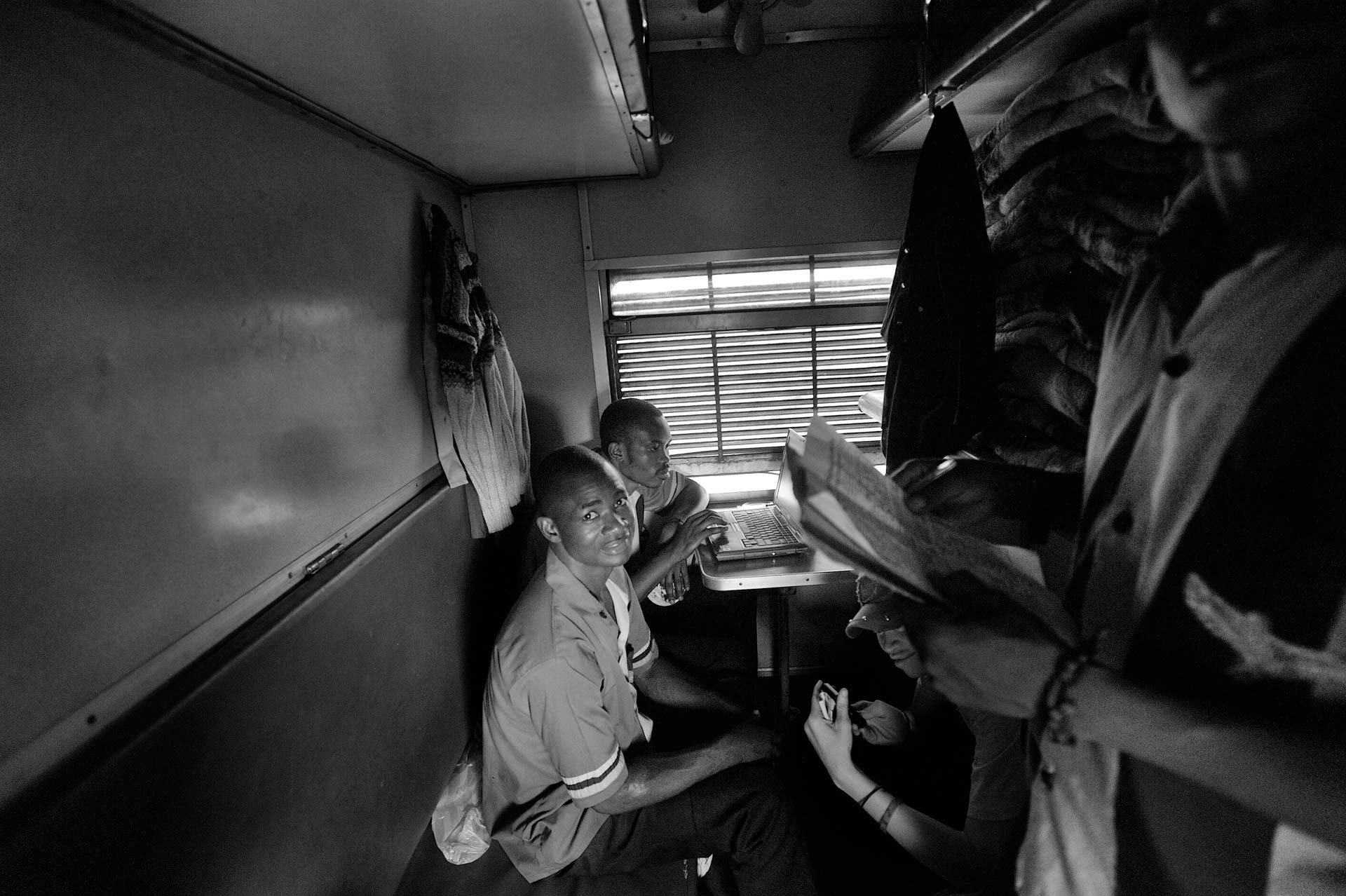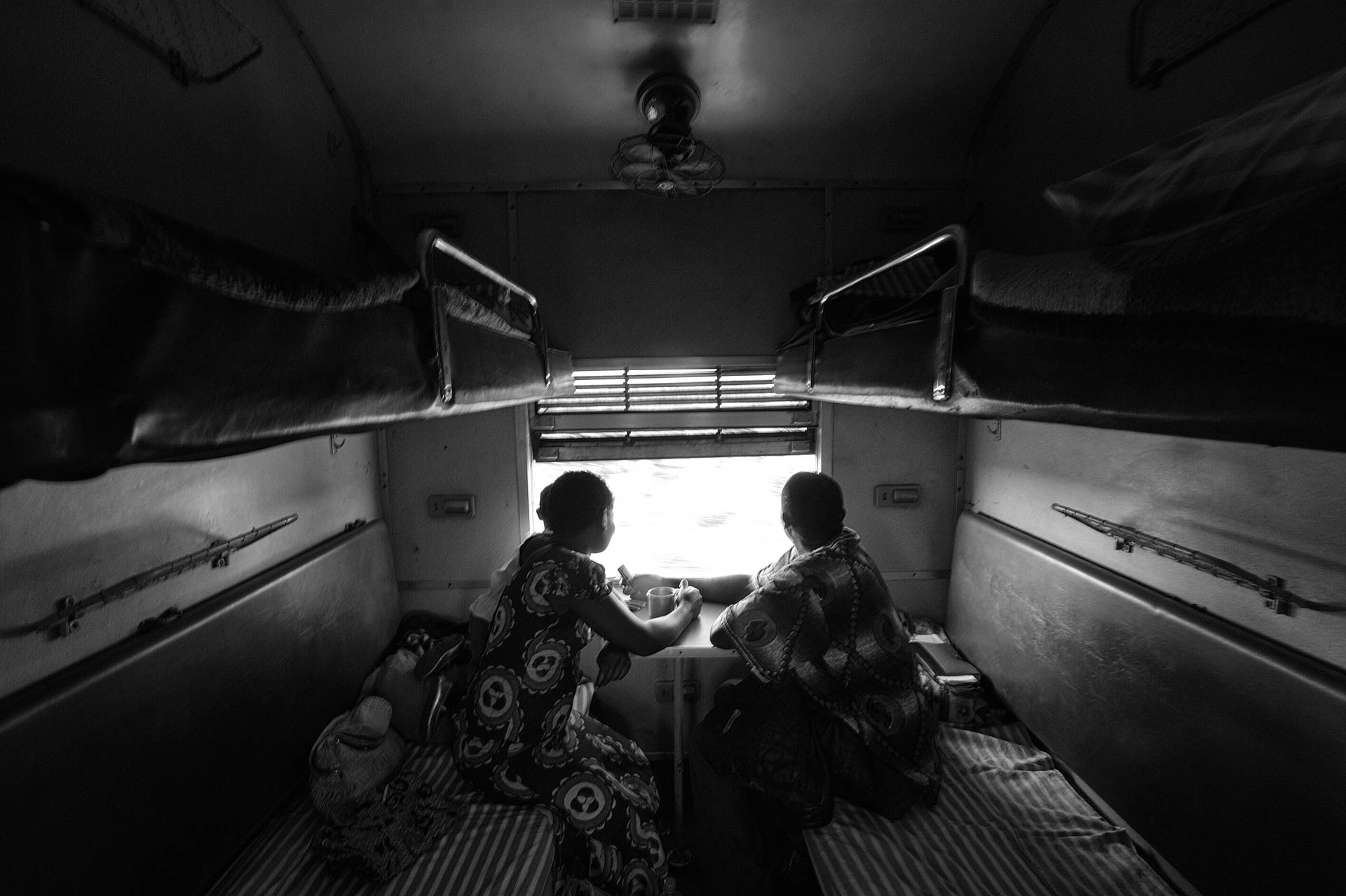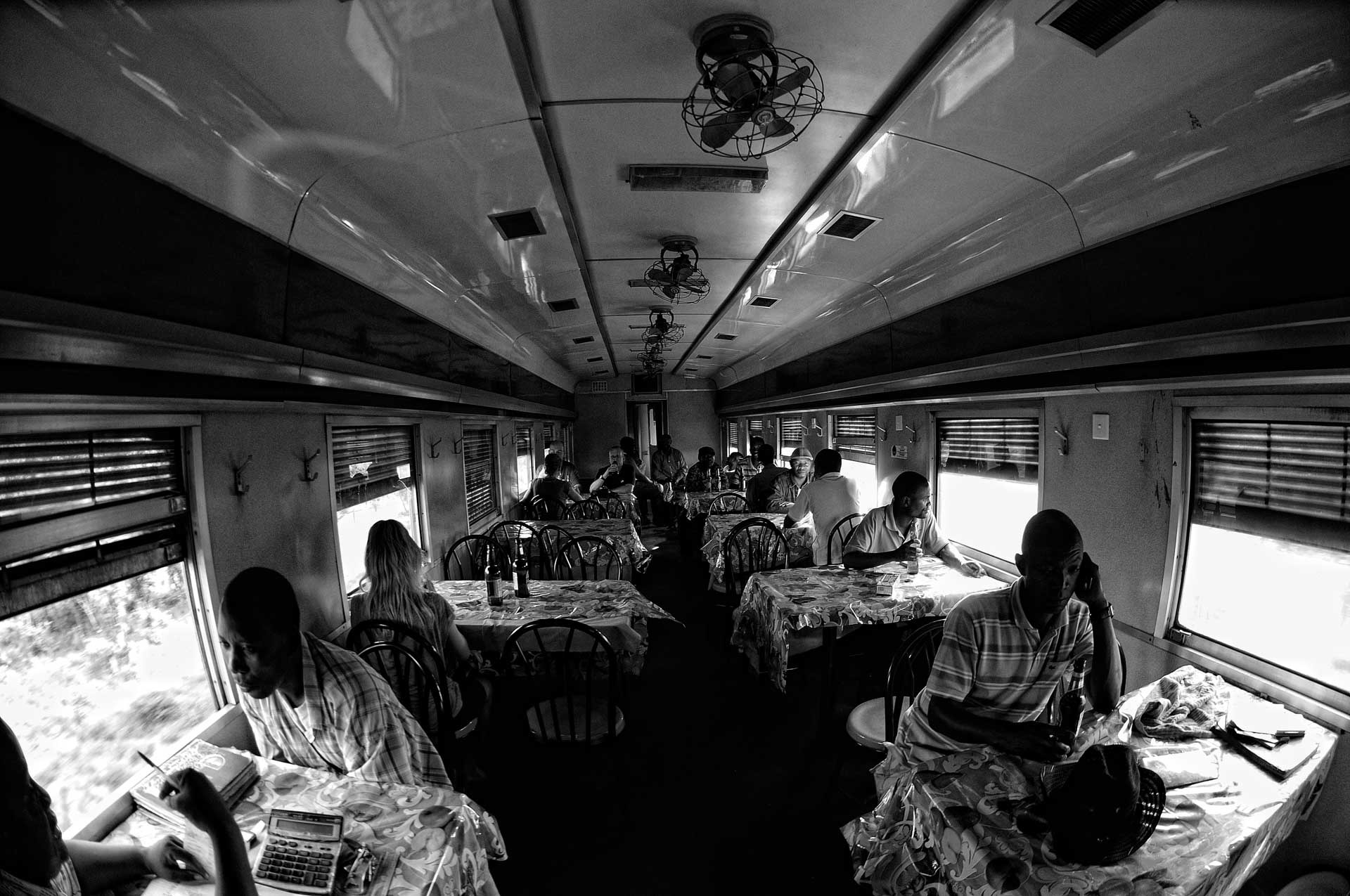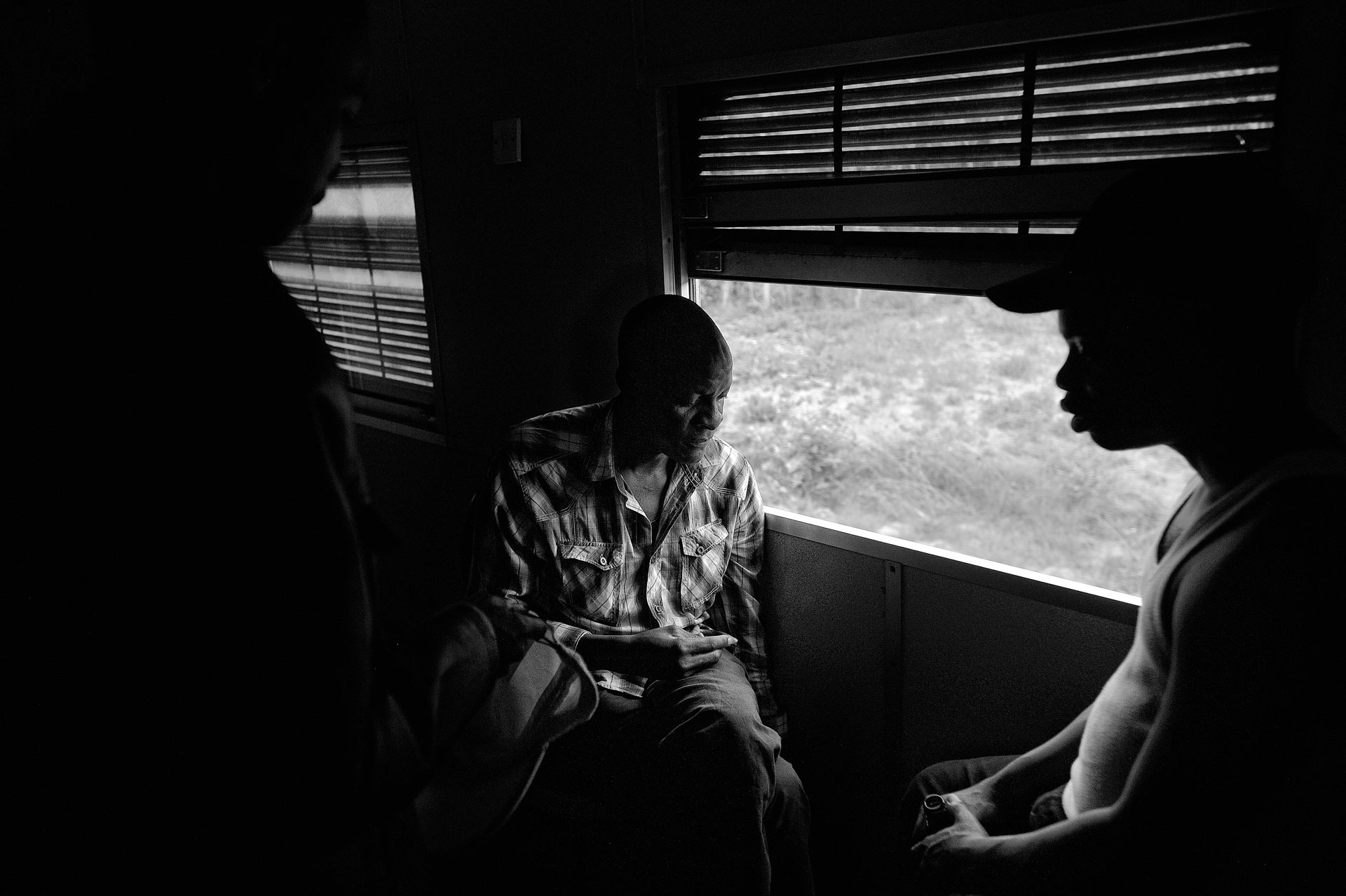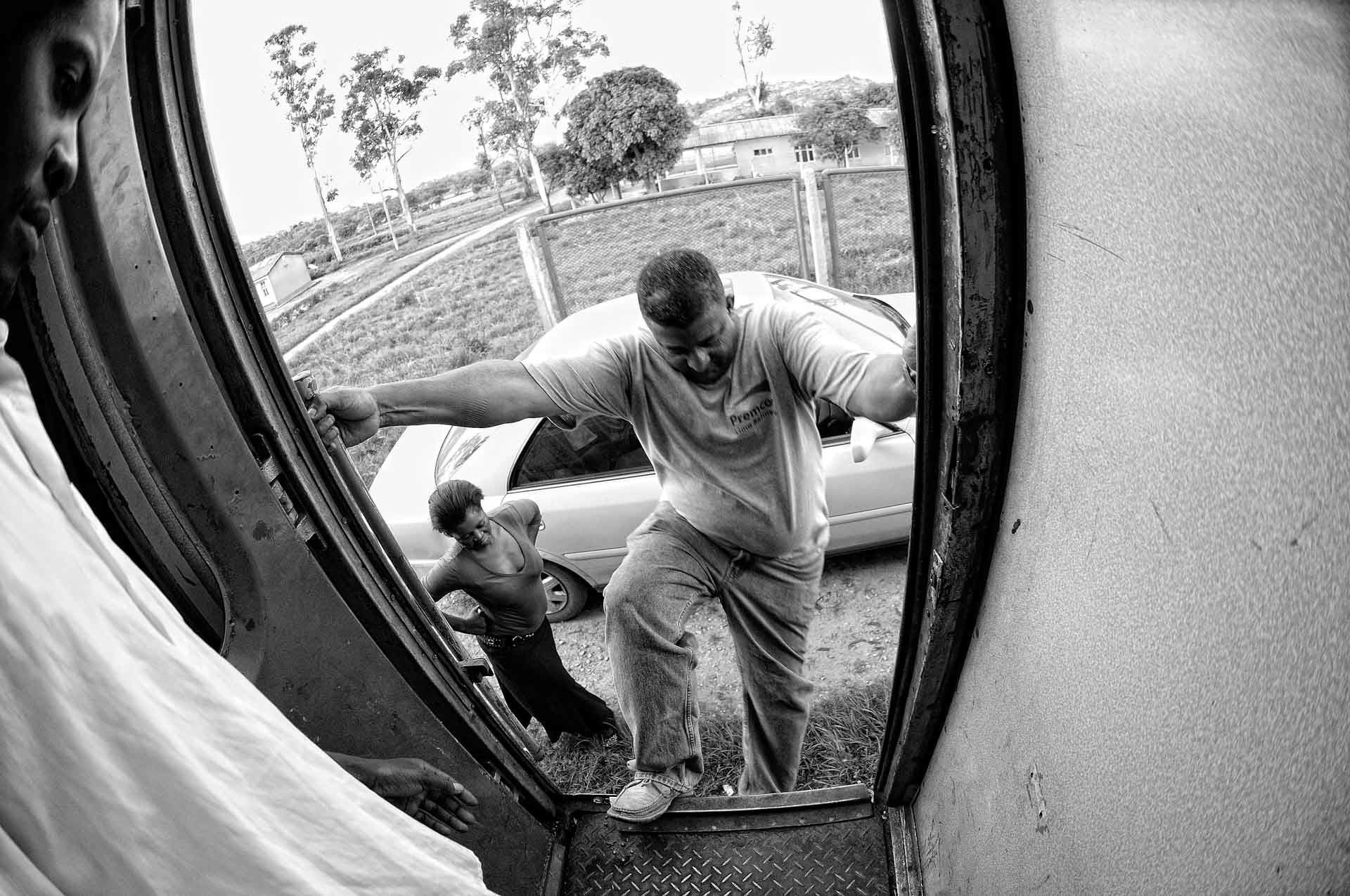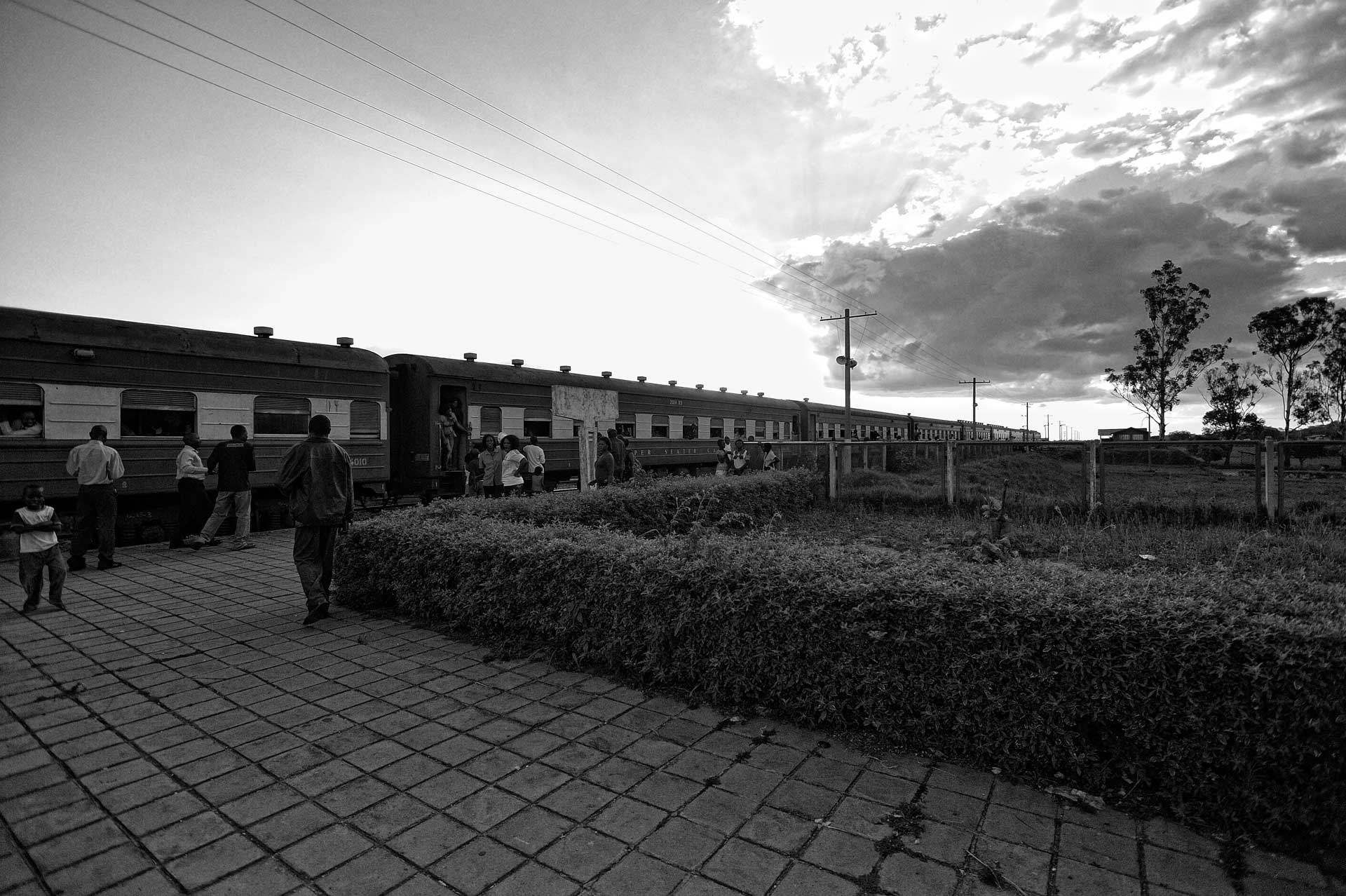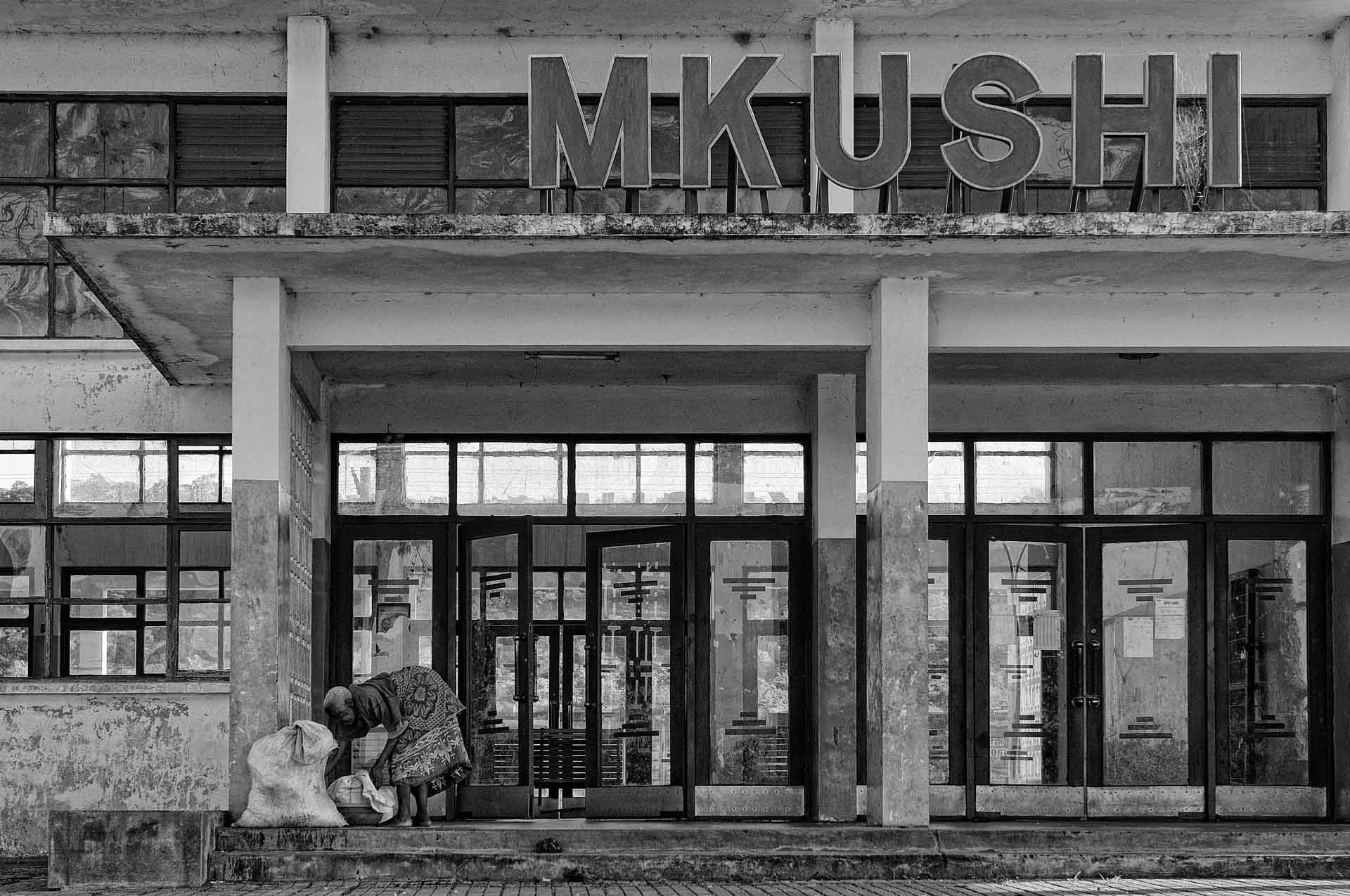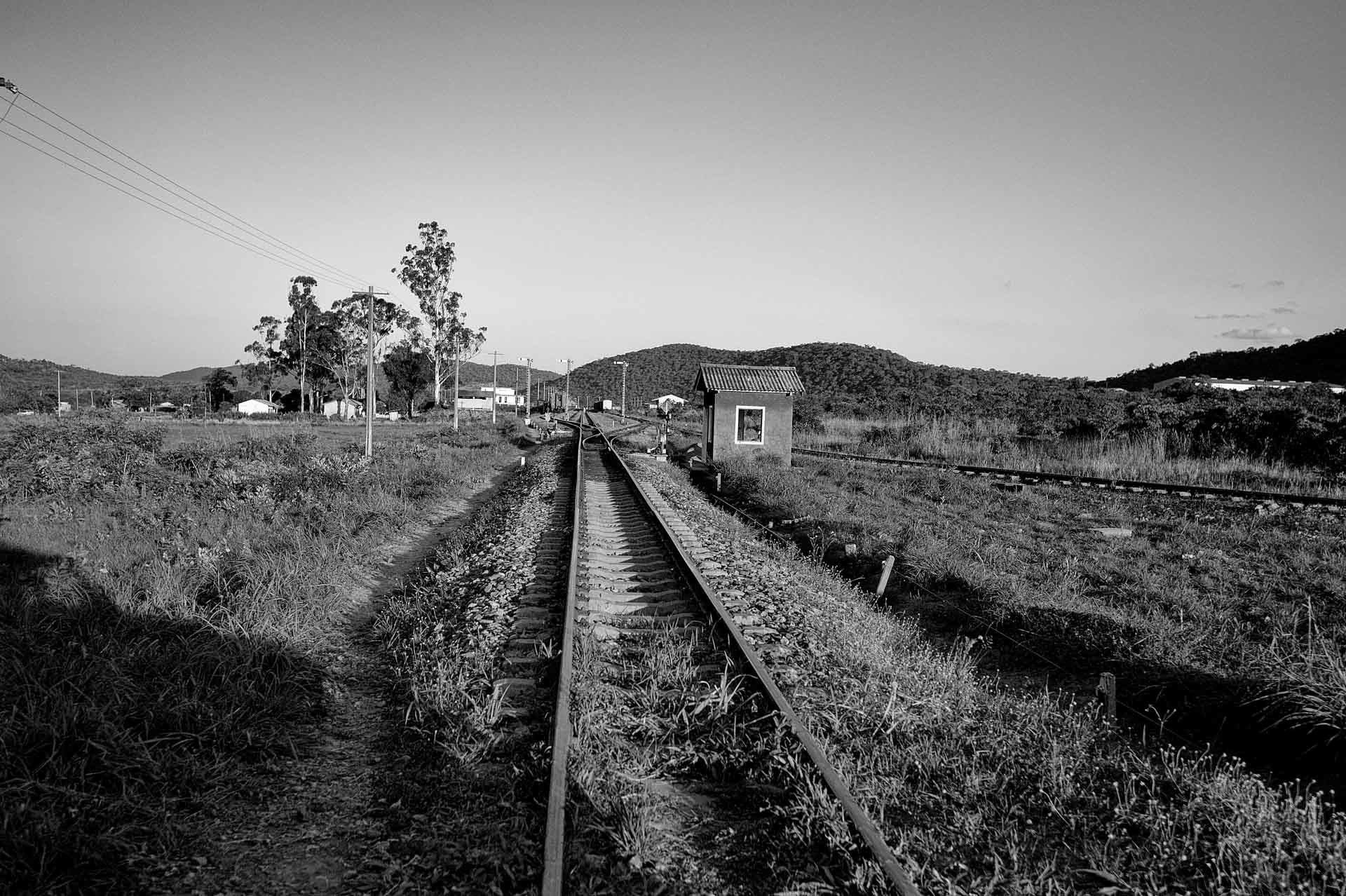The TAZARA railway, also called the Uhuru railway or Tanzam railway, is a railway in East Africa that connects the port of Dar es Salaam in eastern Tanzania with the city of Kapiri Mposhi in the central province of Zambia and vice versa. The single-track railway is 1,860 km long and is operated by the Tanzania-Zambia Railway Authority (TAZARA).
The governments of Tanzania, Zambia and China built the railroad to eliminate landlocked Zambia's economic dependence on then-Rhodesia and South Africa, both of which are ruled by white minority governments. The railroad provided the only route for wholesale trade from the Zambian Copperbelt to reach the sea without having to transit through white-ruled territories.
The spirit of Pan-African socialism between the leaders of Tanzania and Zambia and the symbolism of China's support for newly independent African countries gave rise to the designation of TAZARA as the "Great Uhuru Railway", Uhuru is the Swahili word for Freedom. The project was carried out from 1970 to 1975 as a turnkey project financed and supported by China. At its completion, the TAZARA was the longest railway in sub-Saharan Africa. TAZARA was also China's largest foreign aid project at the time, with a construction cost of $ 406 million (the equivalent of $ 2.67 billion today).
TAZARA faced operational difficulties from the start and has been kept up and running thanks to ongoing assistance from China, several European countries and the United States. Freight traffic peaked at 1.2 million tonnes in 1986 but began to decline in the 1990s as the end of apartheid in South Africa and the independence of Namibia opened alternative transport routes for copper of Zambia. Road transport provided competition in the form of the Trans-Caprivi Highway and the Walvis Bay Corridor to Namibia.
The privatization of Zambian copper mines forced the Zambian railways to compete for the previously guaranteed government cargo. Traffic on the Zambian Railways fell from 6 million tons in 1975 to 690,000 tons in 2009. TAZARA experienced an even greater decline in traffic. In the early 2000s, the end of the civil wars in Angola and Mozambique opened further rail outlets for Zambian copper.
In 2008, the condition of the railway was described as "on the verge of collapse due to the financial crisis" and the conditions of the dangerous tracks were discovered by Chinese technicians inspecting the line. The company's cash flow difficulties have led to delays in paying salaries, resulting in frequent strikes by the workforce. In 2012, TAZARA only had 10 operational mainline locomotives. In September 2013, TAZARA had monthly revenues of $ 1.53 million versus $ 2.5 million in monthly expenses. In recent years, from 2016 to the present day, the Chinese government together with the Zambian government have invested millions of dollars for a renaissance of the railway in its commercial part. New locomotives and wagons have replaced dilapidated ones and modernization works have affected many sections of the railway line.
(Wikipedia source)
The governments of Tanzania, Zambia and China built the railroad to eliminate landlocked Zambia's economic dependence on then-Rhodesia and South Africa, both of which are ruled by white minority governments. The railroad provided the only route for wholesale trade from the Zambian Copperbelt to reach the sea without having to transit through white-ruled territories.
The spirit of Pan-African socialism between the leaders of Tanzania and Zambia and the symbolism of China's support for newly independent African countries gave rise to the designation of TAZARA as the "Great Uhuru Railway", Uhuru is the Swahili word for Freedom. The project was carried out from 1970 to 1975 as a turnkey project financed and supported by China. At its completion, the TAZARA was the longest railway in sub-Saharan Africa. TAZARA was also China's largest foreign aid project at the time, with a construction cost of $ 406 million (the equivalent of $ 2.67 billion today).
TAZARA faced operational difficulties from the start and has been kept up and running thanks to ongoing assistance from China, several European countries and the United States. Freight traffic peaked at 1.2 million tonnes in 1986 but began to decline in the 1990s as the end of apartheid in South Africa and the independence of Namibia opened alternative transport routes for copper of Zambia. Road transport provided competition in the form of the Trans-Caprivi Highway and the Walvis Bay Corridor to Namibia.
The privatization of Zambian copper mines forced the Zambian railways to compete for the previously guaranteed government cargo. Traffic on the Zambian Railways fell from 6 million tons in 1975 to 690,000 tons in 2009. TAZARA experienced an even greater decline in traffic. In the early 2000s, the end of the civil wars in Angola and Mozambique opened further rail outlets for Zambian copper.
In 2008, the condition of the railway was described as "on the verge of collapse due to the financial crisis" and the conditions of the dangerous tracks were discovered by Chinese technicians inspecting the line. The company's cash flow difficulties have led to delays in paying salaries, resulting in frequent strikes by the workforce. In 2012, TAZARA only had 10 operational mainline locomotives. In September 2013, TAZARA had monthly revenues of $ 1.53 million versus $ 2.5 million in monthly expenses. In recent years, from 2016 to the present day, the Chinese government together with the Zambian government have invested millions of dollars for a renaissance of the railway in its commercial part. New locomotives and wagons have replaced dilapidated ones and modernization works have affected many sections of the railway line.
(Wikipedia source)
